The Breakdown
Pros
Cons
Last updated May 4, 2020
Foreword
It seems spring is here, although most of us are hunkered down somewhere coping with the COVID-19 Pandemic. And while many of us are probably not getting in a whole lot of riding…there are exceptions and overall, where allowed, getting out for a ride is still a good thing.
And if you can’t go riding or work on your machines, you can spend constructive time online…looking for new stuff to read, such as this updated review of the Shoei J-Cruise II & Sena SRL2 Modular BT System that was first published 3 March 2020; enjoy.
Introduction
Rick reviewed the original Shoei J-Cruise helmet in May 2013…and now we have the new for 2020 J-Cruise II offering, a helmet that has gone through some significant changes from the original version. The J-Cruise II remains a compact, aerodynamic offering but features even more innovative design and technology enhancements.
Virtually all the helmets personally owned or provided for testing and review over the recent decades have been full-face or modular flip-style although two open or three-quarter style helmets – the original Arai SZ-R (now the SZ-R VAS or RAM-X) and a Bell MAG-9 found a home on the helmet shelf some years ago.
Returning to the present, it is a fact that even more of the (many) open face helmets on the market today have lots in common regarding design, build, features and quality with full-face helmets – not a bad thing when you think of it…
Rick stated in the original J-Cruise review that, “it’s basically a full-face helmet in an open-face shell…you give up the protection of a chin bar but there really aren’t any other compromises to be made.” That statement, almost seven years old, seems even more applicable regarding new generation open face helmets.
After my spouse picked up a Medium LS2 VERSO Mobile, the subject of a wBW review, I decided to keep refining the open face shopping list and by late fall two more Intermediate to Long Oval head-shaped helmets in size Large were added to the short list.
With Shoei announcing their 2020 products including the new J-Cruise II, one of the helmets on my short list, the bid was made to get one in White, Large. Once arranged, some sidebar coordination with the Sena rep resulted in the (new) Sena SRL2 for Shoei helmets being provided…and sometime later the white flaky stuff started falling and piling up!
Shopping Now? We Recommend:
webBikeWorld works closely with Revzilla and Amazon to provide our testers with quality products to review. While we have an affiliate relationship and receive a commission from items purchased, this addition comes at no additional cost to you. It is the primary way we pay for our site and reviewers.
Shoei J-Cruise II Overview
In going back to an earlier paragraph, the Shoe J-Cruise II is indeed designed and built to a very high standard. It features a composite fiberglass shell, multi-part multi-density EPS liner, integrated smoothly functioning sun visor, and comfortable conforming supportive head insert and cheek pads.
Feature Summary (Compilation):
- Three quarter or Jet-style helmet with fiberglass composite shell
- Aerodynamic Enhancements – new spoiler and sleeker air intakes, Shoe claims a (significant) 43 percent decrease in side-to-side movement at higher speeds, a seven percent decrease in ‘lift’, and a slight reduction in overall drag
- Quieter – largely due to improved aerodynamics; less turbulence/drag = reduced noise while the updated interior liner keeps sound away from the user’s ears
- Better Ventilation – air intake is increased by 30 percent while the wide narrow rear exhaust vent moves 20 percent more air out of the helmet
- Main Face Shield – anti-scratch CJ-2 better seal against the shell, works to reduce intrusive wind noise (see quieter), new ‘slightly up’ or first position for better ventilation and defogging at low speeds and, Pinlock Evo compatibility (lens included)
- Internal Sun Shield – redesigned with new features, QSV-2 sun shield is 5mm or 0.2in longer than original QSV-1, deployment/retraction slider has distinctive easy to feel raised location housing, is larger and closer to the left side of the main shield, distortion-free, removes 99 percent of UV rays and, the visor can be ‘locked’ down
- Closure – new, stainless steel micro ratchet-closure chinstrap, allowing easy use of the chinstrap with gloves on (can be easier than double D-Ring design), a single D-Ring is retained for dismounted security
- Customizable – cheek pads designed to allow best fit/personalization (see Interior Section), with various sized/tailorable headliner pieces available and removable for cleaning
- BT Communications – both the Sena SRL and SRL2 modular kits fit and are specifically designed to work with the helmet providing all the well-known standard Sena features
- Colorways – five solid colors available – Black, White, Matte Black, Anthracite Metallic and Matte Blue Metallic, pricing is the same for all colors.
Helmet Box Contents:
The industry standard Shoei helmet box contained the J-Cruise II Large in White, housed in the standard SHOEI helmet bag, a plastic Service Tool, small bottle of silicone oil, two manuals – How to Use Your Helmet Properly and J-Cruise II User Manual (both multi-language) and two SHOEI decals.
Colorways
Consumers have five (solid) color choices for the Shoei J-Cruise II helmet:
- Anthracite Metallic, Matte Blue Metallic, Matte Black, Black, and White.
Exterior – Design, Build, & Finish
Shell
The Advanced Integrated Matrix (AIM) shell is formed of multiple high-quality composites and organized fiber layers; the combination provides excellent outer shell shock resistance with optimum rigidity. A characteristic or advantage of this composite form is reduced weight.
Four outer shell sizes are used – XS-SM, MD, LG, and XL-2XL, for perfect helmet range fitment and overall, a more compact piece.
An updated face shield (visor) mechanism (QRSA), along with a change of the window beading provides a better fit and better seal. The internal sun visor mechanism is improved and accommodated without sacrificing the thickness of the multi-part multi-density EPS inner shell with space provided by raising the forehead area of the outer shell a needed amount.
With continued use, I have gained even more appreciation for the updated face shield with its excellent coverage, the great eye port seal and a simple to use face shield mechanism, along with the smooth-running sun visor; everything works.
Paint & Finish
Finish of the outer shell itself is outstanding with the gloss White and thick clear coat providing a great first impression. Only one very small bluish blemish is seen on the right side; otherwise it’s perfect. Despite a few bumps over the review period, the gloss White is still looking as good as it did some months ago – it is one durable finish.
Not so perfect is the alignment of the back Shoei J-Cruise II decal and the DOT stickers is crooked – QC missed these. Relative to how great everything else is, this isn’t.
Helmet Shape
For the North American market, Shoei uses an intermediate oval shape that fits a large percentage of the population and in trying on other Shoei models that also use this shape, I was confident that the J-Cruise II would be a good fit and, it is.
Investing in the best helmet possible is just one of those things that need doing. And we are so well served regarding consumer demographics that it is pretty safe to say that no matter what your ‘best fit’ is, there is or should be something on the market to fit, in any style and virtually any price range as well (see my first comment above).
Summary: Excellent. Less one little blemish, everything else regarding design, build, and overall finish is great and the longer the helmet is used, the more I come to appreciate how it all looks and works.
Modularity
It isn’t unusual to see molded plastic or silicone trim parts on helmets, although most are not meant to be removed unless a limited replacement of minor parts is needed (where helmet shell or integrity is not involved).
The J-Cruise II has some of these pieces, three to be exact – the left and right lower covers and a back center plate. These three become the ‘removed’ pieces to make room for the Sena SRL2 BT components.
Initial Rating – Excellent. Updated information, assessment, and overall rating data will be provided in the follow-up.
Interior
The center pad or headlining is a lightweight and comfortable 3D Max-Dry antibacterial and moisture-wicking material. The piece is easily removed for washing or replacement.
Removing the headliner for regular cleaning is indeed simple and one that doesn’t seem to add stress to any of the pieces. Regular inspection, cleaning and replacing of components is critical in maintaining the functionality of the helmet and the $$ investment.
For those who may have specific head fitment issues, Shoei offers an experimental service – the Personal Fitting System (PFS), by appointment only at their California HQ. The objective of this service is to not address helmet size, but rather to enable fine-tuning regarding overall helmet fitment.
This article produced by Motorcycle.com sheds more light on the PFS.
Removable ear pad pieces formed of a shaped brushed material section with foam rounds attached (shell side) for the speaker recesses are installed forming part of the overall noise reduction strategy, particularly for around the ears. If speakers are to be installed the earpad pieces are simply removed.
Some documentation for the helmet identifies that these covers can still be used even after speakers are installed. But I see two issues here: (a) the speaker foam rounds themselves would severely restrict audio in covering the speakers and, (b) clearance for the ears could be an issue.
In acknowledging that some users may indeed want to retain the light brushed material covering between the speakers and their ears, the fact is that the foam rounds are plastic-backed and glued/stitched to the softer brushed material section – not exactly reusable.
A more user-friendly solution might be to use separate foam rounds for the EPS recesses, removed when speakers are not installed and make the larger earpad cover material sections reusable or add this layer as a drop-down on the headliner or foldable section on the cheek pad cover.
Clearance between the SRL2 speakers and the ears is just about right for great audio with some airflow clearance. As such, the provided spacers were not needed, and I have not added any thin liner material over the speakers as discussed above.
And speaking of cheek pads, they are well-shaped, well-padded, supportive and comfortable. They are also easily removed for access (like installing a BT system), cleaning or replacement.
Again, some posted media references the fact that the thickness of the provided pieces can be customized through delayering… hard to believe as these cheek pads are covered and stitched…
But complete cheek pads are available in different thicknesses so that users can get the absolute best fit.
Longer-term use of the helmet is resulting in an even better fitting more comfortable interior with the conforming headliner doing an excellent job of coping with my head shape that, as identified in the Sena Momentum EVO review, sits between an intermediate and long oval…
Summary: Excellent. Well laid out and fitted between all the pieces – everything sits in place providing a welcoming encompassing fit and feel for the head. Housing of and placement for the Sena SRL2 speakers is about as perfect as one could want, at least for my listening posts.
Helmet Weight
The original Shoei J-Cruise in Large weighed in at 1610gr or 56.8oz (3.5lbs) about the same as many full-face helmets of the time. In seeing posted media weights between 1250 to 1350gr for the J-Cruise II it seemed the new model carried less weight than the original.
However, the Shoei J-Cruise II helmet provided for this review, on the Pelouze scales, came in at 1600gr or 56.4oz (3.5lbs), virtually the same as the original model. Another observation is that there is no sticker outside or inside with a weight listing – information provided with many new helmets today, including those carrying ECE certification information.
With the Sena SRL2 BT kit installed an increase of 96gr or 3.3oz is noted resulting in a final weight of 1696gr or 59.8oz (3.7lbs). Comparatively, the new Shoei J-Cruise II is on par with the original, but seemingly (subject to further open face data analysis) still a bit on the hefty side.
Time and use hasn’t resulted in the J-Cruise II losing weight…but it has validated the assessment that the helmet is well-balanced on the head and, that it doesn’t become a burden on the head, neck and shoulders after hours of riding.
Summary: Excellent. You might ask how a helmet that is indeed ‘heavy’ in relation to many other three-quarter style helmets gets this rating; simple – because it carries its weight so well and has not yet become a burden that must be borne.
Fit & Comfort
With a 59-60cm (Large) intermediate to long oval-shaped head, Arai has been my helmet and fit of choice for decades; and in trying on earlier rounder profile Shoei helmets I just couldn’t (literally) get my head wrapped comfortably inside them.
So, I was pleasantly surprised that in first trying on the J-Cruise II with its intermediate oval shape and then wearing it for a couple of days around the house and garage, and after the first short early winter ride, the initial impressions were all positive.
In having gone through a great many helmets over the years, some skepticism over the good vibes regarding initial Shoei J-Cruise II use remained; that was then, this is now, and the early skepticism is gone.
Fit of any helmet, no matter what it is used for is critical – proper fit provides optimal protection (as designed) with a balanced helmet distributing weight more evenly around the head, neck, and shoulders – another factor needing consideration.
The only observation so far is that the lower front shaping of the shell and liner is an appreciated encompassing feature but one that also tends to make putting the helmet on and taking it off a bit more difficult than experienced with the other short-listed helmets.
Summary: Outstanding. Given heads and personalities, this is truly as subjective as objective, but I now know that full and appreciated use of a Shoei helmet is possible for this motorcyclist. Which just makes me want to try more of them…
Ventilation & Noise Levels
Ventilation
The front intake consists of three vertical intakes (vice two on the original J-Cruise helmet) and Shoei claims overall air intake is up by 30 percent – a big increase. A unique feature allows each intake segment to be adjusted separately; Open = back; Halfway = mid; and, Closed = forward.
Opening any or all, of the three front top intakes can increase noise levels depending on cockpit and ambient environments, so the ability to adjust each frontal intake is a great feature, something always appreciated with my Arai helmets.
Vouching for the functionality and versatility of the three top intake pieces is easy; the approach works in spades to manage airflow, left, centre and right or all together. It is indeed over-engineered, but it works when facing cold, cool or warm temperatures – ‘hot’ isn’t on the radar screen, yet.
Internally, the J-Cruise II has four distinctive EPS inner shell air channels that provide maximum movement of air into, around and through the helmet for continuous air movement that can, of course, be modulated thanks to the three separately adjustable front intakes.
Shoei states that exhaust efficiency is also improved by 20 percent which is bound to make things better overall and the single-wide low-profile exhaust looks more than up to the job of handling the increased outflow – further use in warmer temperatures should tell the tale.
Air flow into, through and out the J-Cruise II helmet is very good related to the top intakes and rear exhaust for over and around the head air flow. And with three quarter helmets open when it comes to the lower area, coverage provided by the face shield and helmet aerodynamics is critical in considering protection, ventilation and noise.
Noise Levels
In not having used the original J-Cruise helmet my initial impression is that the J-Cruise II is a quiet helmet. Airflow and air pressure can be felt and heard against the face shield but much of it is positively redirected to the sides and bottom; wind tunnel testing pays dividends…
Some air does flow in under the bottom of the face shield, but it adds very little to the overall noise environment and does not put a chill on things. During these initial rides on the BMW F850GSA with its smallish windscreen (low position) ambient air temperature was 2C or 35F (wind chill not calculated).
A lot of air has flowed on to, around, over, and under the helmet since these initial statements were made. Overall, the J-Cruise II is indeed a quiet helmet, relative to its style and openness of course; design, build, and air management are obviously important aspects with Shoei.
Moving off with the face shield up or partially up is the (expected) noisy-with-rushing-air experience, but with the face shield down, there is minimal air pressure and lots of frontal protection even though the bottom of the helmet is still open to all intents.
Relative here is that the deep wide curved aerodynamic face shield functions like an insulating window when closed. Airflow is deflected while pressure is minimized, and noise levels drop significantly; and, virtually nothing in the way of roiled or disturbing air is felt along the bottom edges; its good, very good.
I have full face and modular helmets that are noisier on the outside and especially on the inside compared to the J-Cruise II, at least when used on the F850GSA Rallye (small short shield) and F850GSA Exclusive (larger wider shield). And one short ride on an un-faired motorcycle revealed how aerodynamic and quiet the J-Cruise II is overall.
Summary: Very Good to Excellent. It seems (in not having worn the original J-Cruise) that Shoei has been very diligent in providing excellent aerodynamics to address ventilation (high and low) while creating a truly quiet interior.
Face Shield & Sun Visor
Face Shield
The updated CJ-2 Face Shield System is 10mm longer than the original J-Cruise face shield and provides additional frontal wind and debris coverage. This 10mm increase comes distributed as an additional 5mm at the top and the bottom.
Also new is a slight up or ‘first position’ setting, serving as the initial release détente to provide extra airflow for cooling and defogging, appreciated when traveling at low speeds.
Even before the Pinlock insert (see below) got installed, coverage and functionality of the face shield had been well validated, especially the first position or unlocked setting that really does work for added ventilating/cooling/defogging airflow, at speed or creeping along in cool damp weather where fogging could have been an issue.
In use the heavier edged outward turned edge along the bottom of the face shield works extremely well, providing strength to minimize flex while functioning as an effective spoiler to deflect air pressure sideways, minimize turbulence and, reduce noise levels along the front of the helmet.
The edge seal is changed from a double-lipped shape to an airtight-sealed window style – this change is claimed to offer superior performance and durability and, a watertight seal along the top and sides of the helmet. In the event a better seal is needed, a light application of the provided silicone oil along the window seal beading can help.
Although the unexpected lifting of the face shield due to speed or wind gusts hasn’t been a major issue with other open face helmets worn, the potential issues and consequences are acknowledged; Shoei addresses things with a détente stop for the unlocked or slightly up position and a full shield stopper lock when it’s fully closed.
This left-side shield stopper (latch) features a small indent on the inner side of the shield that engages with a small tab on the lower plastic edge molding of the helmet; it takes a positive push outwards to disengage the lock and push the shield; simple, effective, totally functional.
With the shield stopper lock used for higher speed riding conditions, for most other riding conditions and with some frontal windscreen protection the face shield sits securely in the slightly up or unlocked position détente.
The CJ-2 face shield is Pinlock ready, but is not included in the kit. It is available from the Shoei Store (Pinlock evo, for Shoei CJ-2/CJ-2SP, PN DKS 105) and one was subsequently provided by the Shoei rep; thank you.
With the face shield removed and cleaned on both sides, everything is laid out on a lint-free surface. Using the included instructions as a guide it was a five-minute exercise to check layout, fit the lens, make sure it was fully seated/sealed and then replace the newly enhanced face shield back on the helmet – done.
Functionally, the Pinlock insert keeps the (primary) upper 60 percent of the face shield now completely fog-free, even in damp cool weather or when the wet stuff is falling; the difference in effectiveness is visually evident in being able to easily fog up the lower part of the face shield from the inside…the top Pinlock sealed section stays clear.
Shoei’s highly rated Quick Release Self Adjusting or QRSA mechanism makes easy work of removing or installing the CJ-2 face shield. The manual identifies three ‘hooks’ or engagement tabs that should be visually identified before first attempting to remove or install the shield.
To remove: support the helmet; open the face shield fully; pull the spring-loaded finger-tip-friendly spring-loaded trigger lever down and with a gentle wiggle, disengage the three ‘hooks’ or tabs; and, lift the respective side of the shield away. Repeat for the other side.
To install: support the helmet, lay the shield over the helmet in the fully open position, pull down on the trigger mechanism, align and push the three hooks or tabs into their spots, with the shield engaged, release the lever and check for proper engagement and movement.
Sun Visor
A new Sun Visor (identified as the QSV-2 vice the original QSV-1) adds 5mm of coverage for better overall sun blockage or shade. Many sun visors are too short or too long – this one is just right for my face, providing clearance between the nose/cheeks and the visor; a factor to assess when trying on helmets with internal visors…
The sun visor lever or slider control sits on the left side just behind the face shield mechanism; low profile but easily reached. The slider itself is very positive in its action, taking little effort to lower or raise the sun visor.
It is, when needed, also removable. With the sun visor lowered, lift both small left and right recessed levers between the shell and the inner liner on both sides; once activated a distinct click is heard and the sun visor is locked down, facilitating access for removal/replacement.
Like the face shield, no distortion is noted when using the sun visor and its fog-free coating seems to work well. The sun visor insert piece is tested to DIN EN 1836 standard (link) and meets ANSI Z80.3-2010 standards for non-prescription eyeglasses.
Vision Assessment
The face shield with Pinlock and the sun visor work extremely well under all weather conditions – great coverage, solid feel, easy to adjust, and no flexing whatsoever. Aerodynamics of the face shield keeps a lot of oncoming moisture cleared and angling left or right also works with some airflow.
The sun visor covers the top 40 percent (approximated) of the face shield for encompassing glare mitigation, all without intruding on the nose or cheeks – great clearance; the left side slider control is easy to find and easy to use.
Summary: Outstanding. For a three-quarter helmet, the Shoei J-Cruise II has frontal coverage protection that (almost) equals some lesser full-face helmets – cockpit environments considered of course. In cold weather, air flow can indeed be felt along the lower edge of the face shield and bottom of the helmet, but not much – the full coverage aerodynamic face shield and precise fitting neck roll work together very (very) well.
Other Observations
Chin Strap/Fastener – for the new J-Cruise II, Shoei moved from the double D-Ring solution to a unique micro-ratchet type chinstrap that is claimed to be (and is) adjustable even wearing thick gloves. When the ratchet is down or locked it is a very strong and secure fastening. To release the strap, lift the Red buckle lever up and the lock opens.
Helmet Standards – the helmet provided for this review is DOT (FMVSS No. 218) Certified. Globally the helmet has ECE 22.05 certification and other standards required for specific markets.
Face Shield & Sun Visor – both the shield and sun visor are claimed to block 99% of harmful rays. The CJ-2 face shield exceeds Z87.1 / VESC-8. The sun visor is tested to DIN EN 1836 standard and meets ANSI Z80.3-2010 standards for non-prescription eyeglasses.
Sena SRL2 BT System for Shoei Helmets
The Sena SRL2 modular system features: Bluetooth v4.1 (BLE w/EDR), BT intercom range of up to 1.6km 1.0mi, eight-way/group/universal intercom capabilities, audio multitasking, FM radio, music sharing, voice command, advanced noise control, Sena remote control support, smartphone app, firmware upgradeability, and water-resistant build.
Sena SRL2 Package Contents:
- Headset Main Unit
- Wired boom and thin wire microphones for open/flip and full-face helmets
- 2 x Microphone Sponges (Socks)
- 1 x Hook n Loop Fastener for Thin Wire Microphone
- 1 x micro-USB to USB-A Power & Data Cable (117cm or 46in long)
- Pocket Quick Start Guide, one each in English, French, Spanish, Italian and German
- Pocket SRL2 Certification and Safety Precautions References, multi-language
Sena SRL2 Harness Overview
The Sena SRL2 system is a small lightweight well-designed assembly with modular components tied together by left and right harnesses integrated into the BT battery module that fits into the (covered) compartment at the back of the helmet.
The right harness is for the (right) speaker, microphone connection and antenna housing cover while the left harness is for the (left) speaker and three-button control module, cleverly disguised as the left plastic cover. The kit should be simple to install; time to find out.
Shopping Now? We Recommend:
webBikeWorld works closely with Revzilla and Amazon to provide our testers with quality products to review. While we have an affiliate relationship and receive a commission from items purchased, this addition comes at no additional cost to you. It is the primary way we pay for our site and reviewers.
SRL2 Installation Overview
The Sena SRL2 compatibility guide for Shoei helmets can be seen below or accessed by scanning the QR code of the retail product box.
The Quick Start Guide provided gives you sequenced visuals for installing the kit in two helmet types – Flip Up and Full Face, with the downloadable Users Guide providing both text and diagrams for increased detail.
References & Tools Used
The Sena SRL2 Quick Start Guide or full Users Guide (PDF), Shoei J-Cruise II Manual (PDF), the Shoei Service Tool – found tucked inside the J-Cruise II manual (a small flat-edge screwdriver with protective tape over its edge works to protect plastic pieces as well) and, a camera.
Basic SRL2 Installation Steps
1. Remove the left/right lower side black plastic covers – push the center tabs in towards the helmet and use the tool to leverage the cover-up and away (snap-fit, guide-slot pieces)
2. Remove the back center cover – push the tab firmly in towards the helmet and once disengaged, work the cover-up from the front and back (a center insert fits against the helmet shell) and remove the cavity foam
3. Pull the fitted earpads from the speaker recesses
4. Remove the headliner and cheek pads from their snap fasteners and lower edge inserts; mark, note or take pictures of things as needed for reassembly
5. Optional – face shield removal, per the J-Cruise II Manual, done to (a) see how it worked and (b) get it out of the way while working (minimize component stress and scratches)
6. Remove the SRL2 headset from its plastic holder and with the helmet in a work rest, lay the headset out at the back of the helmet – pieces are etched ‘L’ and ‘R’ to facilitate things
7. Align the (arrowhead-shaped) keyed boom microphone connector to its counterpart on the right speaker housing and gently push them together
8. Insert the right speaker and then the microphone into the respective grooves – tabs on the boom align to the grooves for a foolproof (and correct) fitment
9. Align and slide the right plastic piece (the antenna housing) into the corresponding grooves and snap the piece firmly into place
10. Align and slide the left plastic piece (the control module) into the corresponding grooves and snap the piece firmly into place
11. Route and carefully tuck the wiring along with the left and right plastic (insert) clips into place between the external and internal shell layers
12. Install the cheek pad pieces, starting at back, or front and once seated, click the two-per-side snap fasteners into place, check the wiring is not pulled/strained and tucked away
13. Harness wires on each side can be tucked out of sight between the soft silicone lower trim and bottom of helmet
14. Replace the face shield and make sure it is fully seated and functional
15. Admire handiwork, set-up SRL2 BT system (see below) and go riding…
Bottom line here – all the installation steps got completed without issue. Total time required was about 60 minutes.
Initial Configuration & Use of the SRL2 BT System
The Sena SRL2 BT system is based on the standard Sena architecture and firmware. The three-button control module is easy to use (heavy gloves use might be more difficult) and functions well detailed in the packaged and downloadable Sena SRL2 User Guide. As such, only some initial steps information is provided here – encouragement to ‘read the manual’…
Battery charging – if not done previously, access the small silicone cover on the back module, connect the micro-USB cable to an applicable charging point and wait for the Red (charging) of the small LED to go Blue (charged).
Turning system On or Off – press the front (+) and middle controls simultaneously, “Preparing Headset” and the ascending tone sequence, then “Hello”. Repeat the button sequence to turn the headset off – “Goodbye” and the descending tone sequence is heard.
Device pairing – turn the SRL2 on, press the middle button for 12 seconds until high-tone double beeps and “Configuration Menu” is heard. Within two (2) seconds, tap the (+) button until the LED goes Red/Blue, multiple beeps will be heard and “Phone pairing”. Find the SRL2 listing on the device’s BT pairing list and initiate pairing, once paired “Your headset is paired” is heard.
Sena Smartphone App – there are lots of Sena Apps listed for both iOS and Android devices, but the (newer) Sena Utility App (current v2.5) is the listed and recommended general-purpose App to use with multiple settings and functions (shown below).
Summary: Outstanding. The Shoei/Sena collaboration results in what is an outstanding example of near-invisible integration blending style, form and function; other riders typically don’t even notice that a BT headset is installed…until the right-side mounted microphone is spotted.
Conclusion
All the initial positive observations about the new for 2020 Shoei J-Cruise II helmet are now well-validated based on continued use in both warm and cool climes.
Styling, aerodynamics, coverage, and comfort are standouts for this helmet and in use, its often hard to tell that this is a three-quarter helmet not a full face or modular; its coverage and functionality is that good.
Between helmet features and coverage and with a good high collar cool weather riding jacket worn, in many cockpit environments, coverage is almost complete regarding undesired chilling air sneaking in from the bottom unless the face shield is set to its first détente.
Helmet and BT system integration – where the desire for a custom design feature often leads to compromises and less than ideal results, the Shoei/Sena collaboration is a stylish seamless blending of form, fit and function; the whole system, less the low profile and very functional control module buttons is absorbed into the lines of the helmet; mission accomplished.
Bottom Line: First use of the new for 2020 Shoei J-Cruise II was positive and with this update its all still positive; no errors and lots of runs for a high score. I’ve been searching for ‘the’ three-quarter helmet solution for some time – this helmet ends the search. The Shoei J-Cruise II with integrated Sena BT headset is an outstanding helmet and is highly recommended.
Pros
Cons
Specs
Shopping Now? We Recommend:
webBikeWorld works closely with Revzilla and Amazon to provide our testers with quality products to review. While we have an affiliate relationship and receive a commission from items purchased, this addition comes at no additional cost to you. It is the primary way we pay for our site and reviewers.

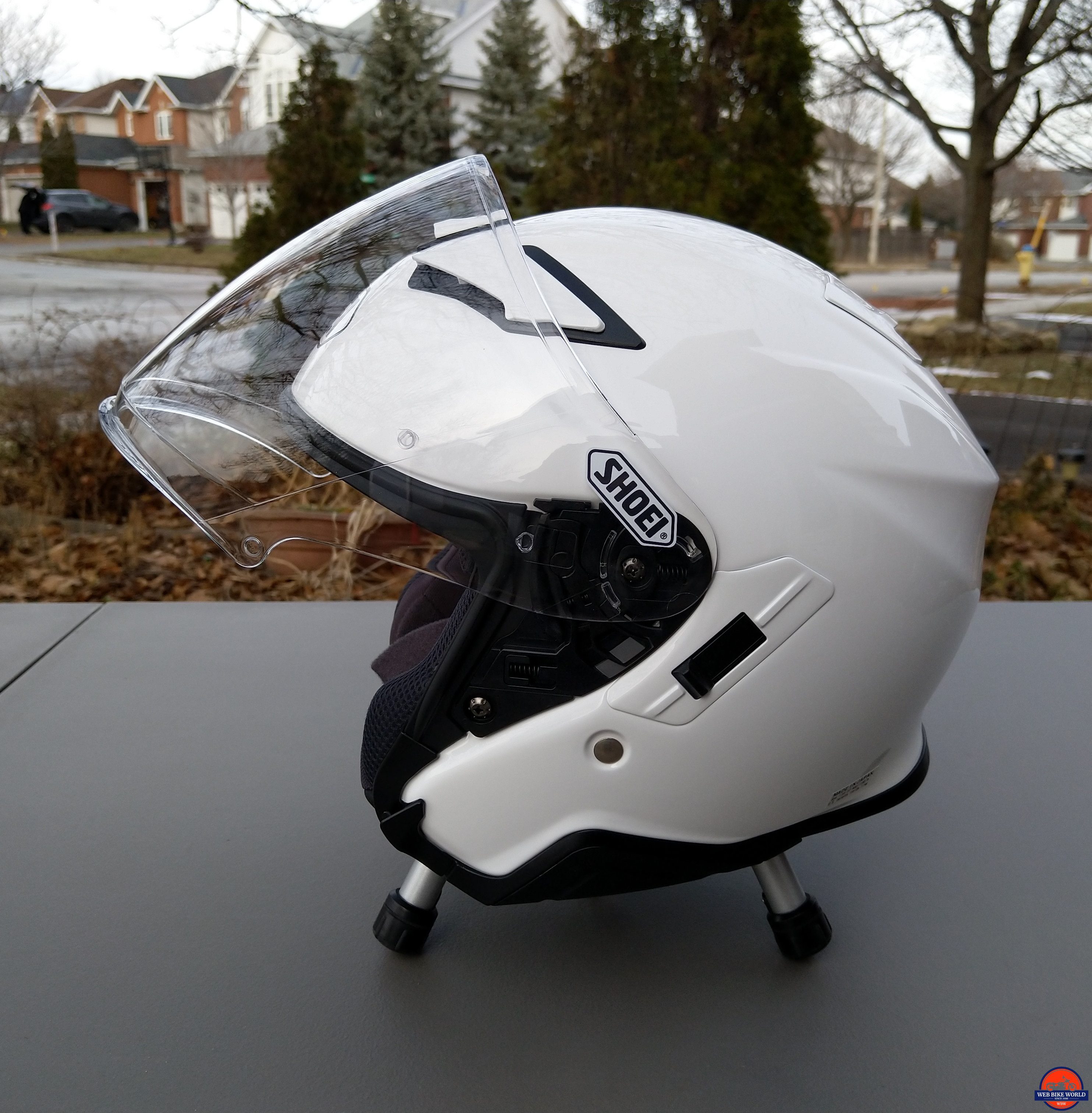
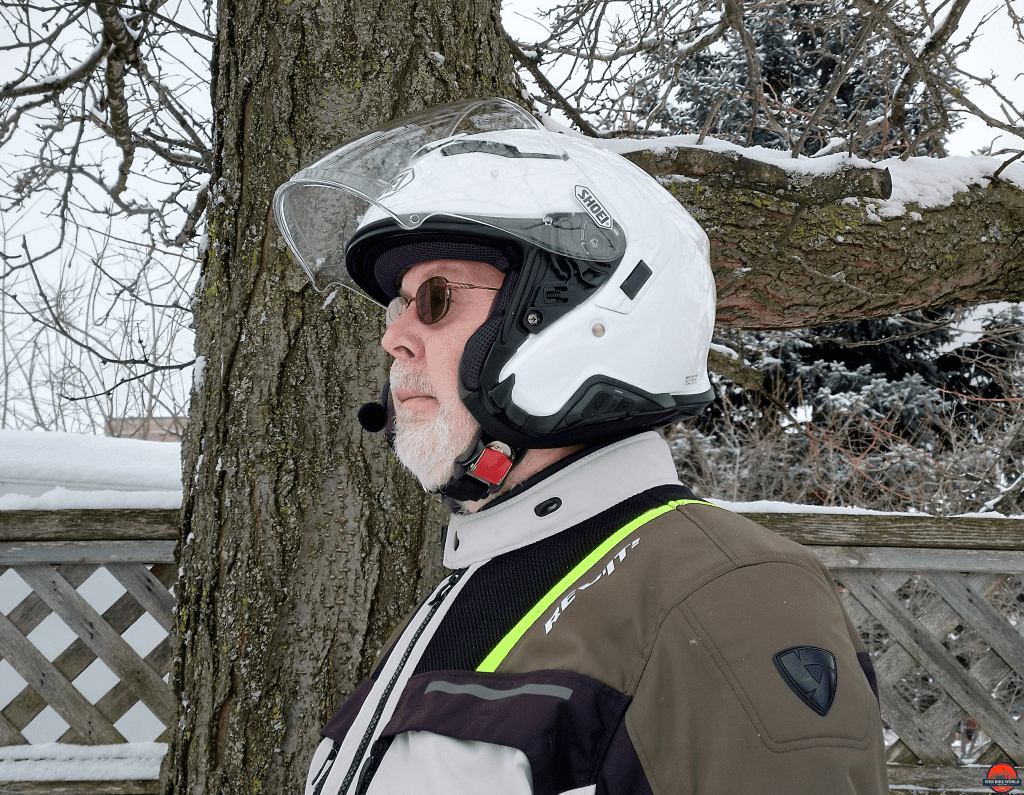


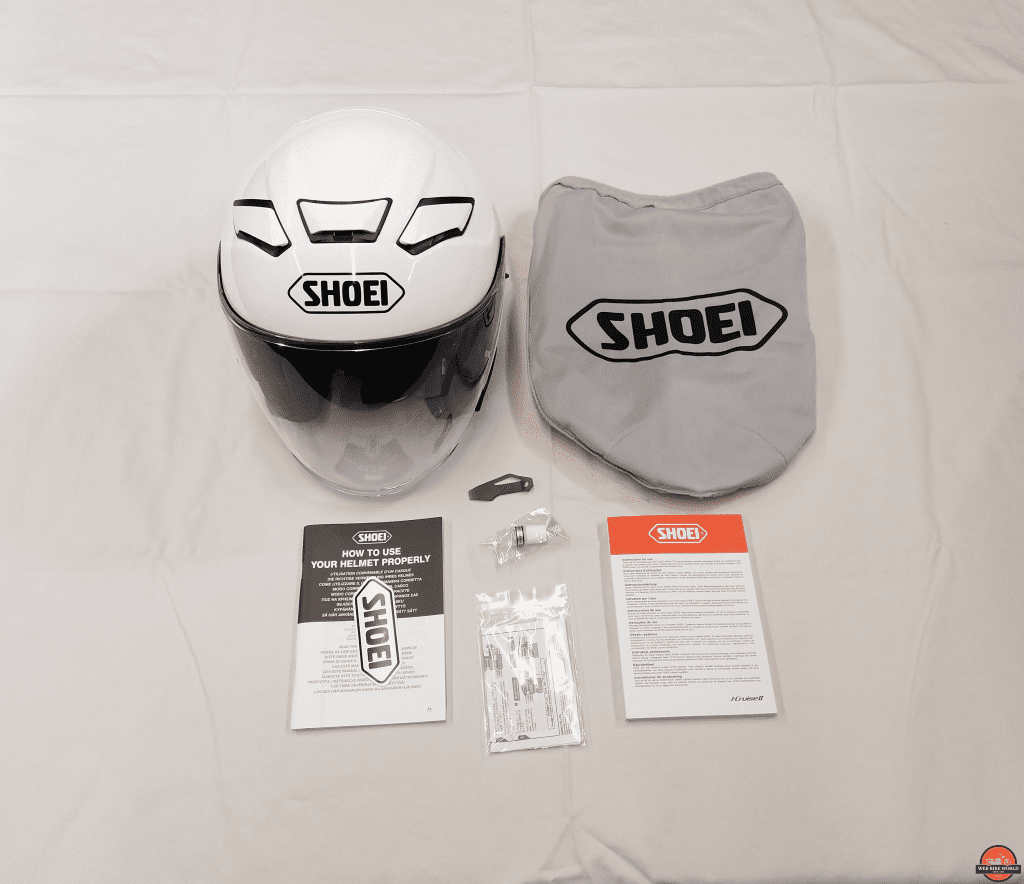

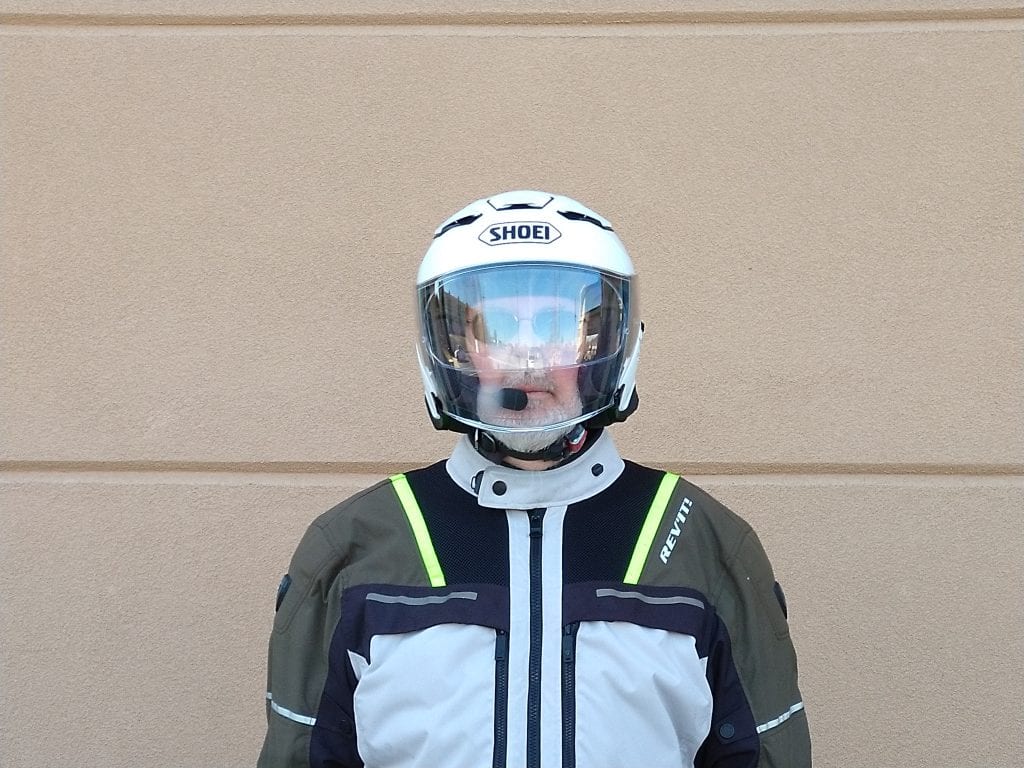
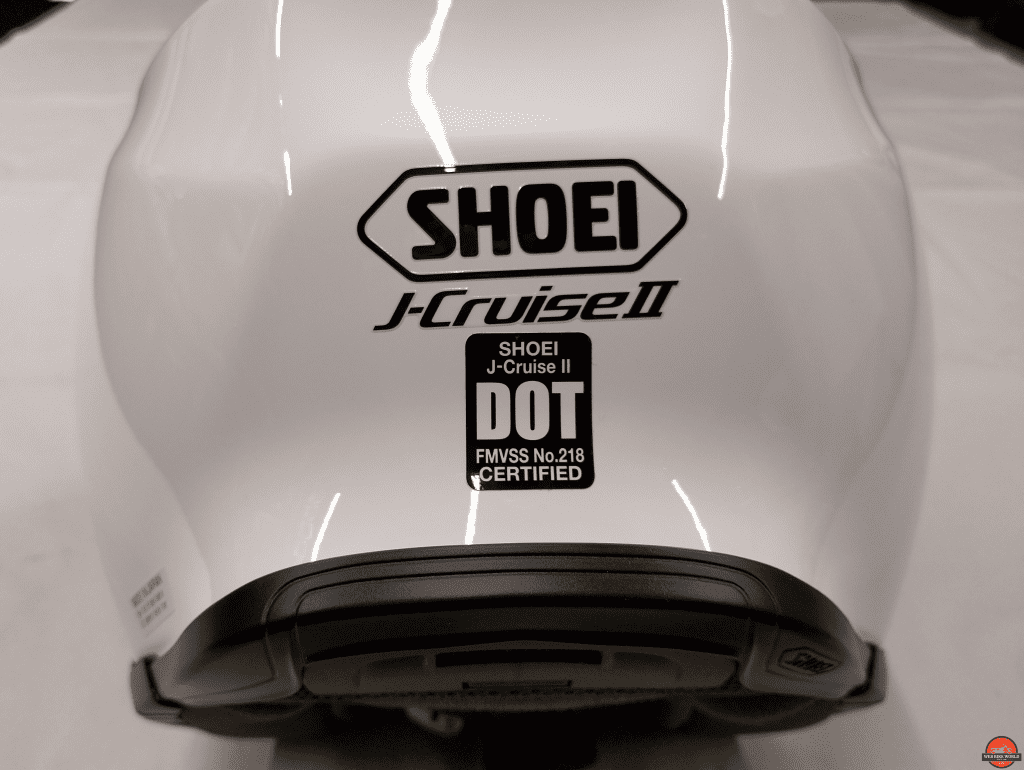
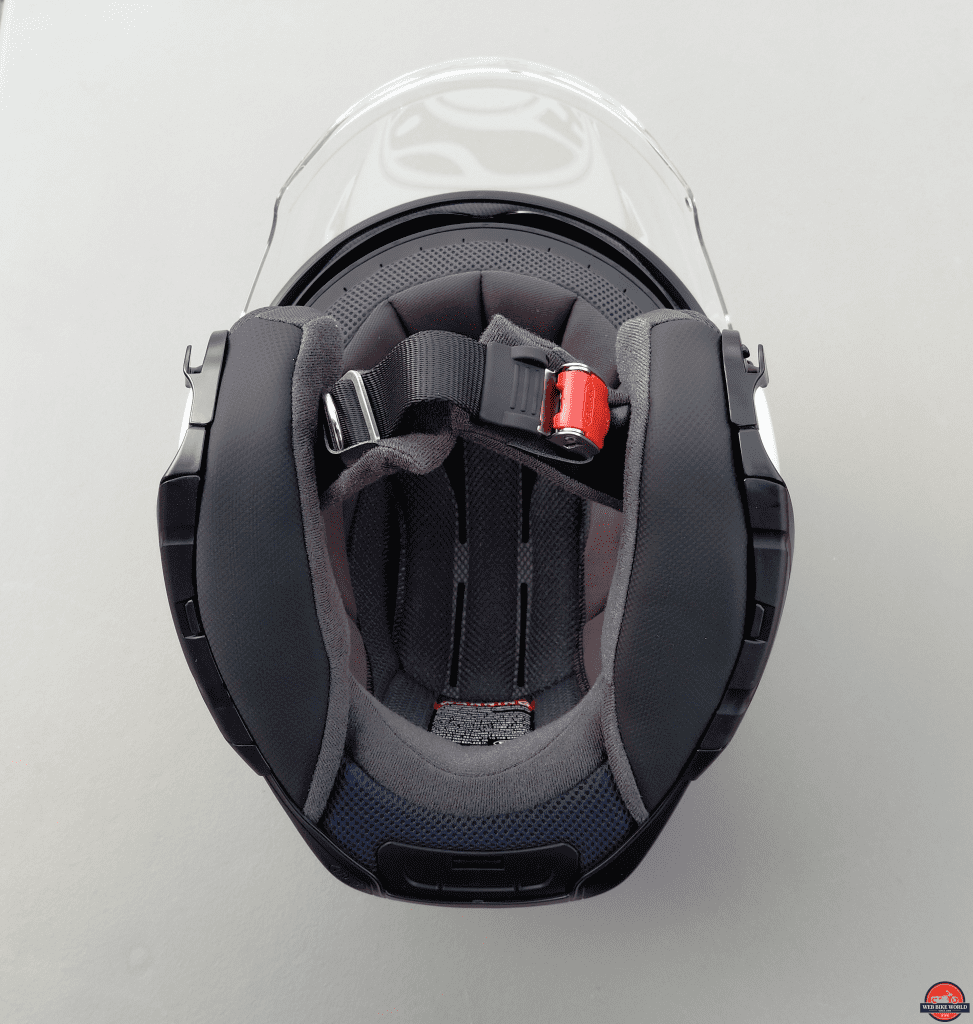
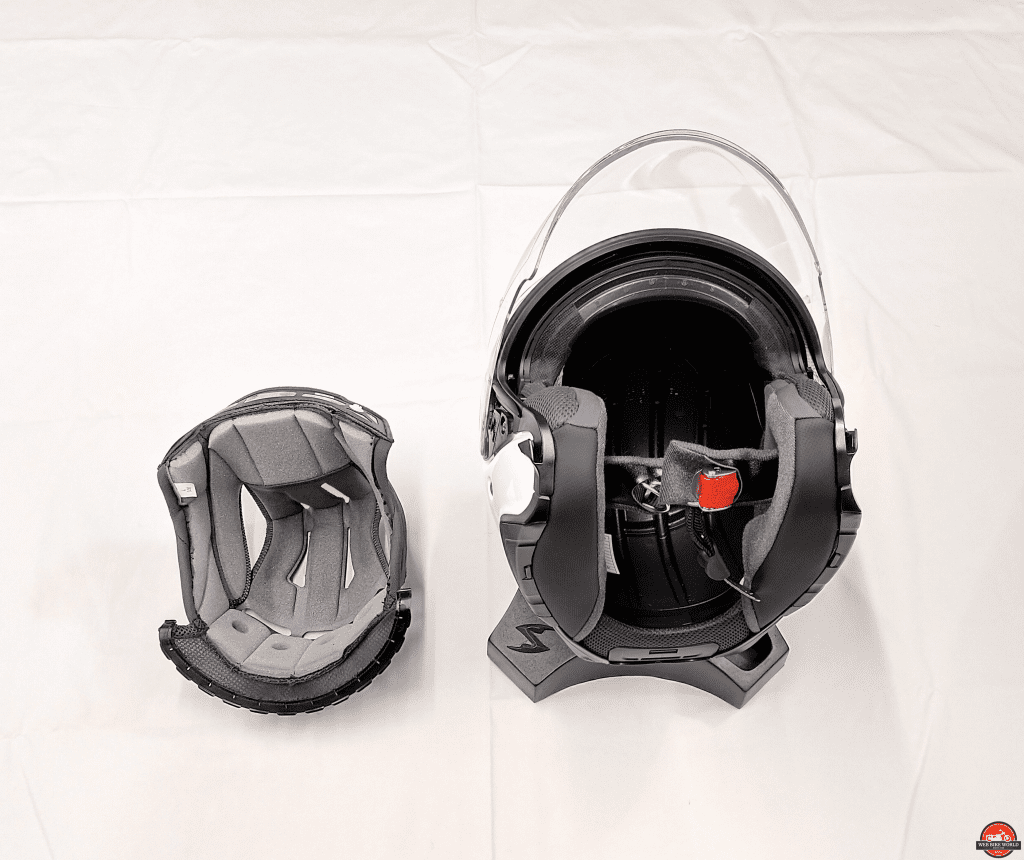
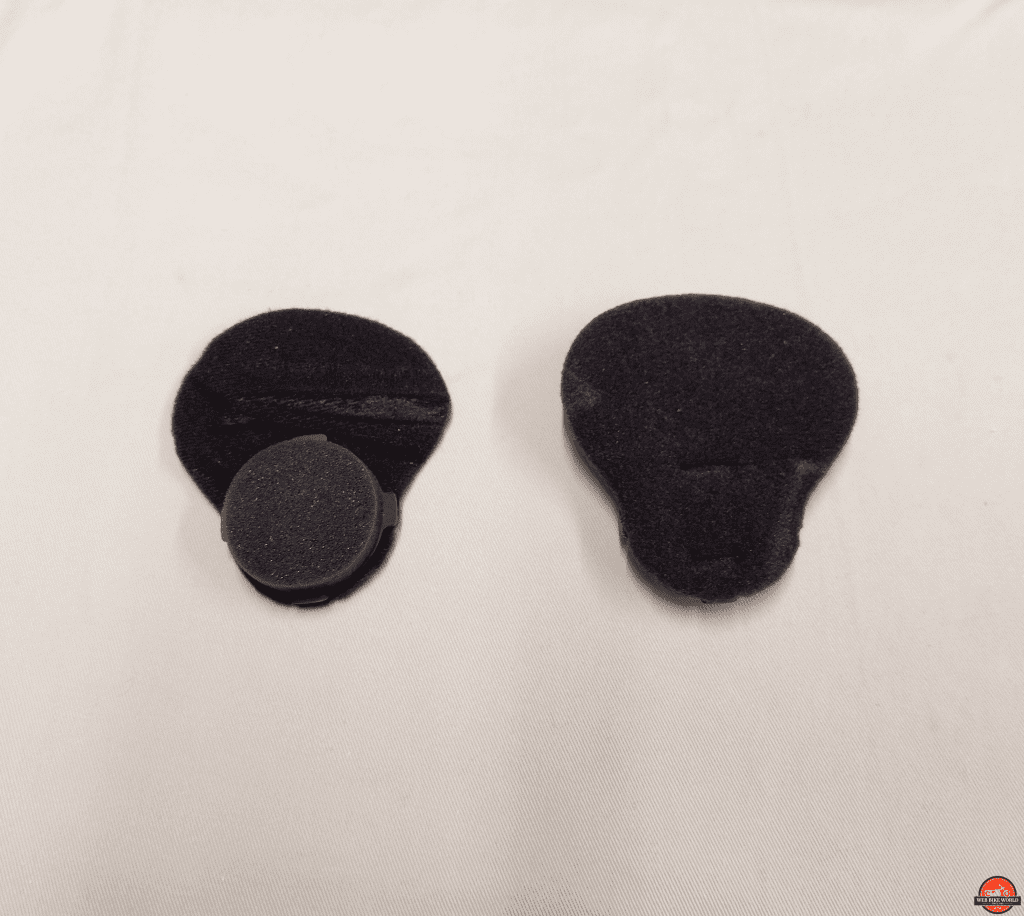
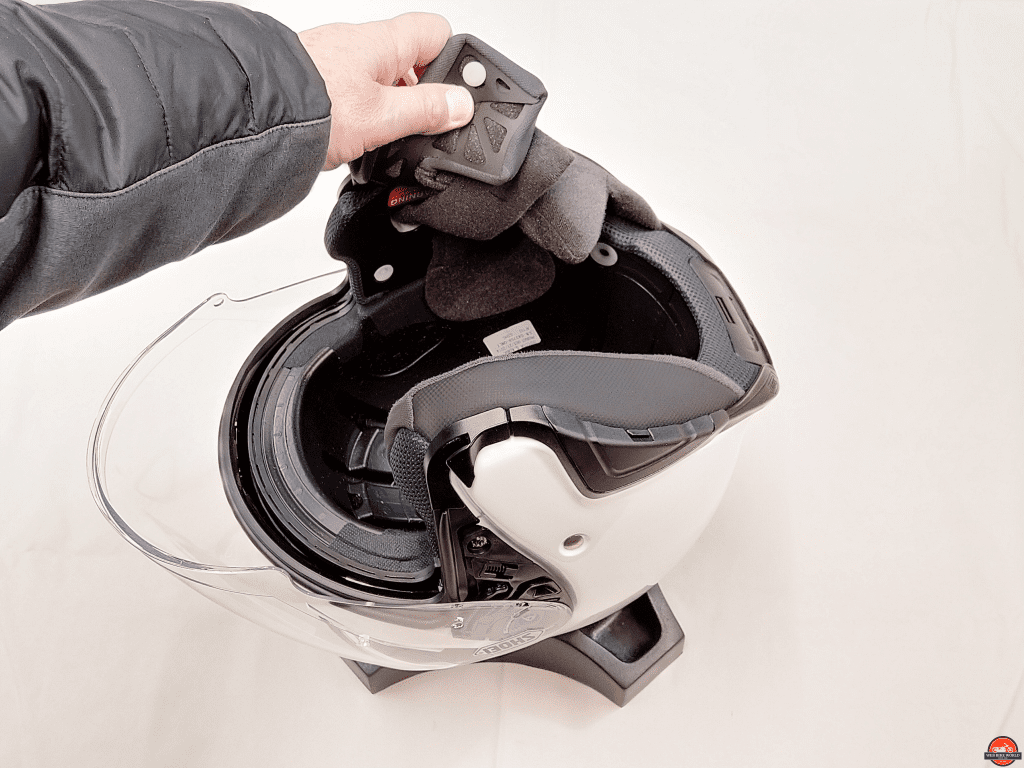
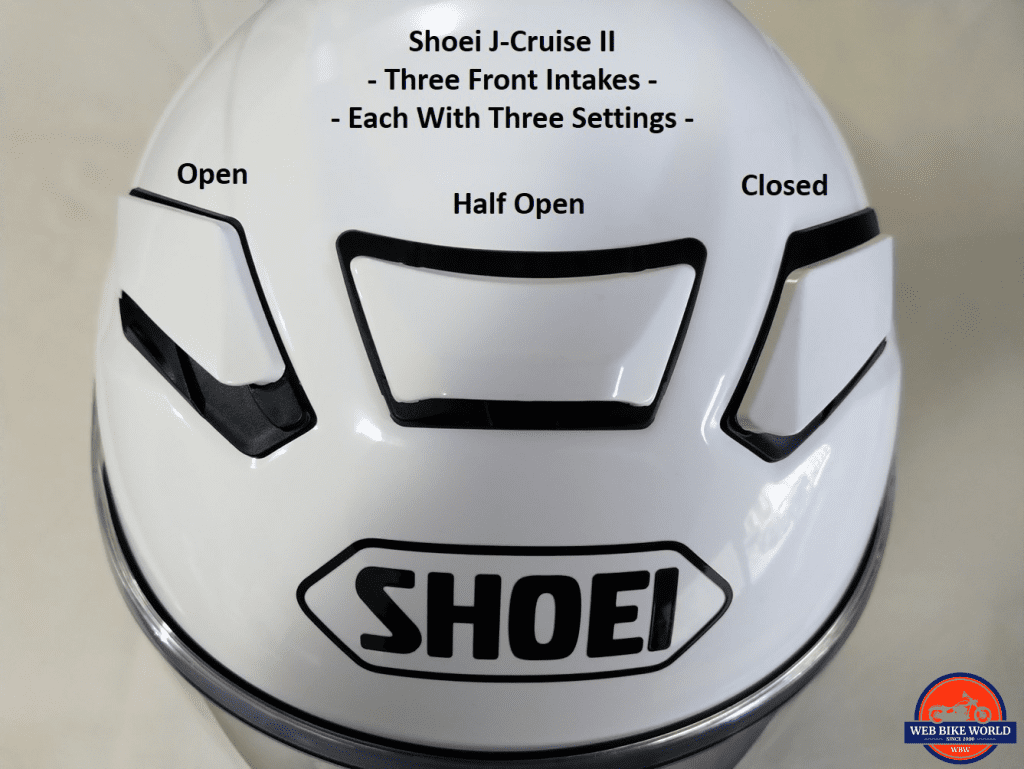
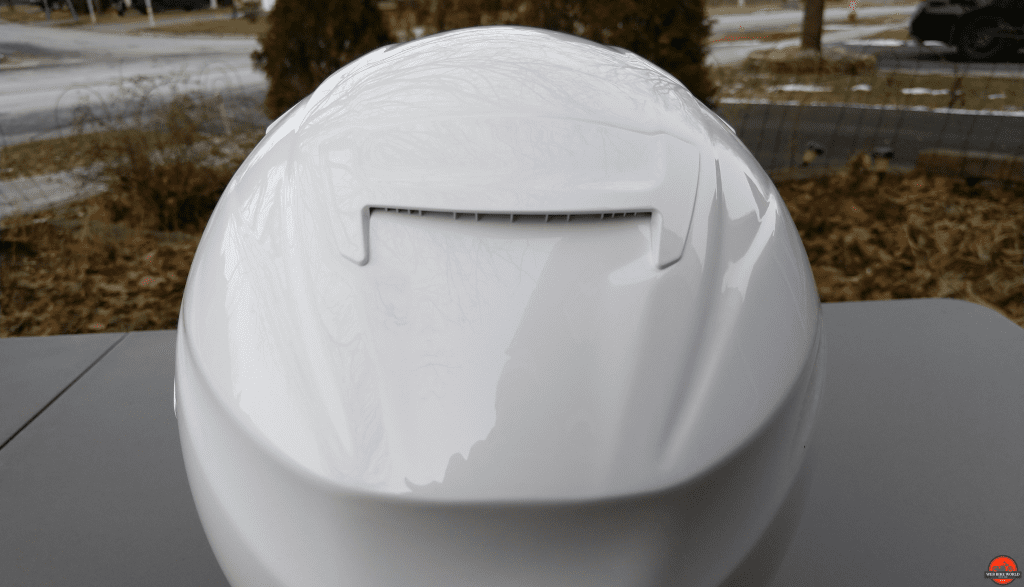
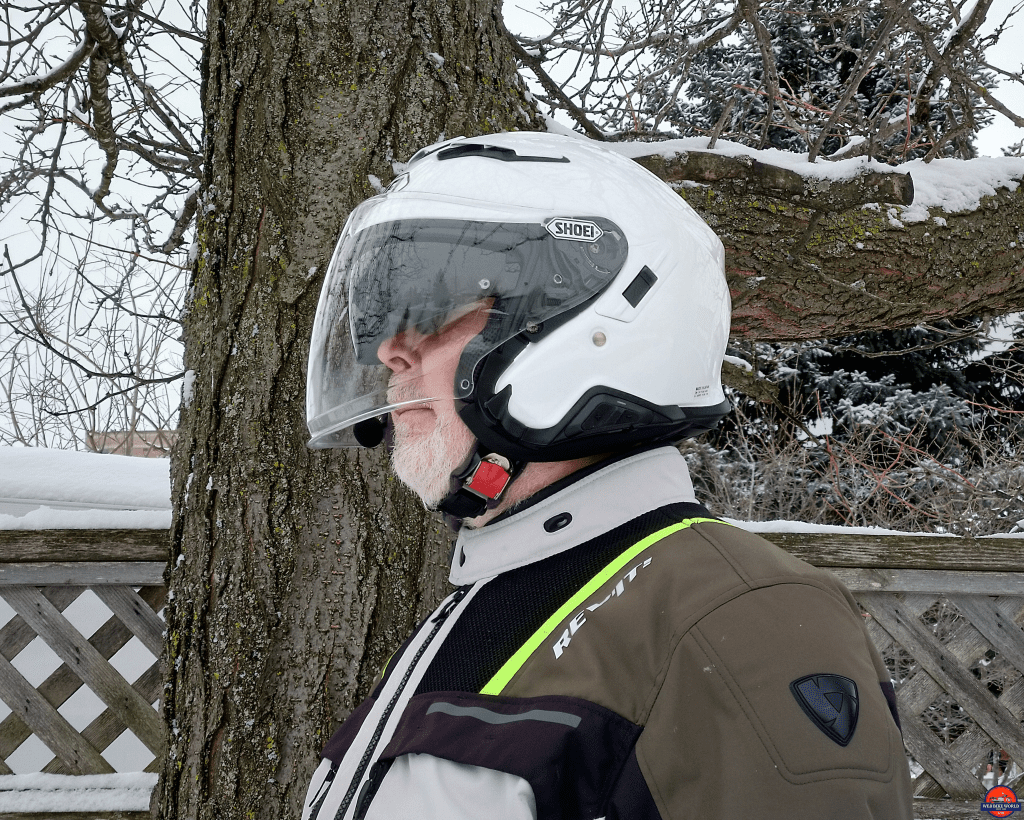
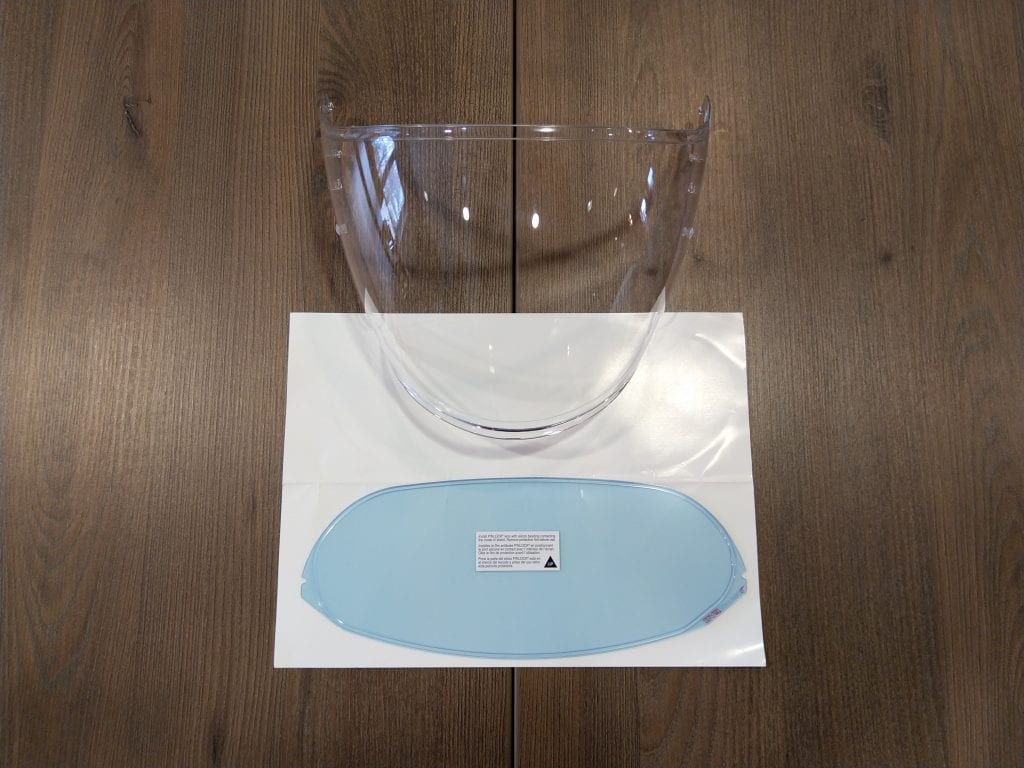
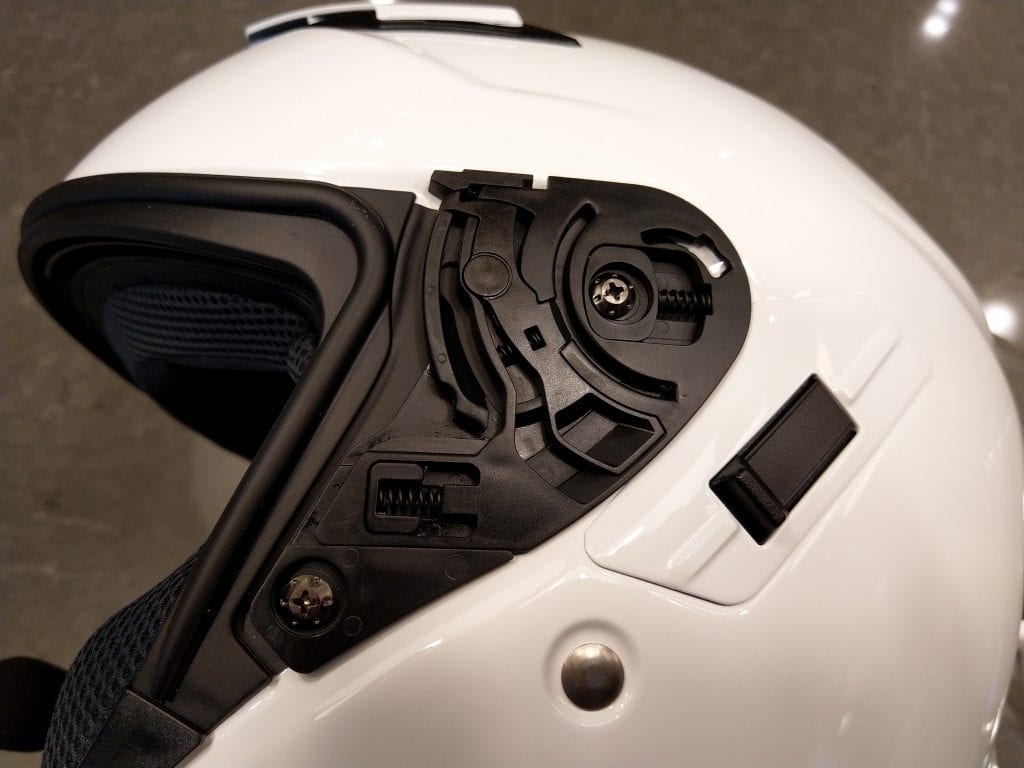
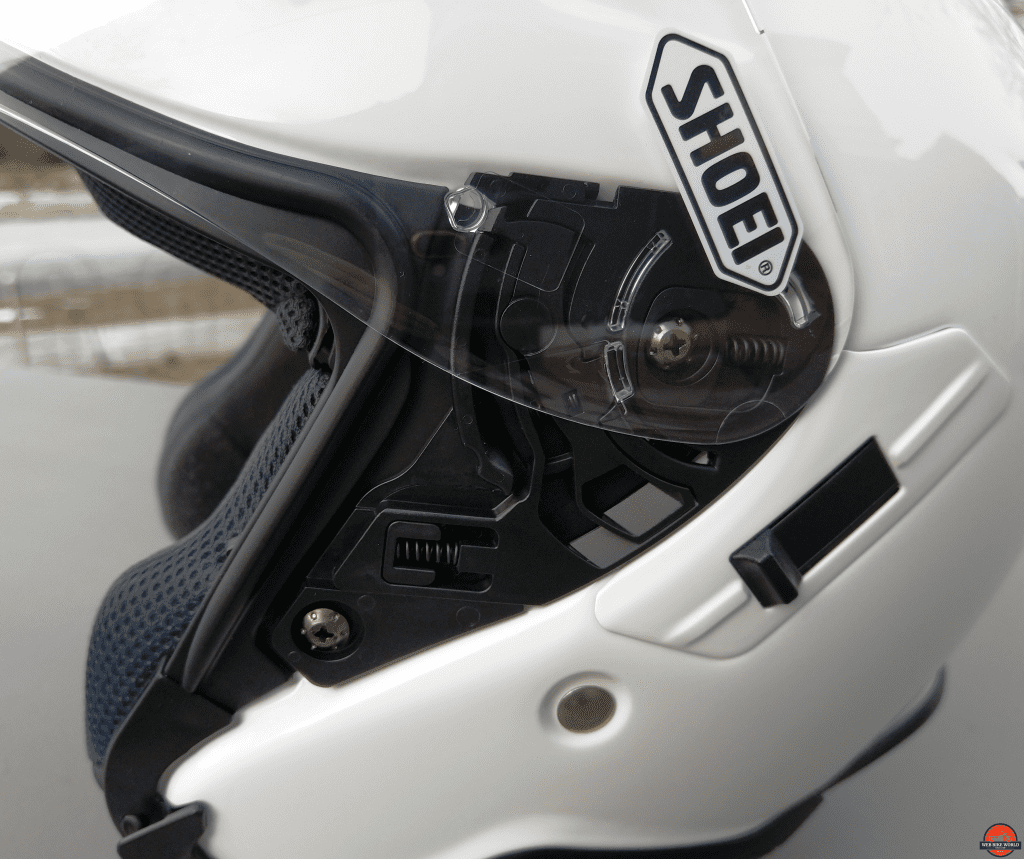
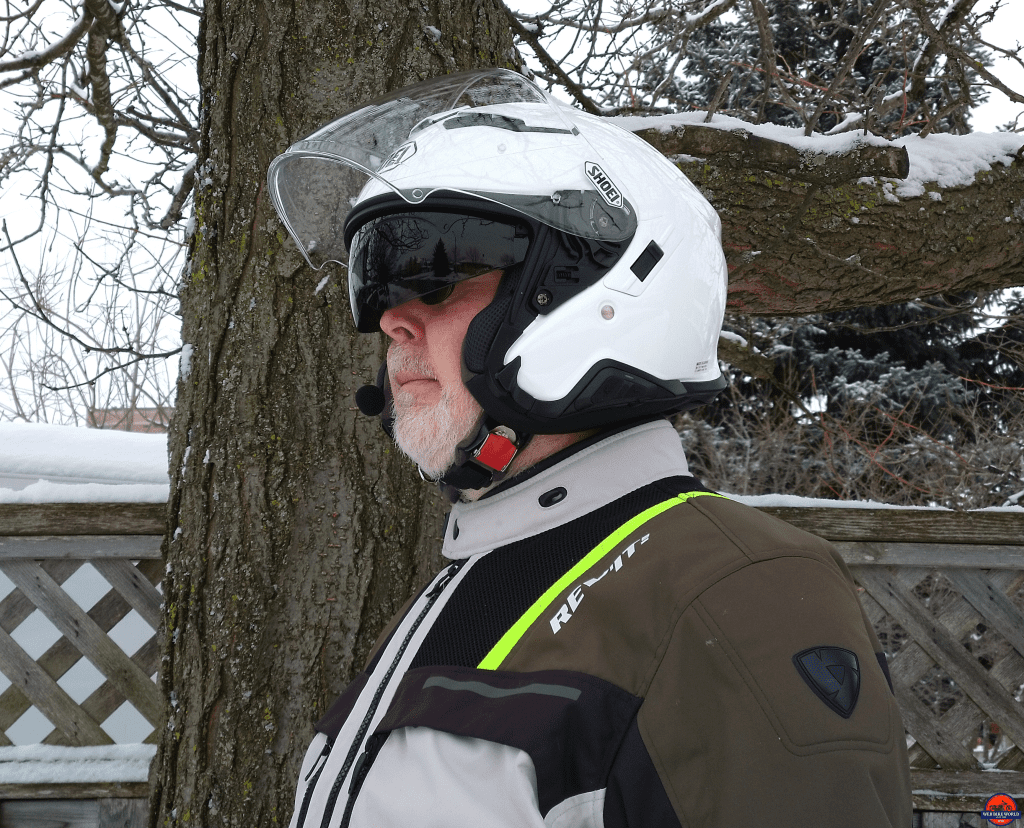
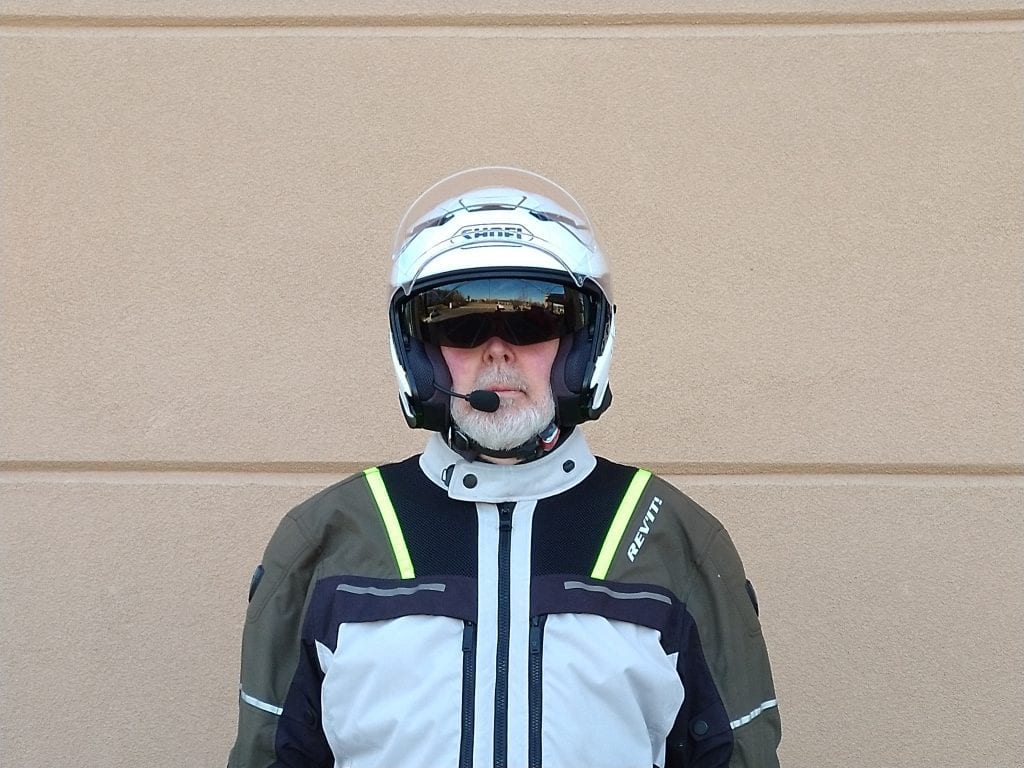
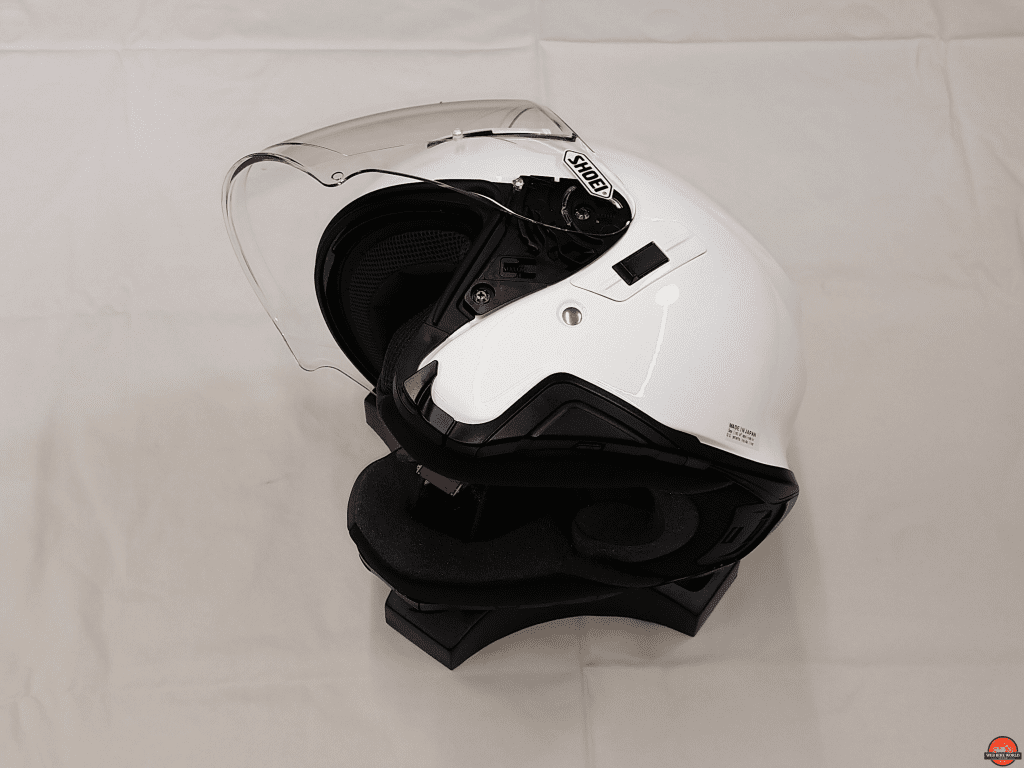
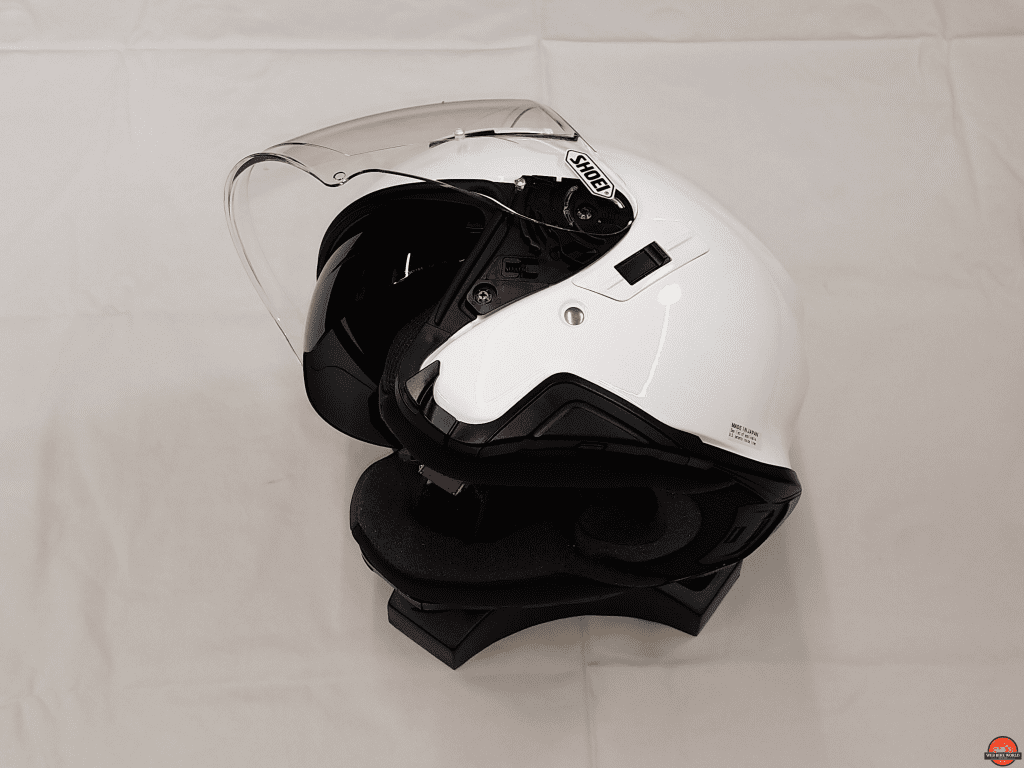
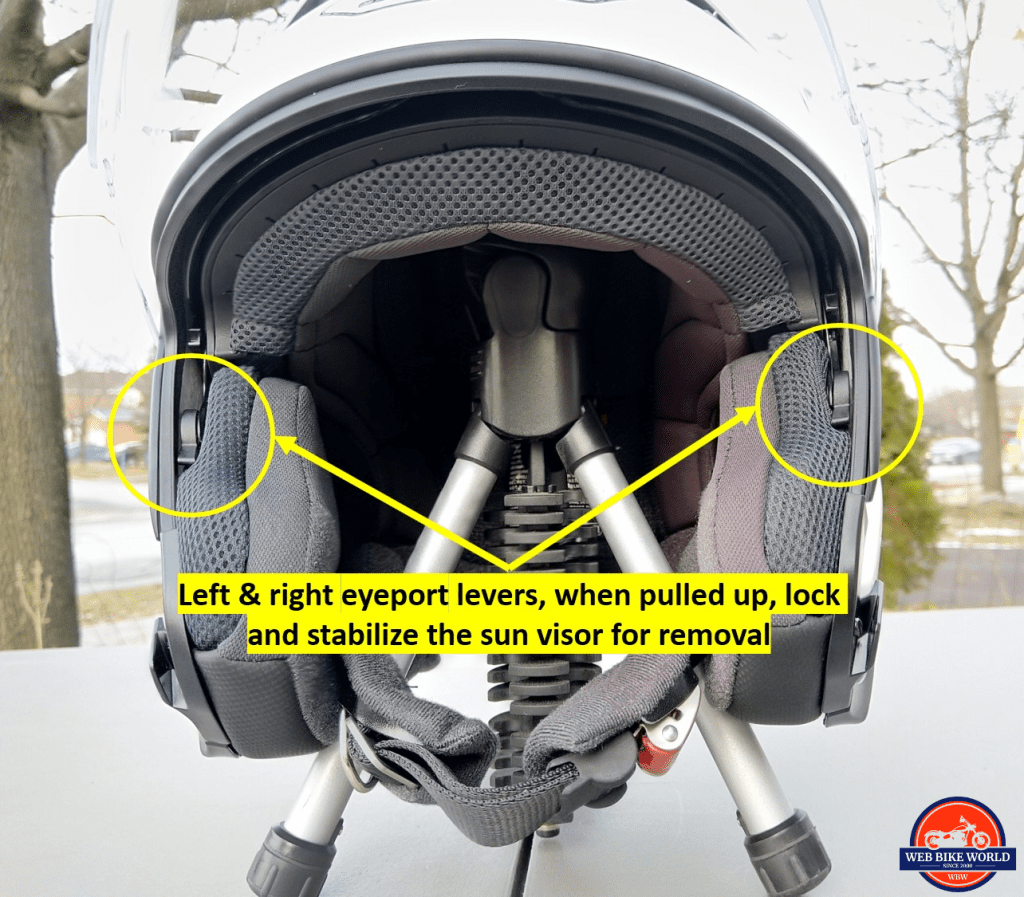
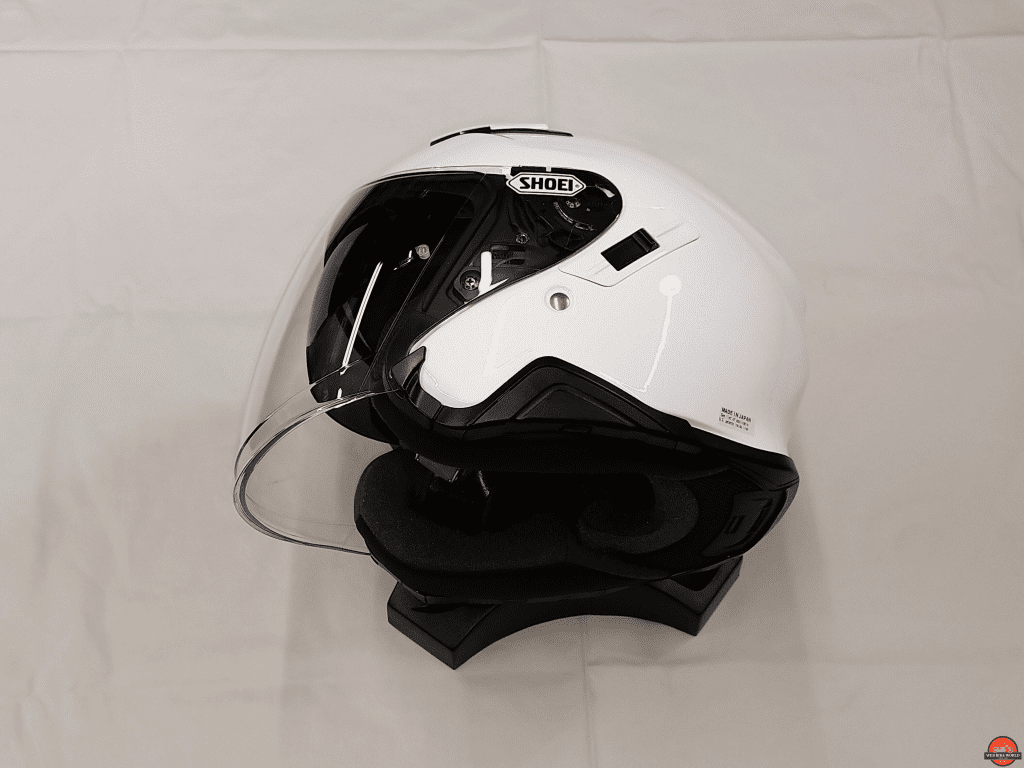
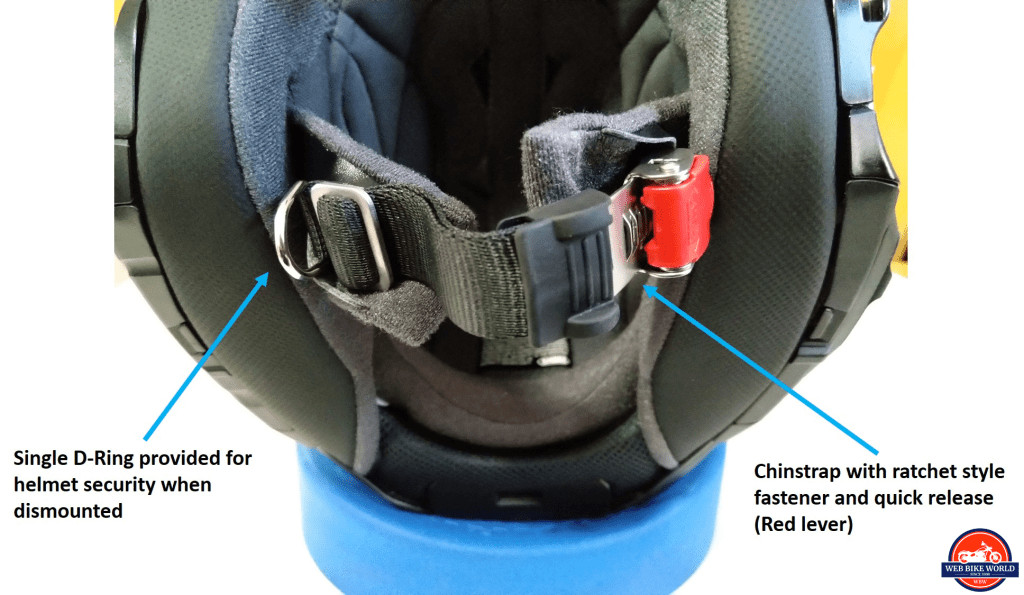
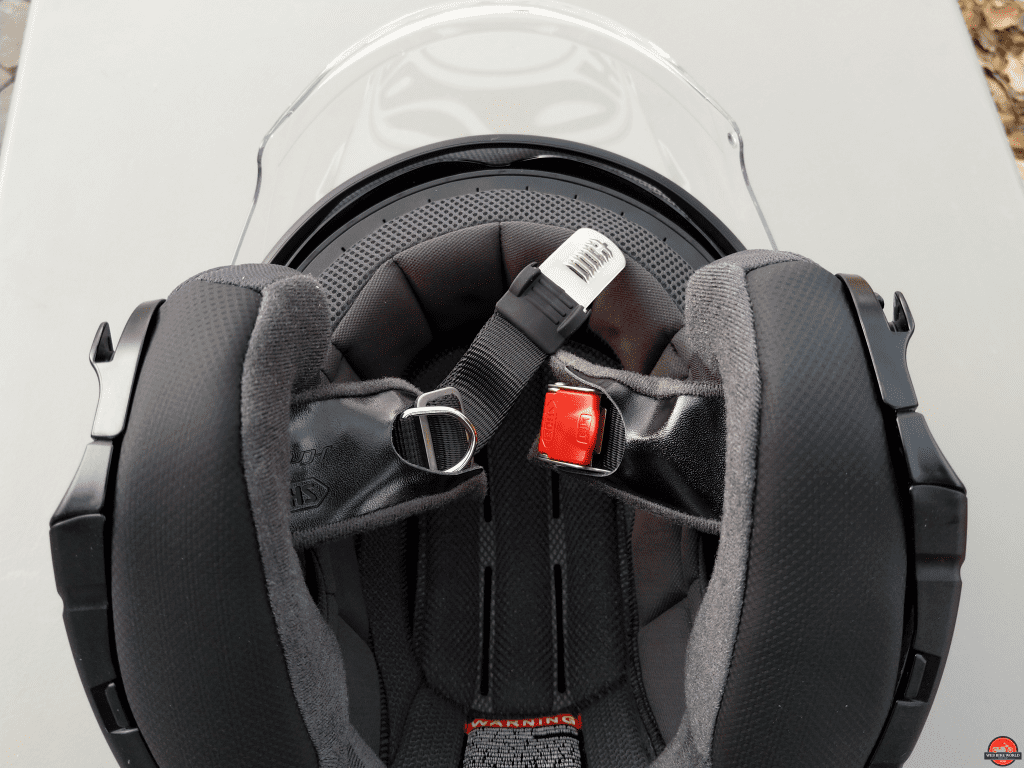
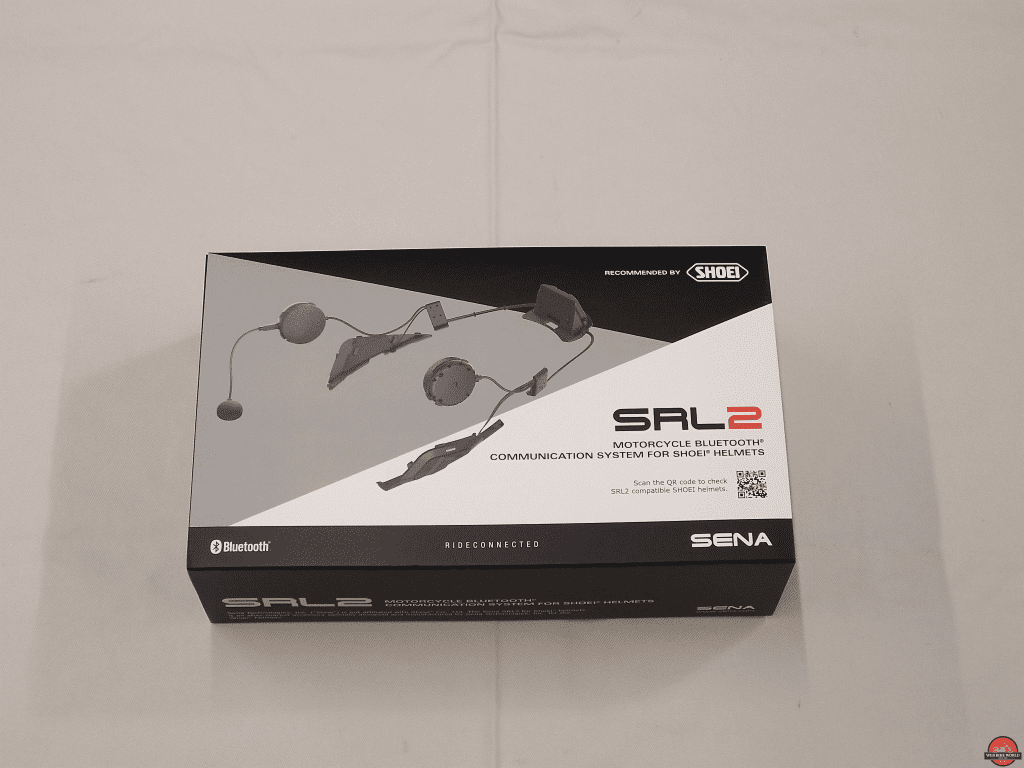
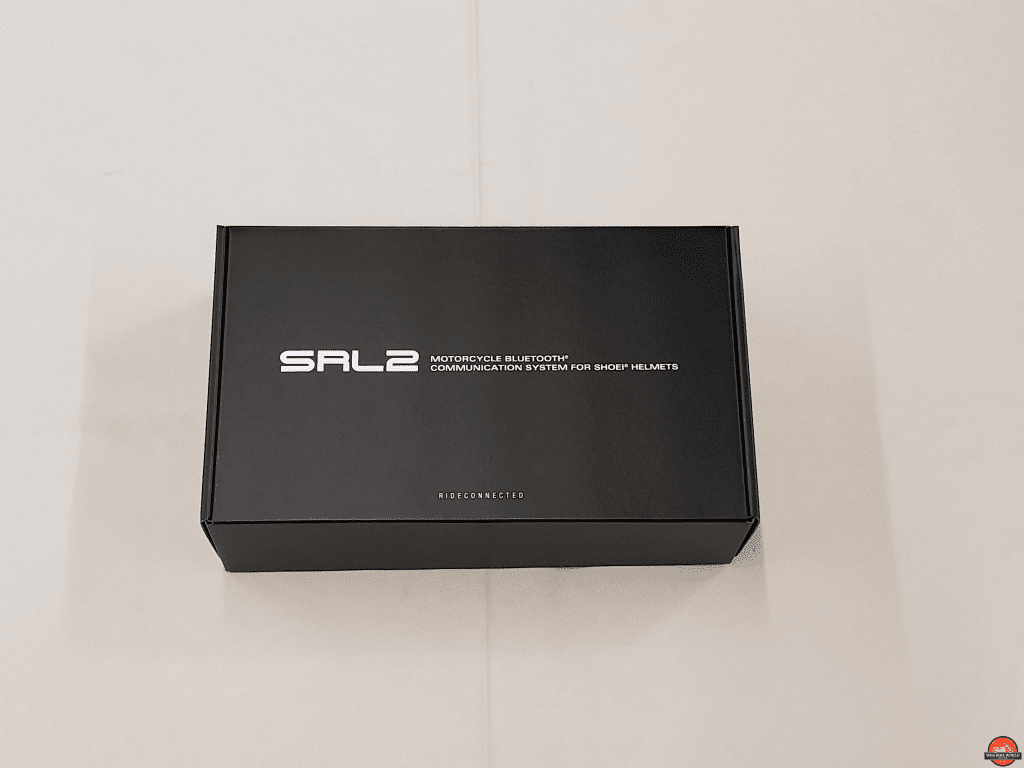
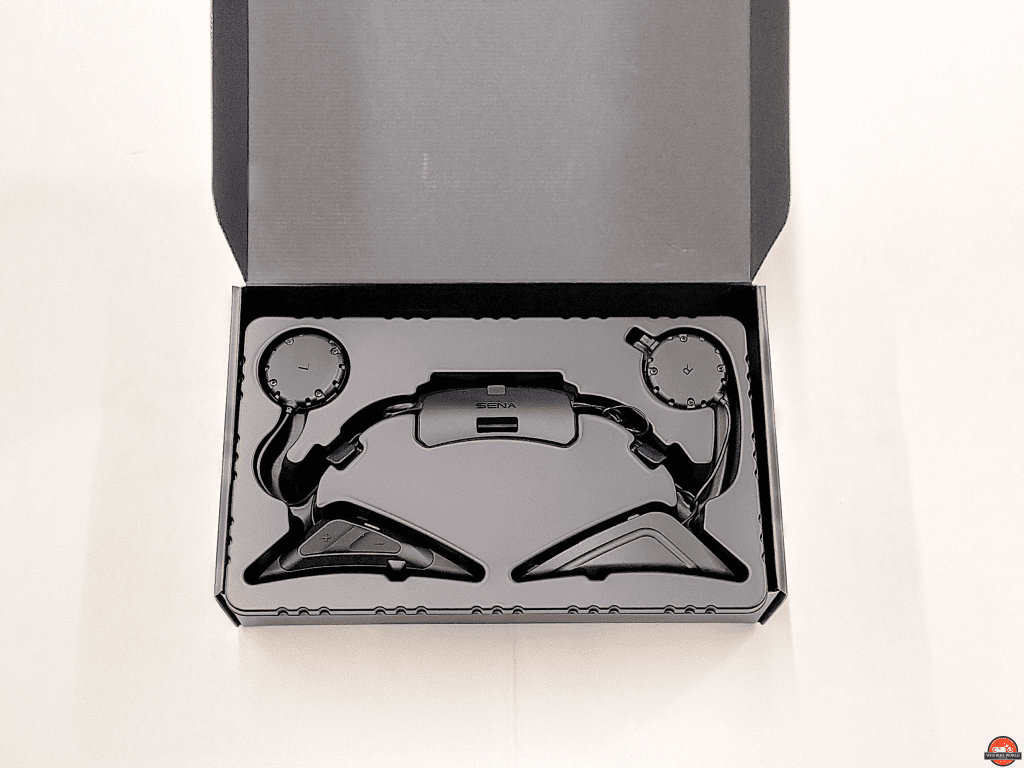
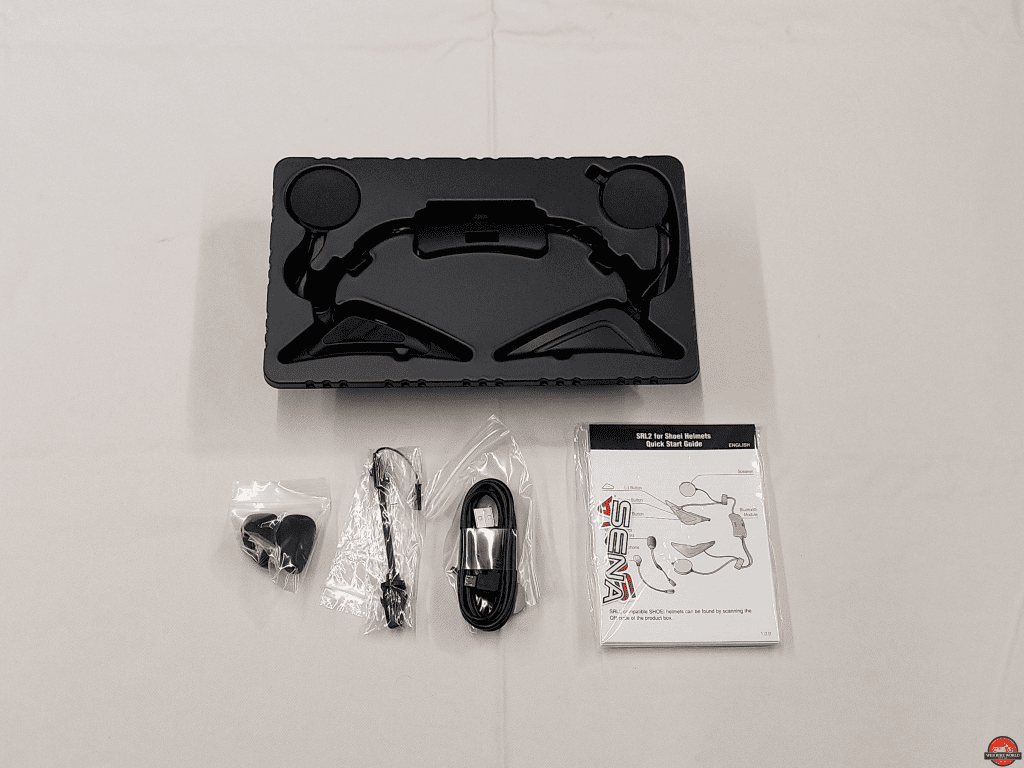
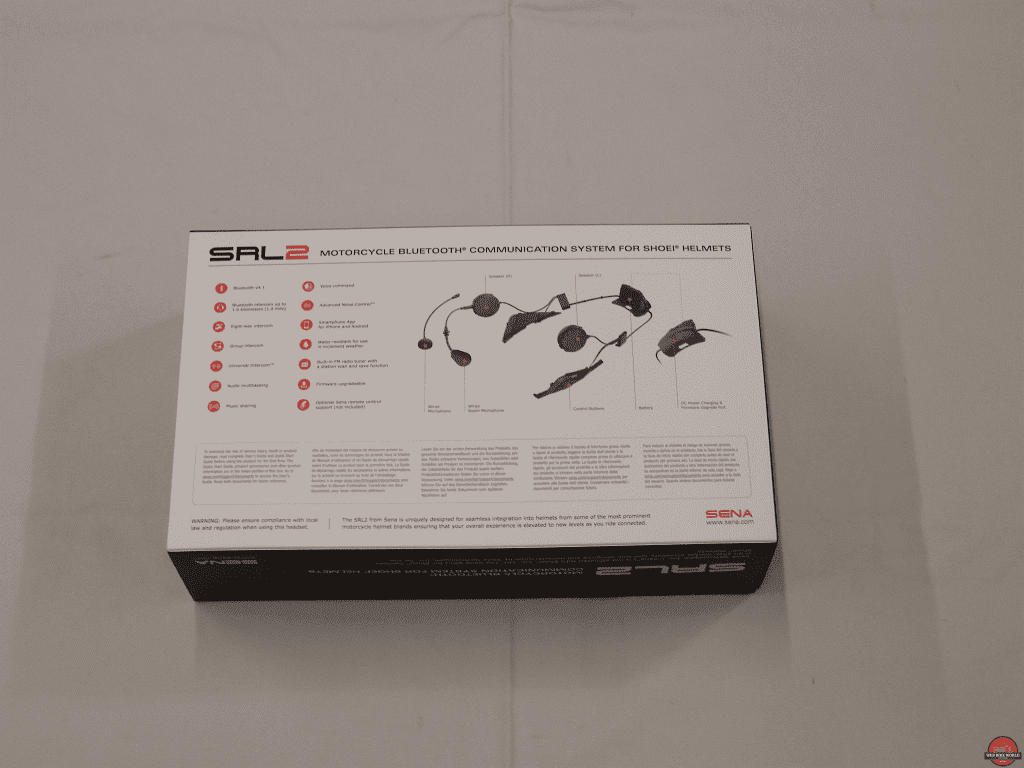
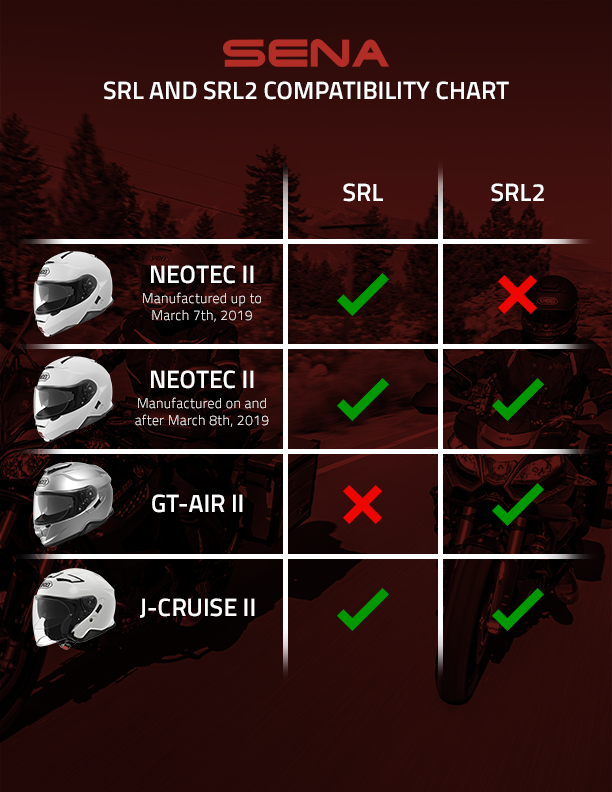
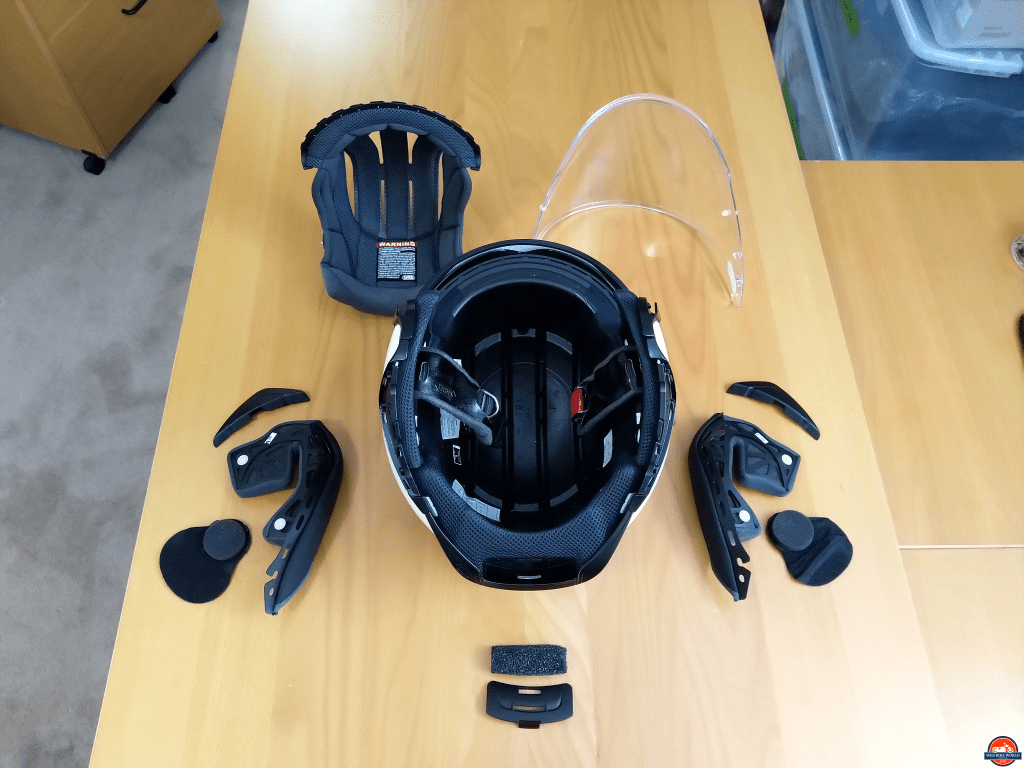
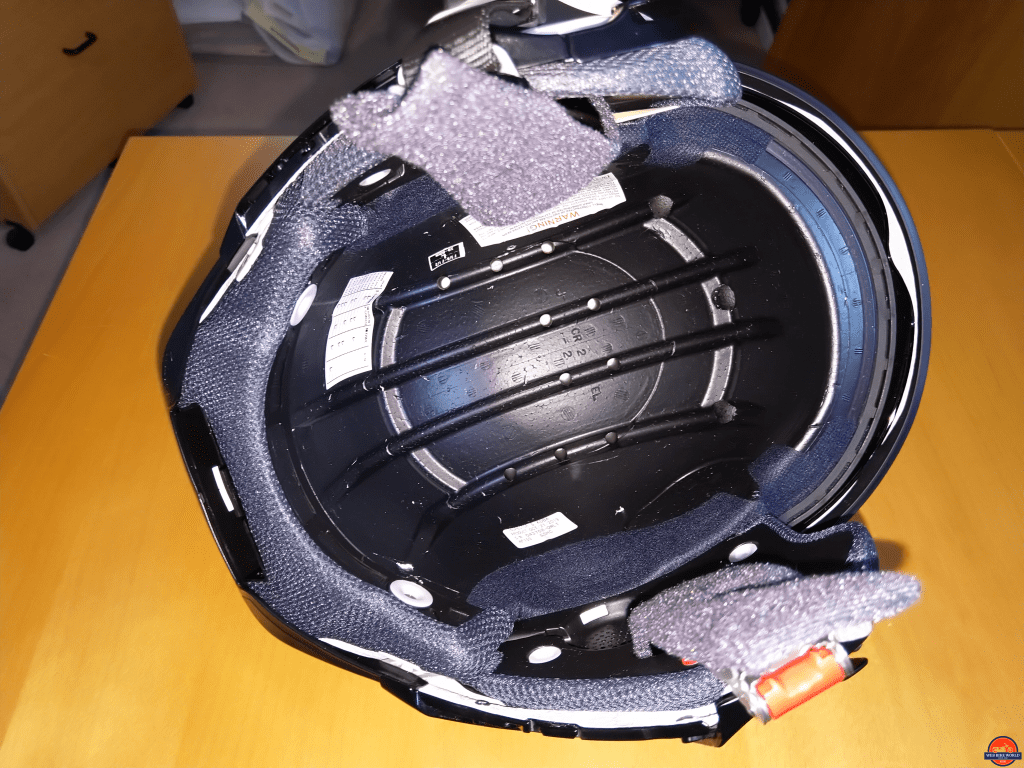
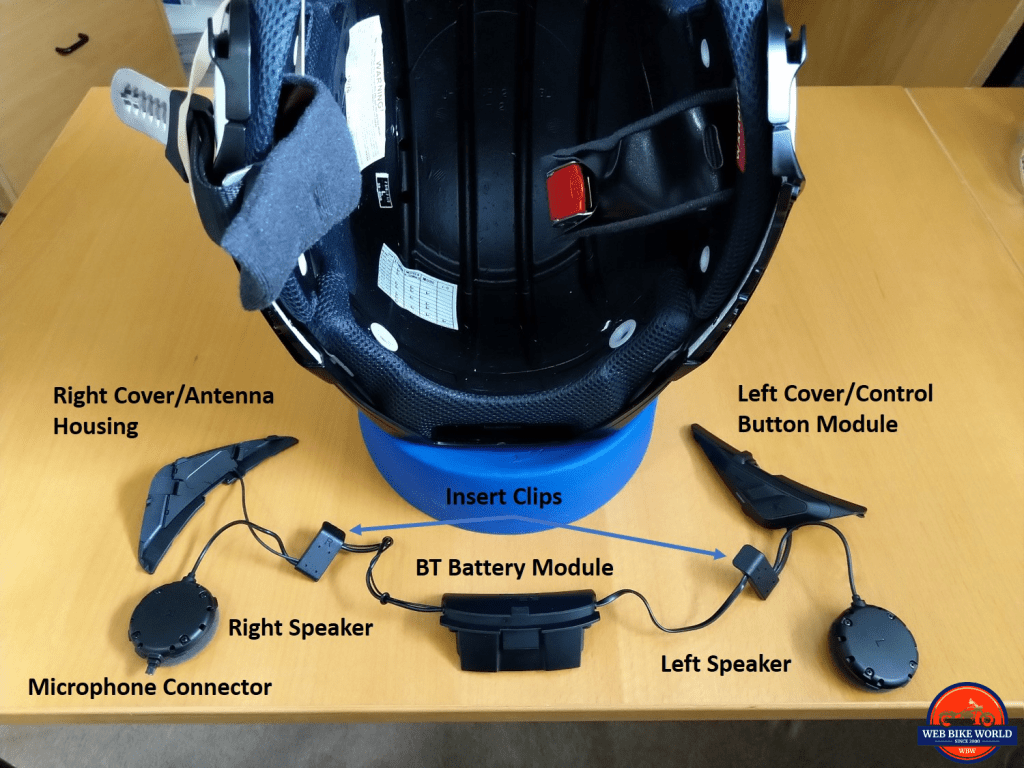
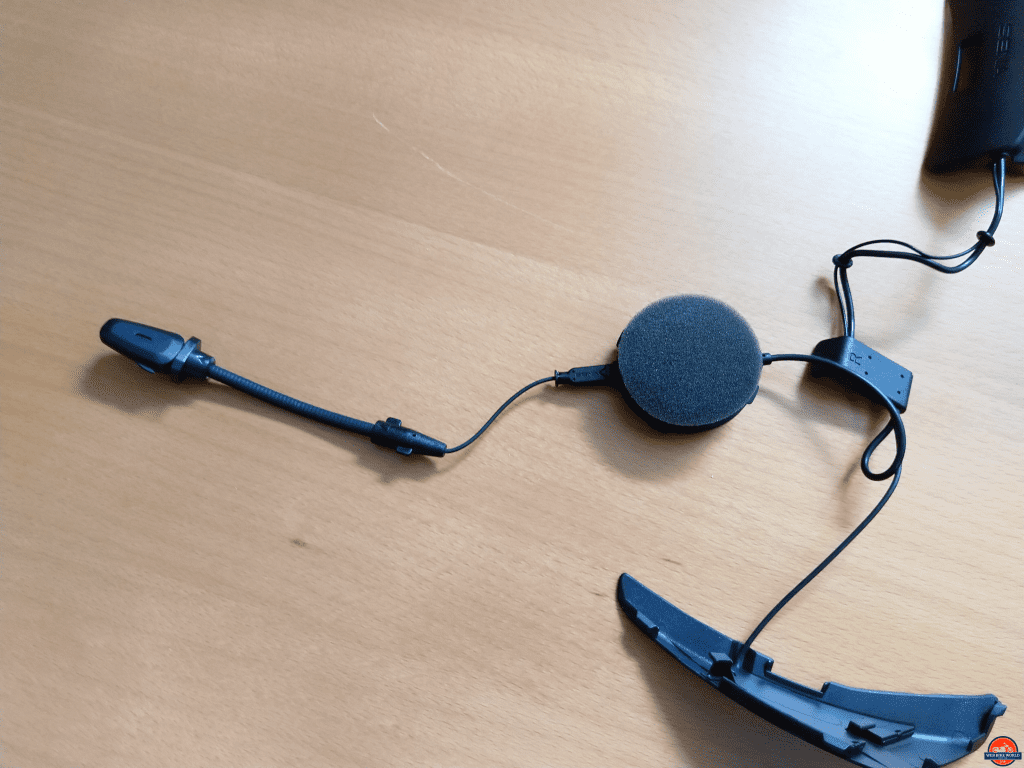
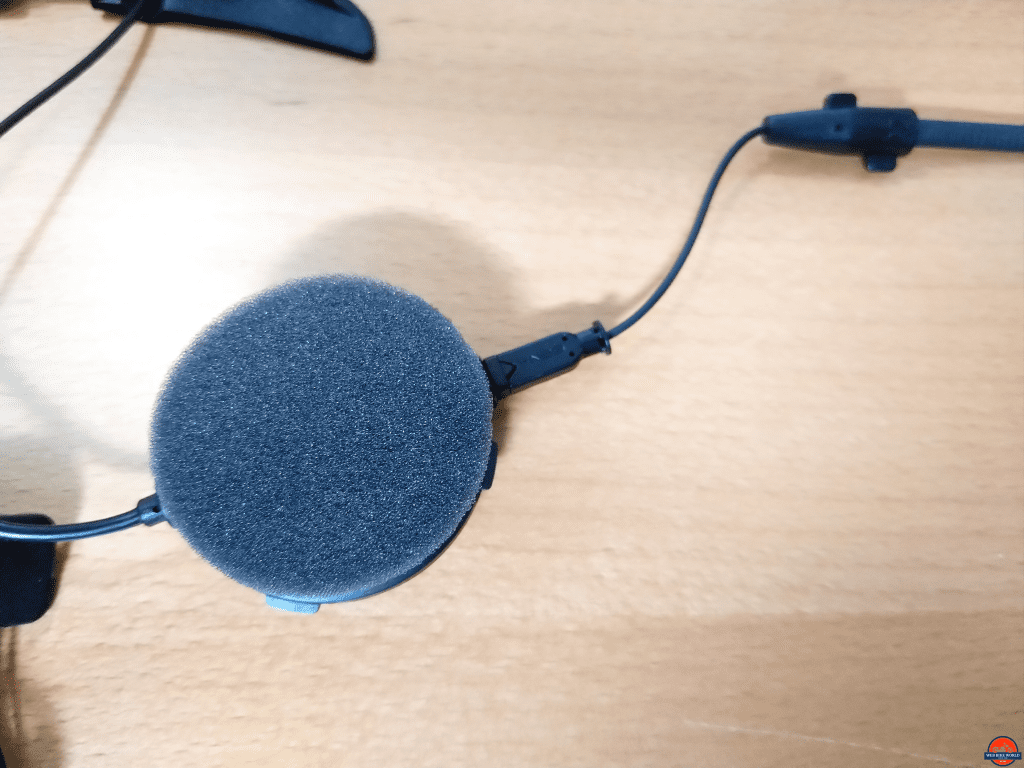
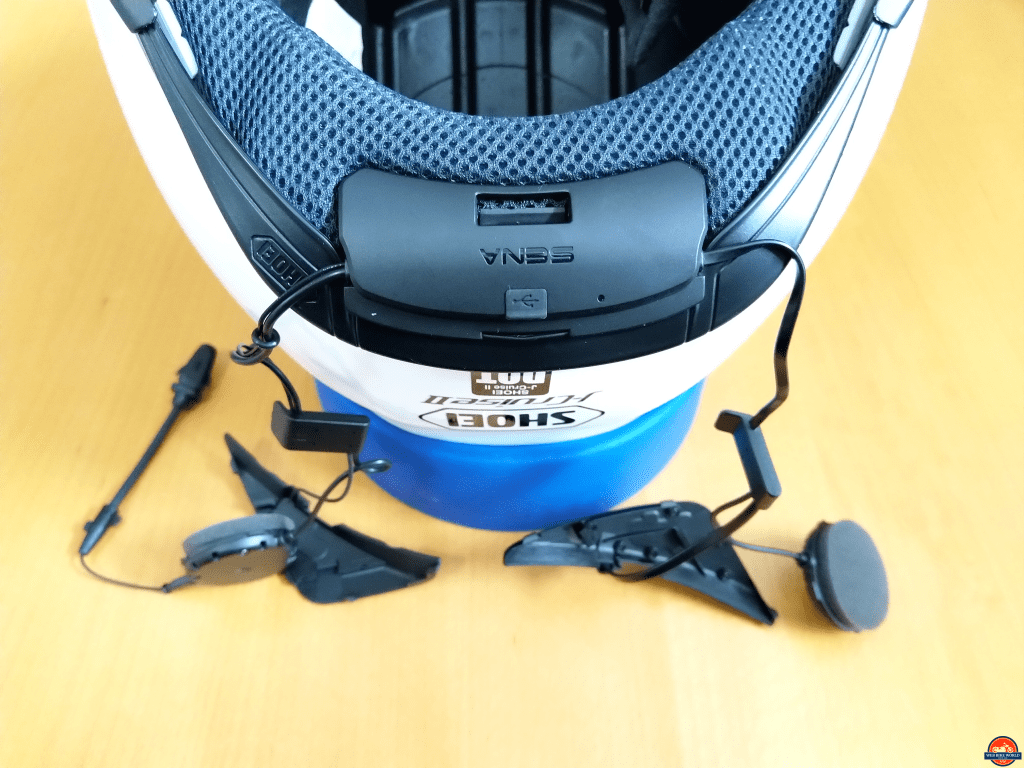
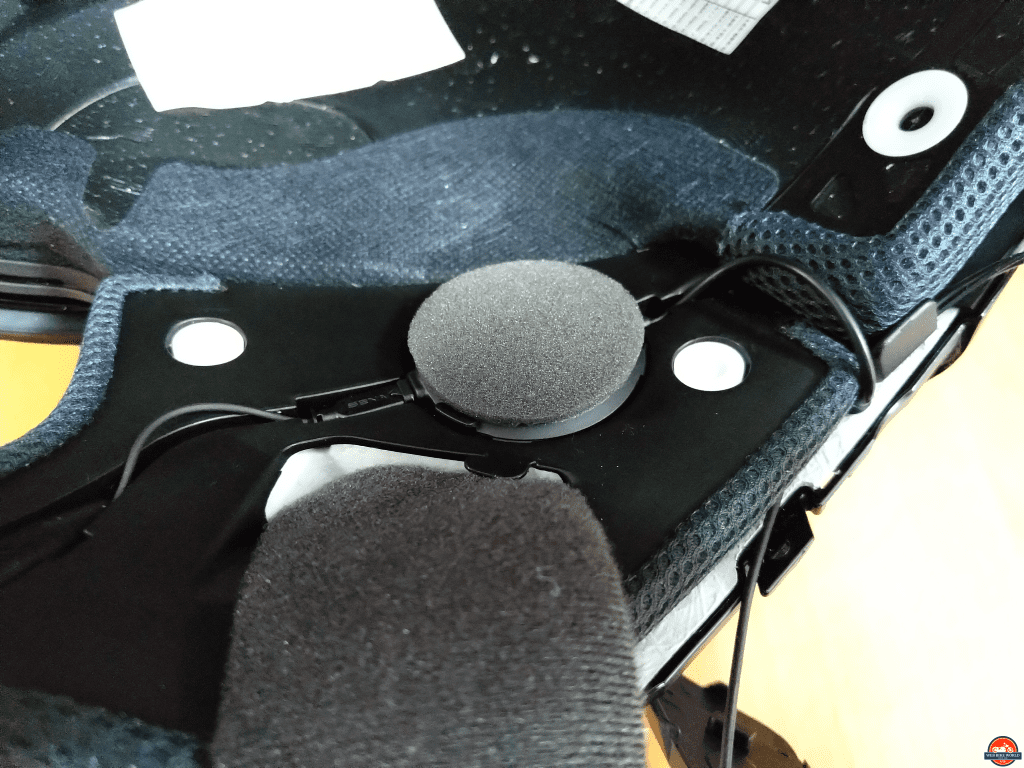
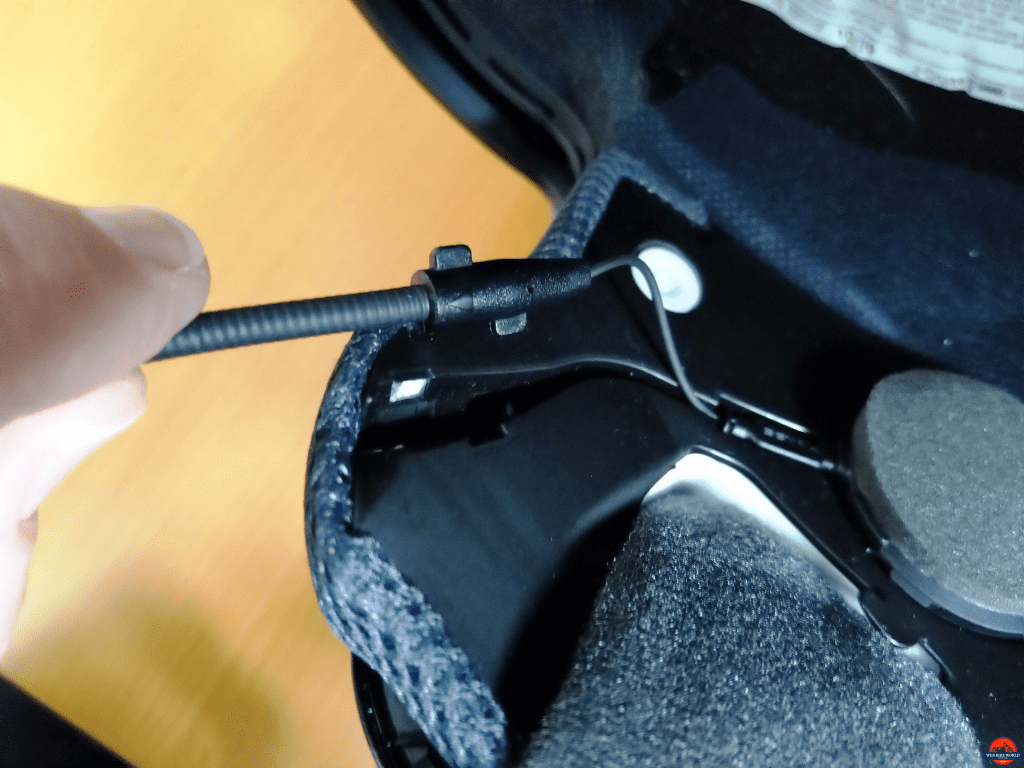
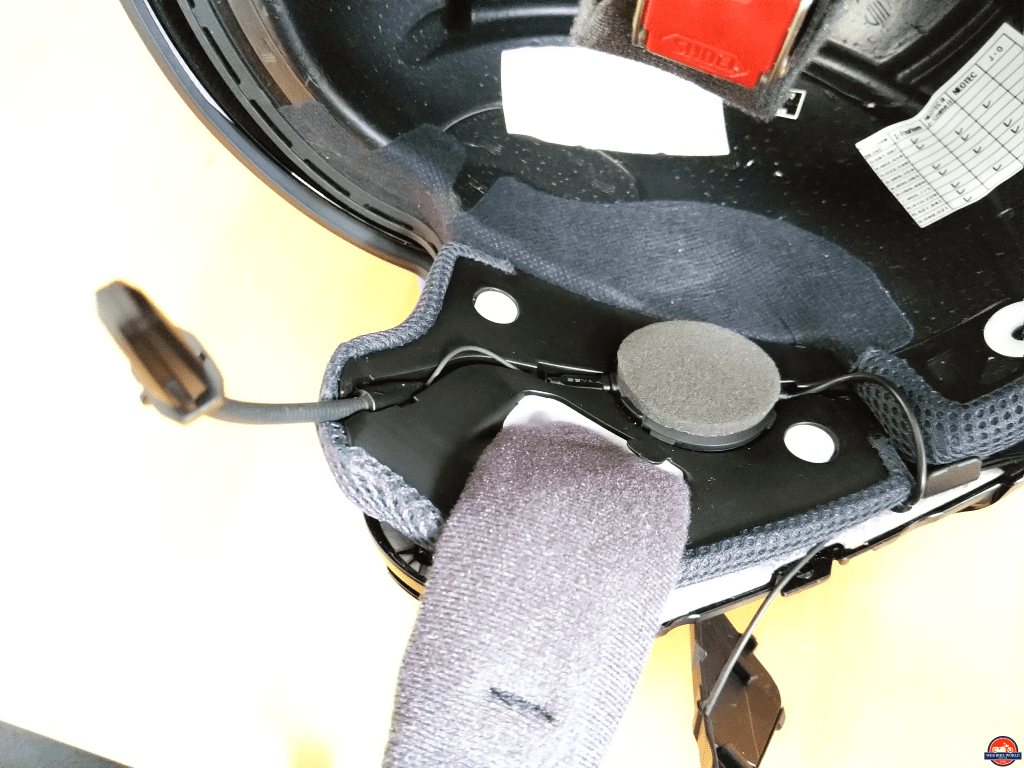
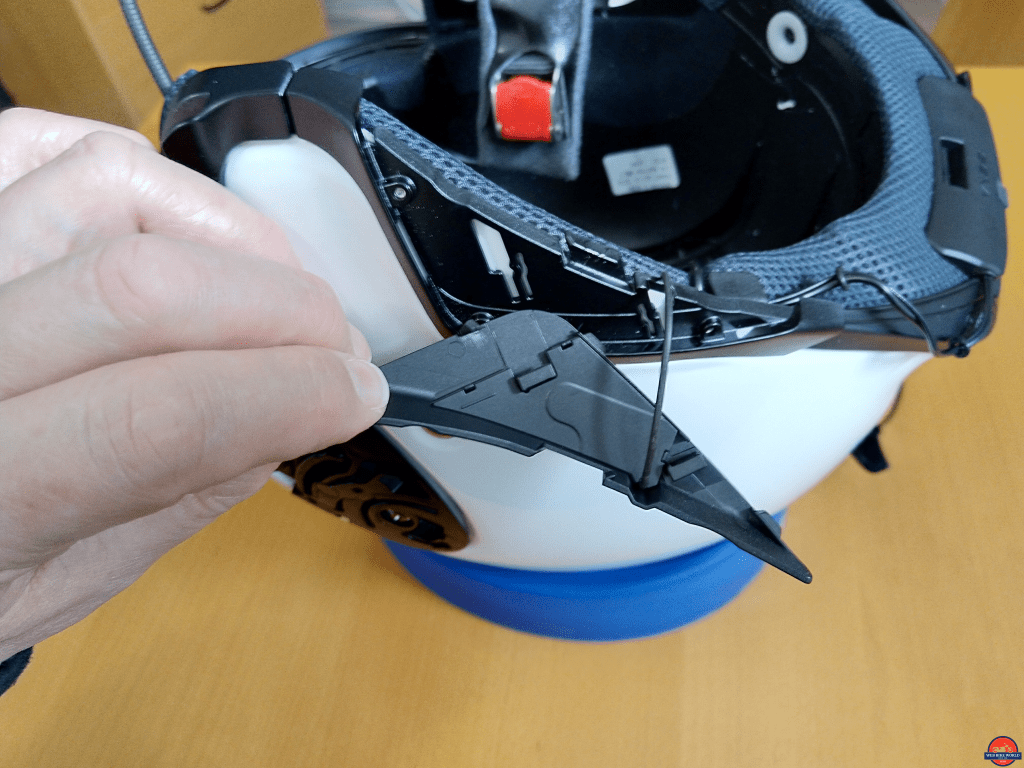
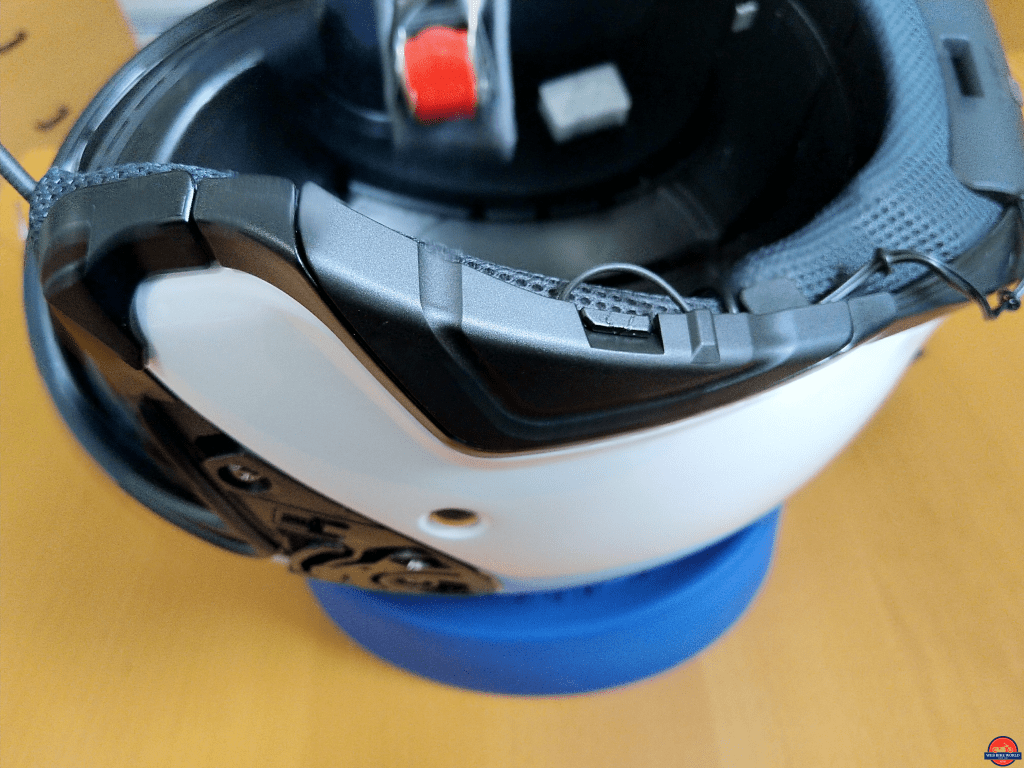
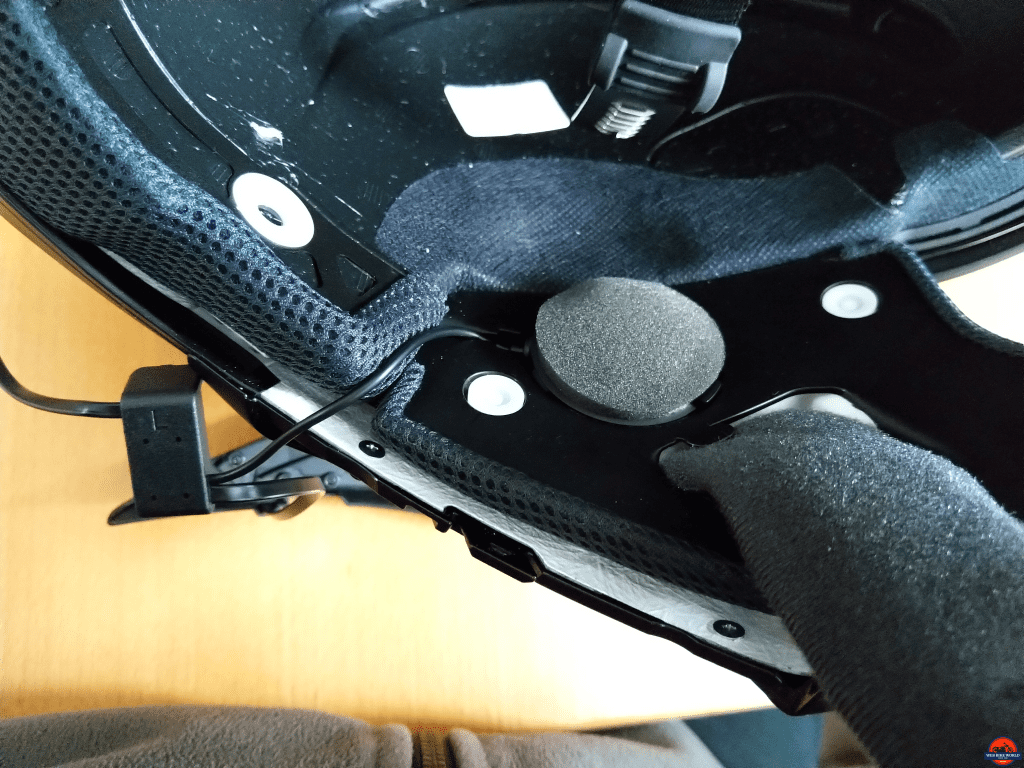
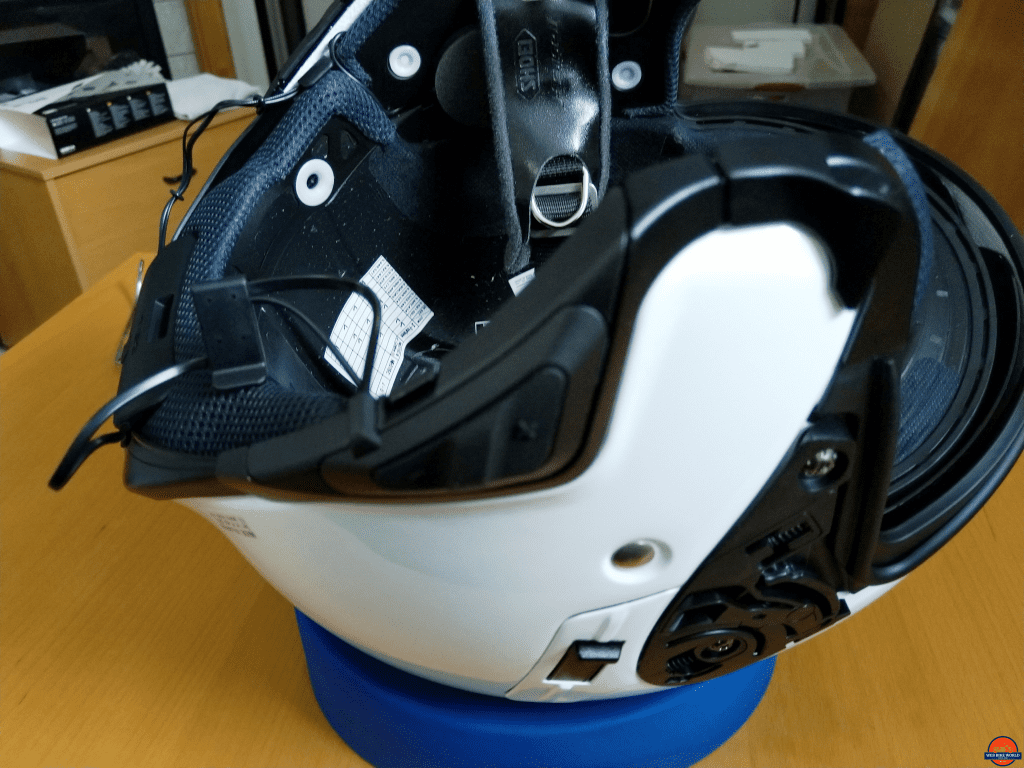
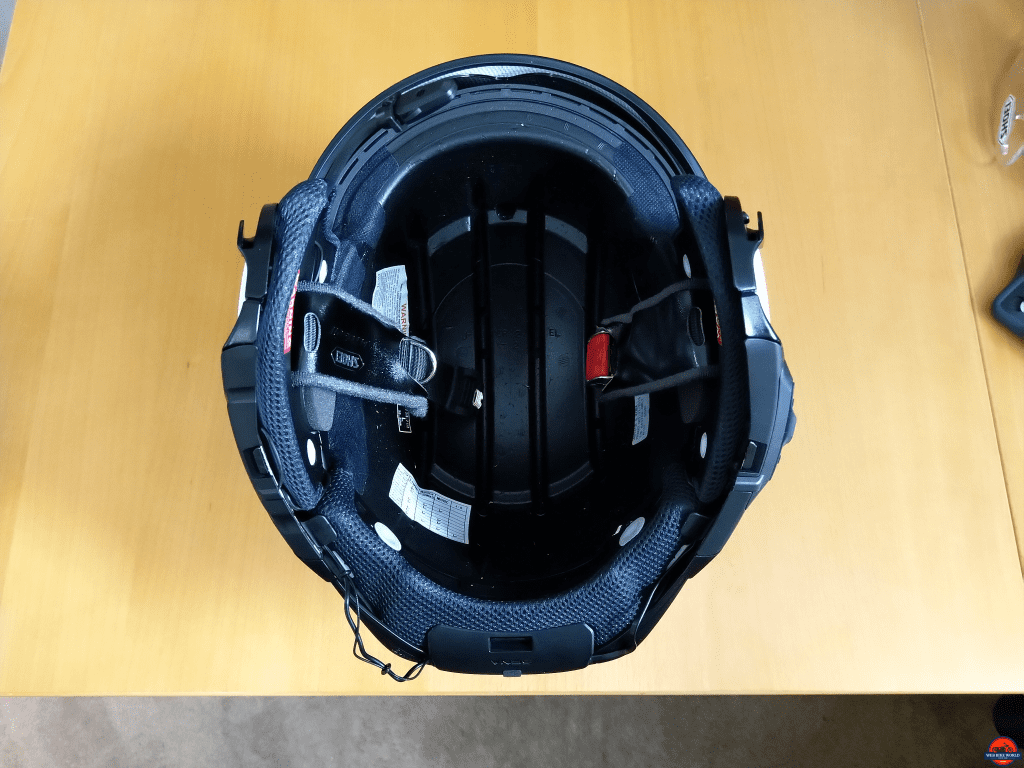
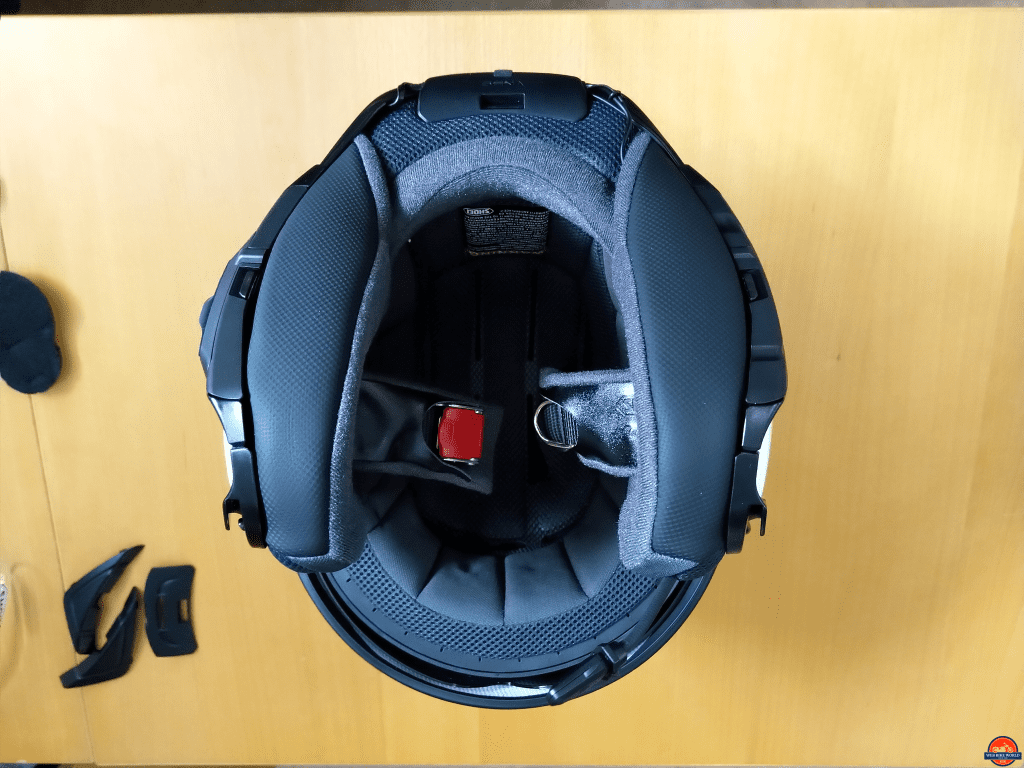
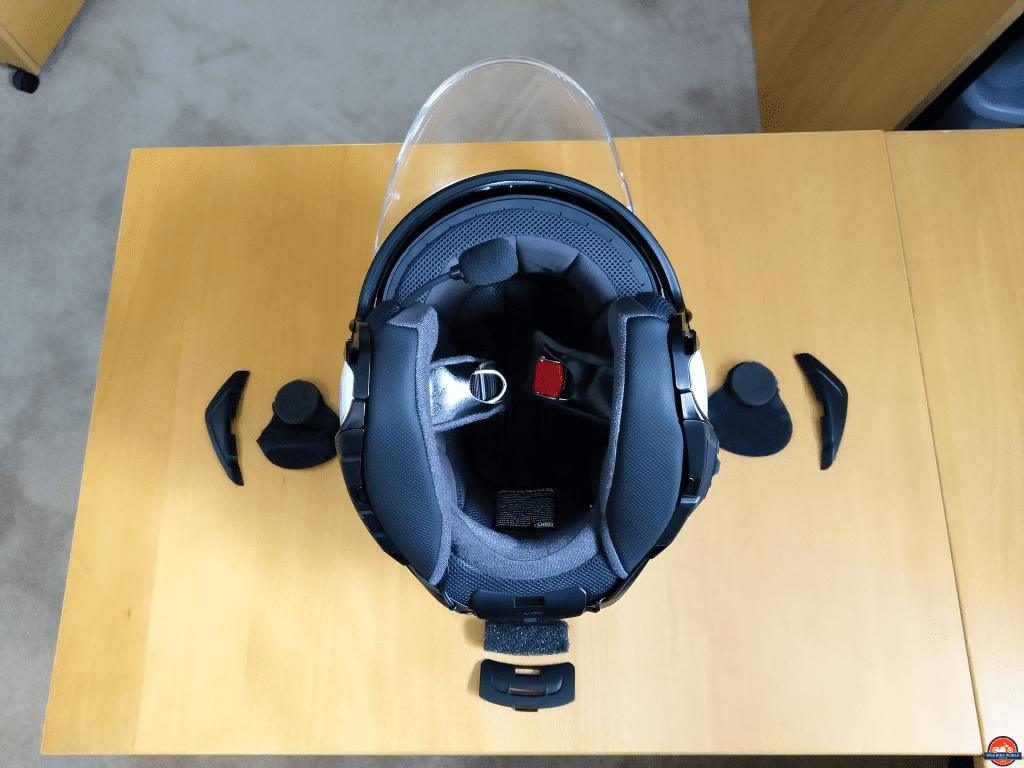
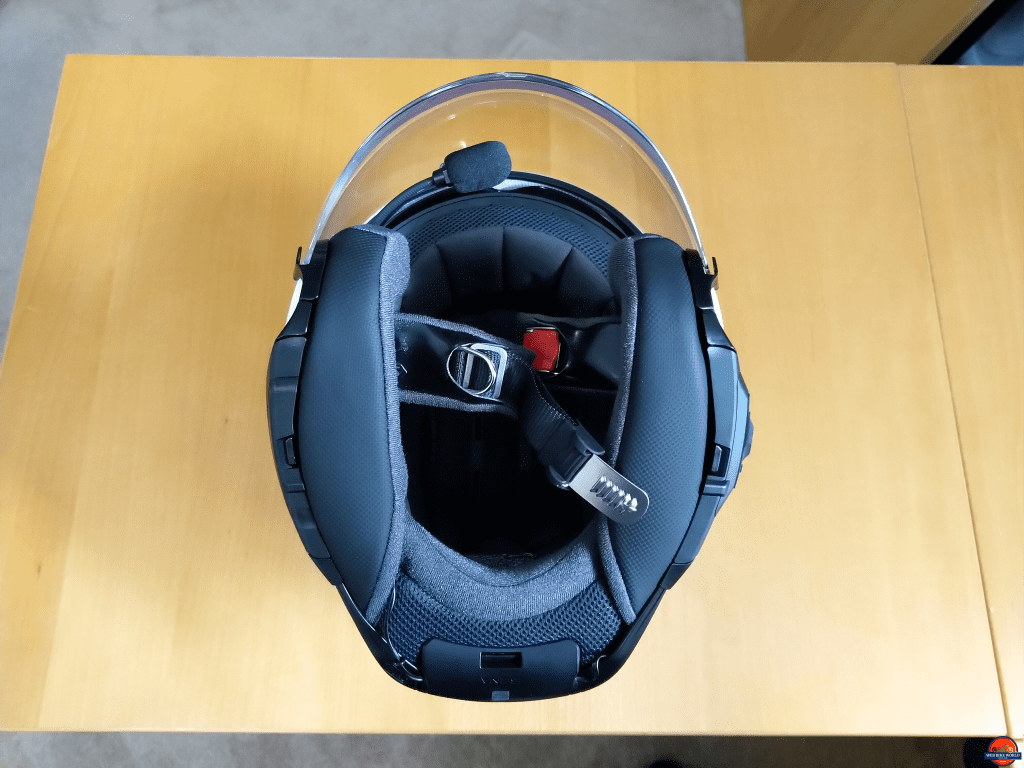
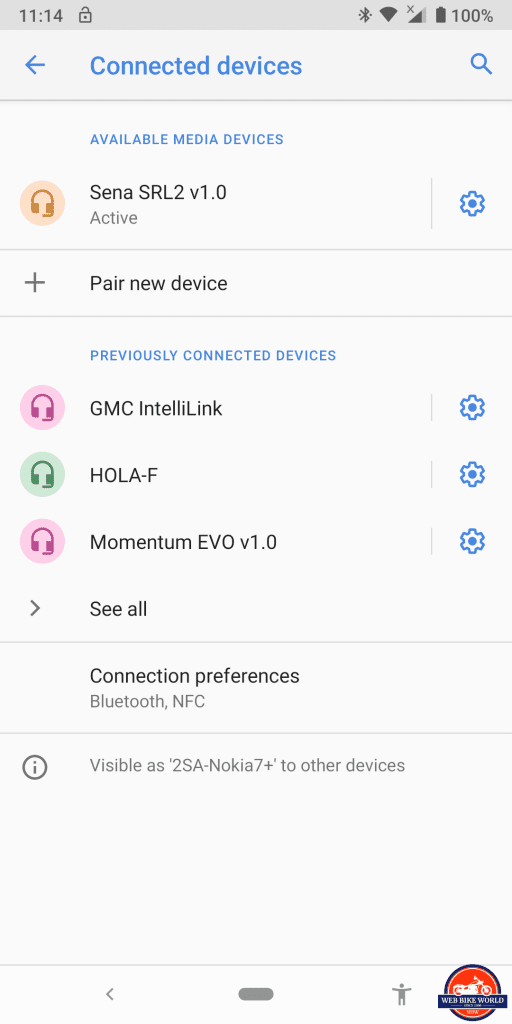
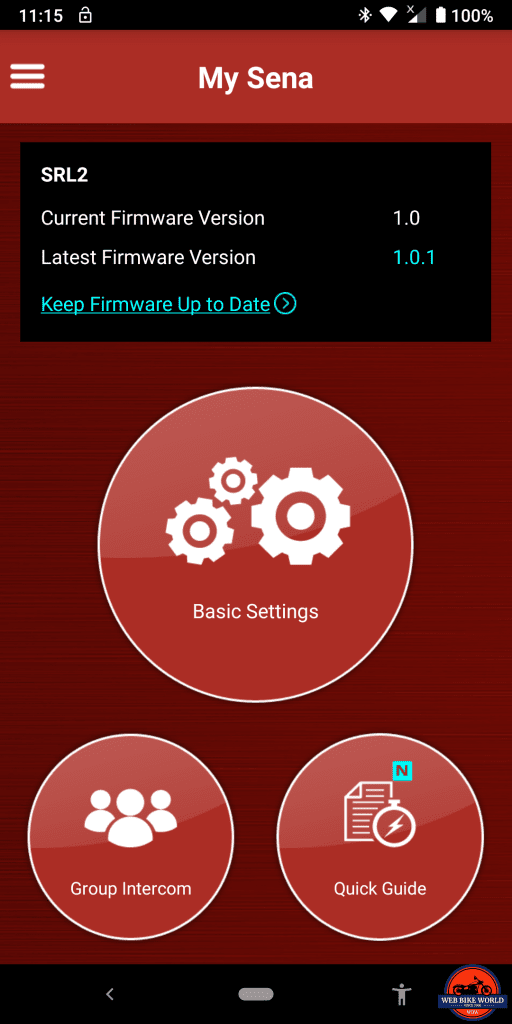
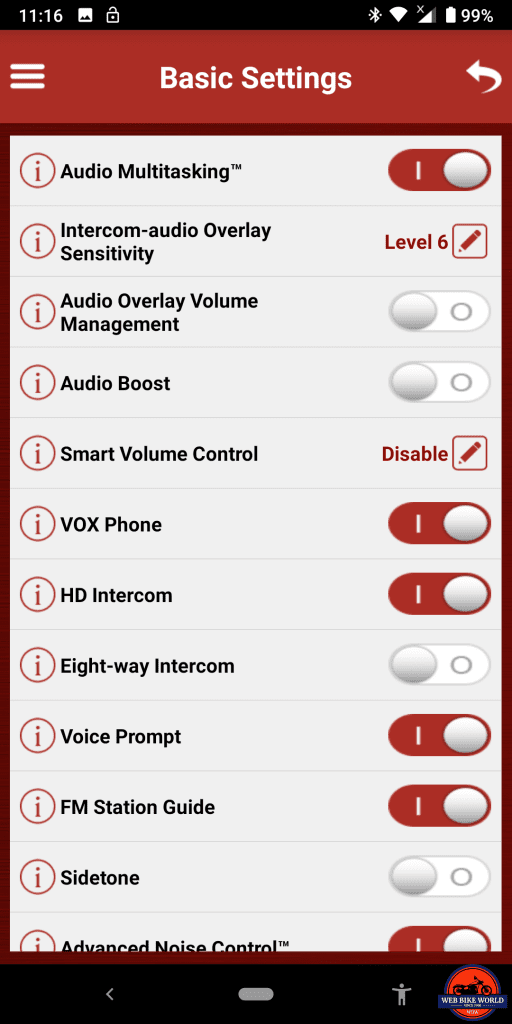
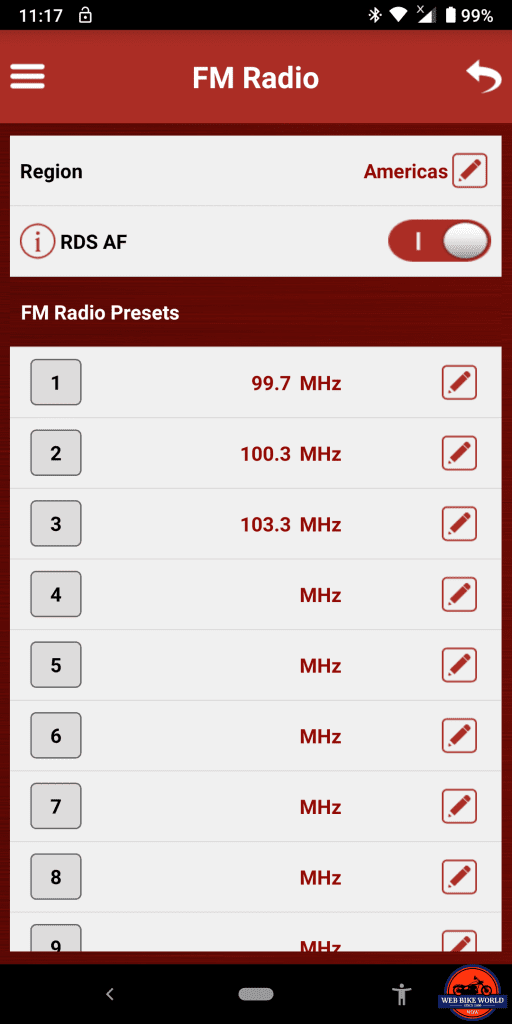
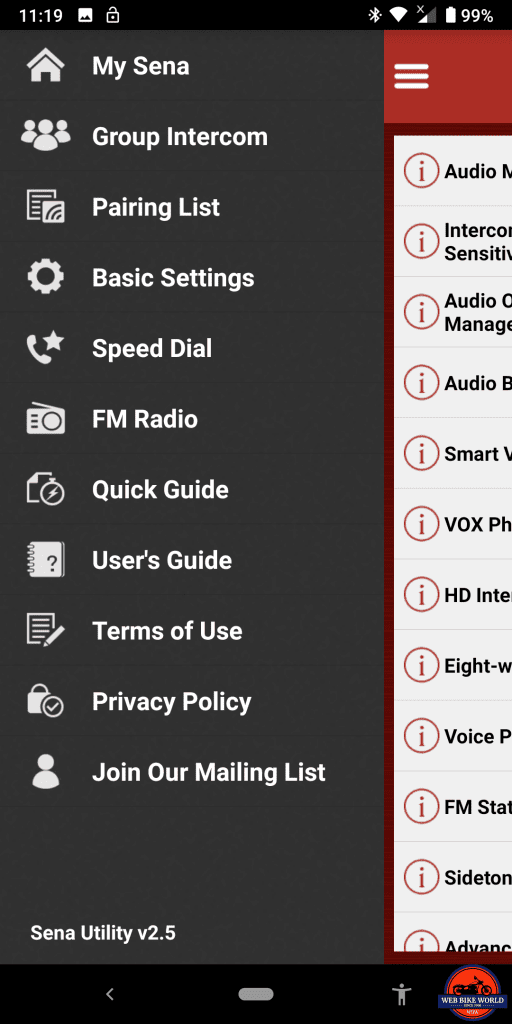
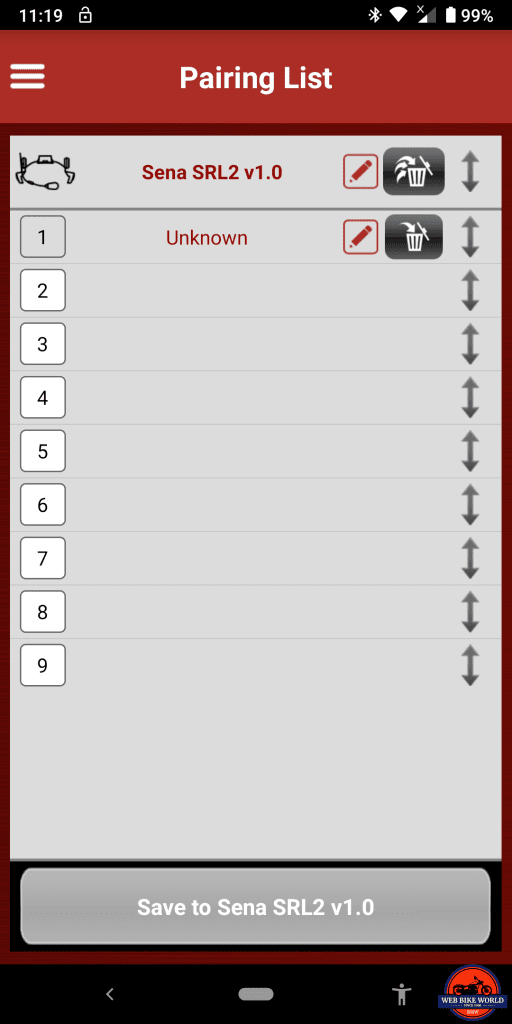
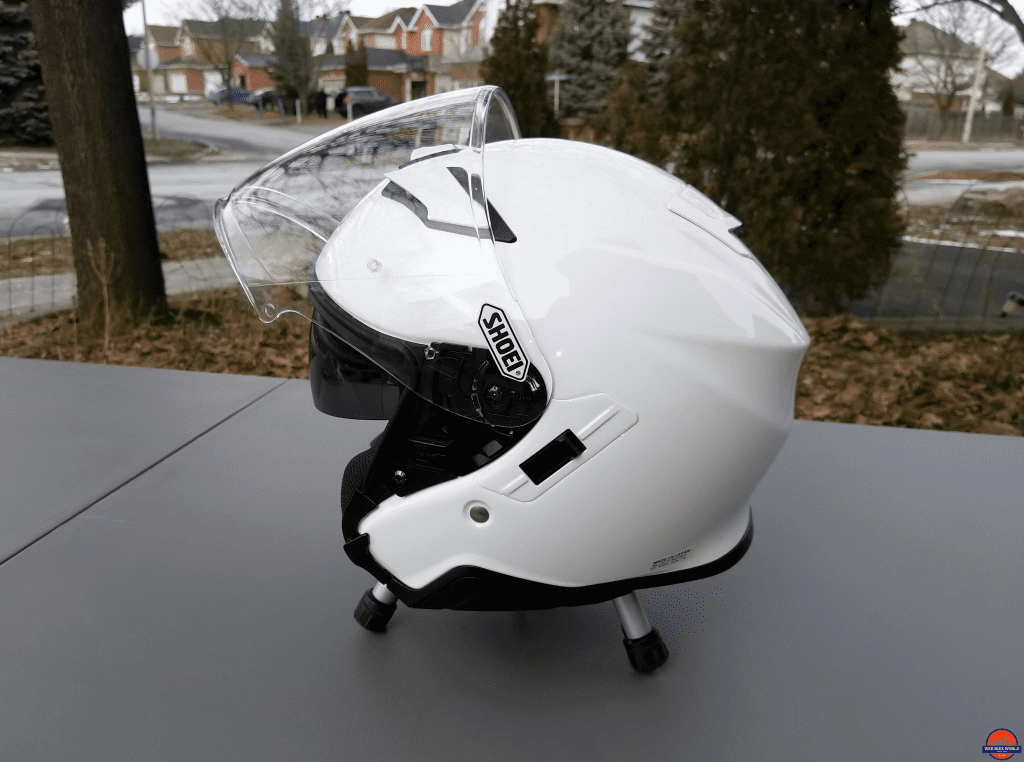
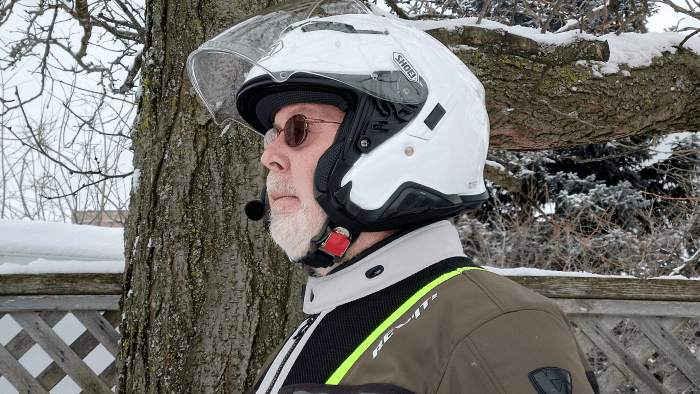
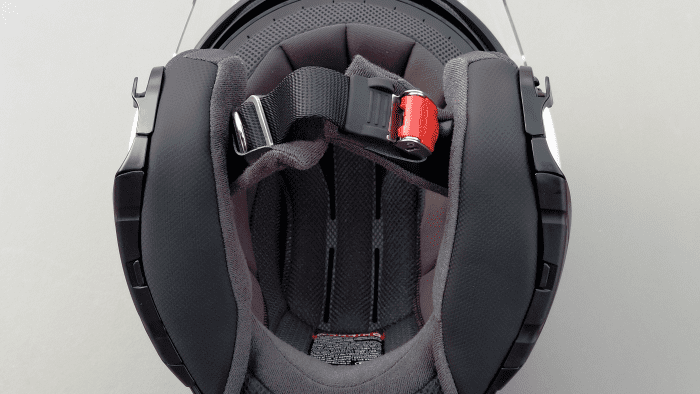
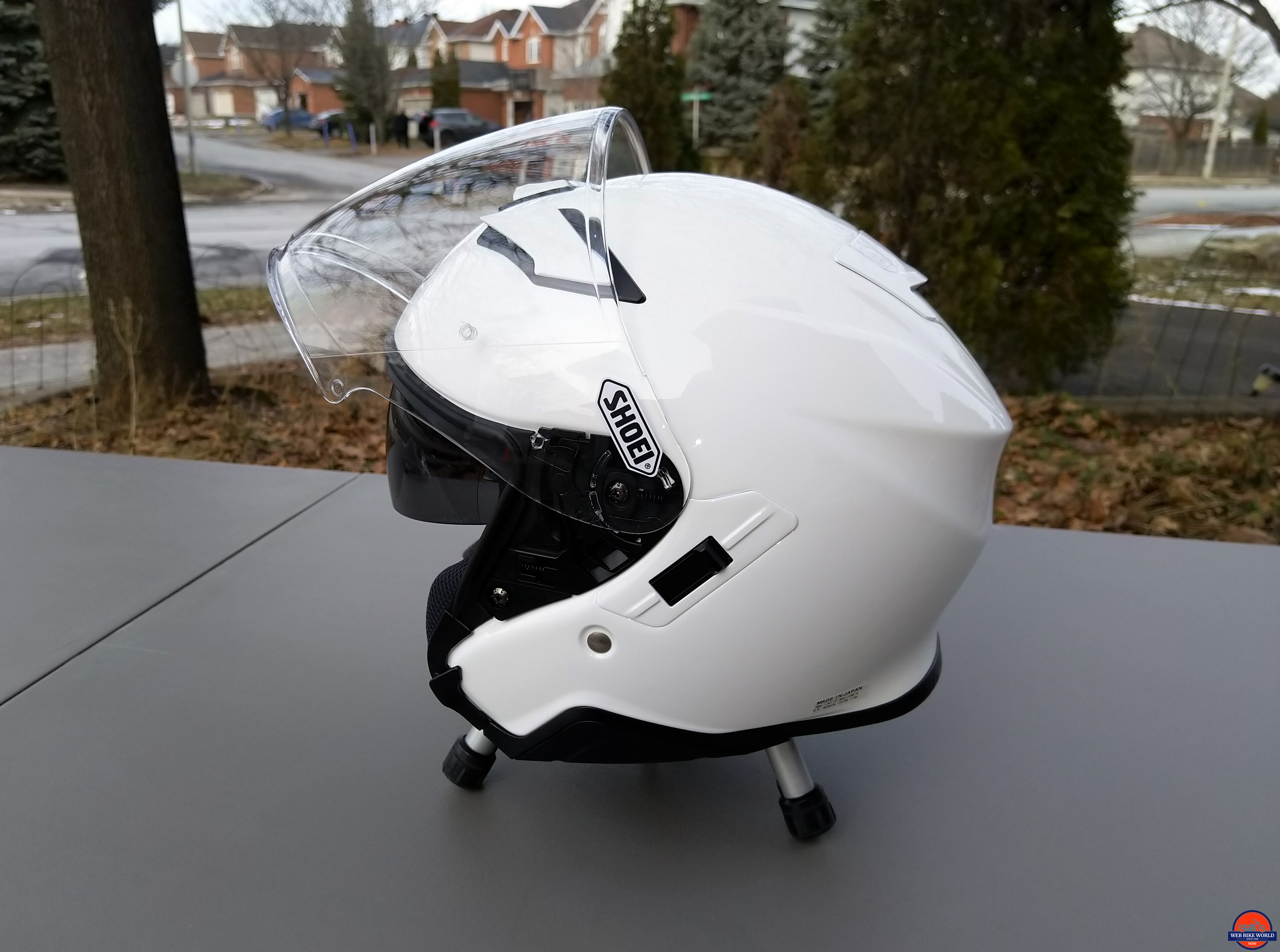
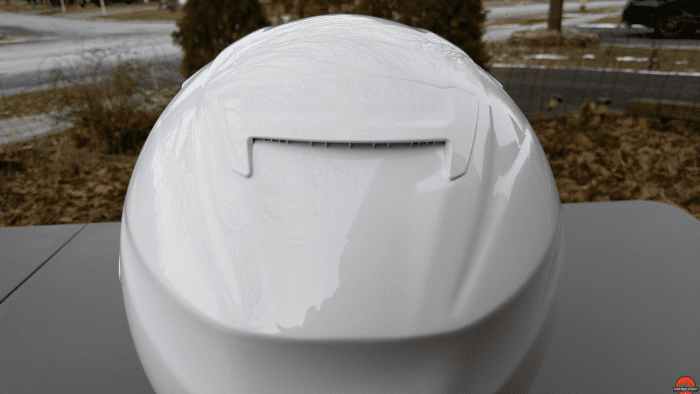
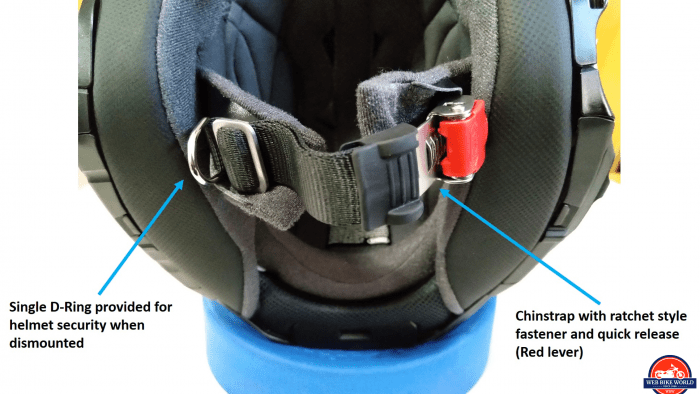
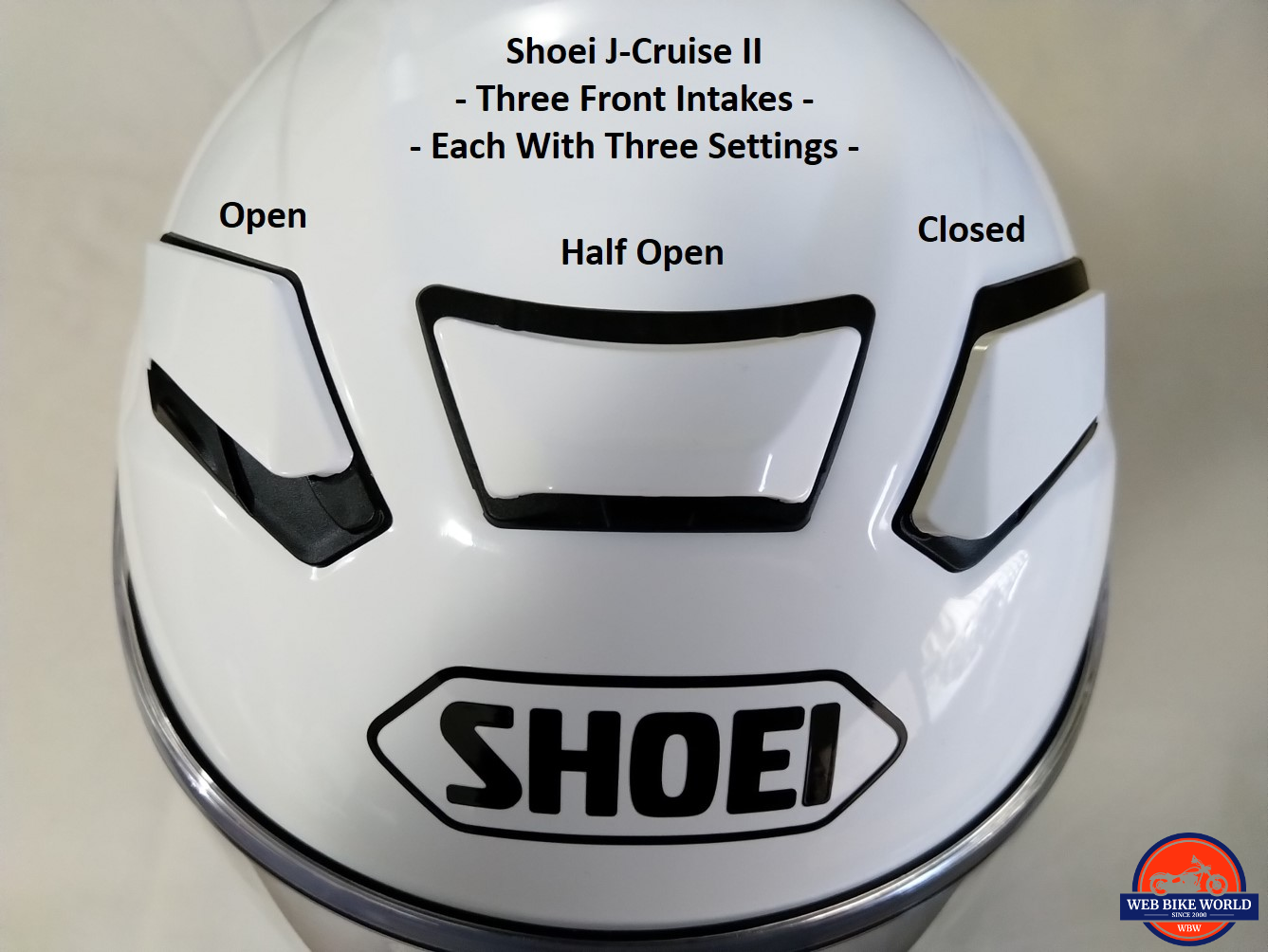
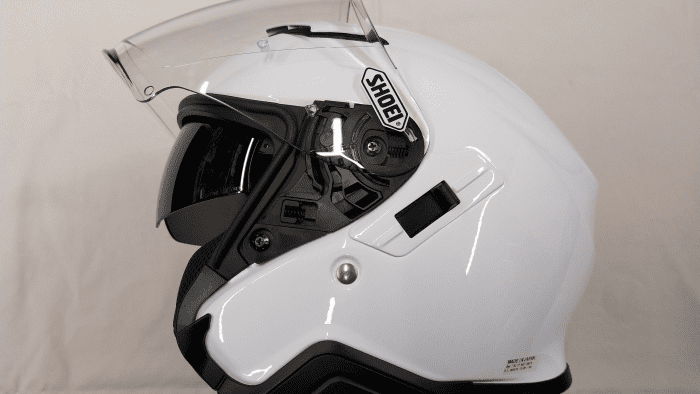
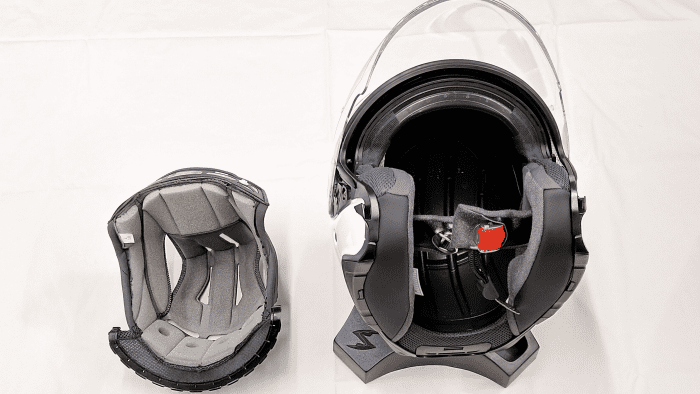
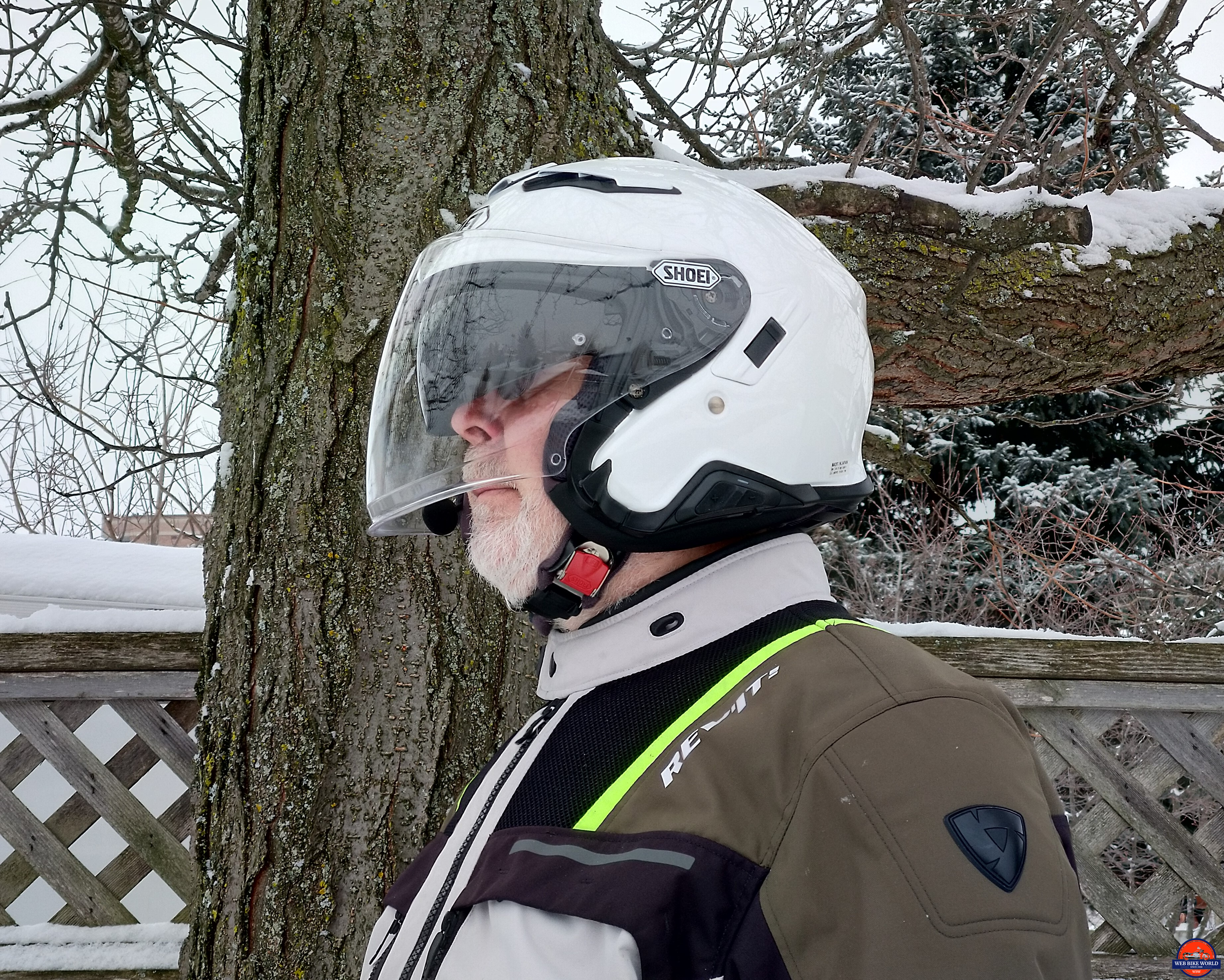

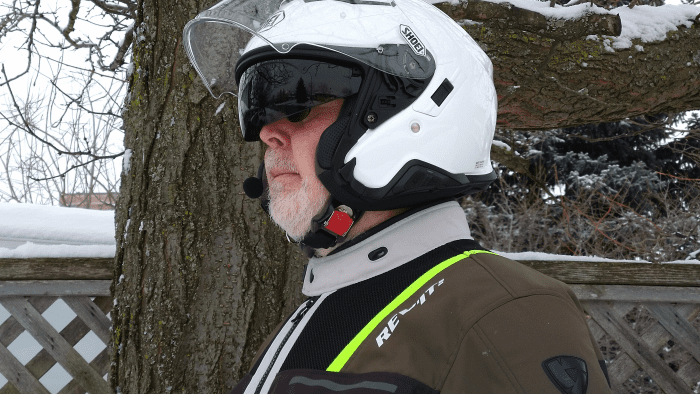
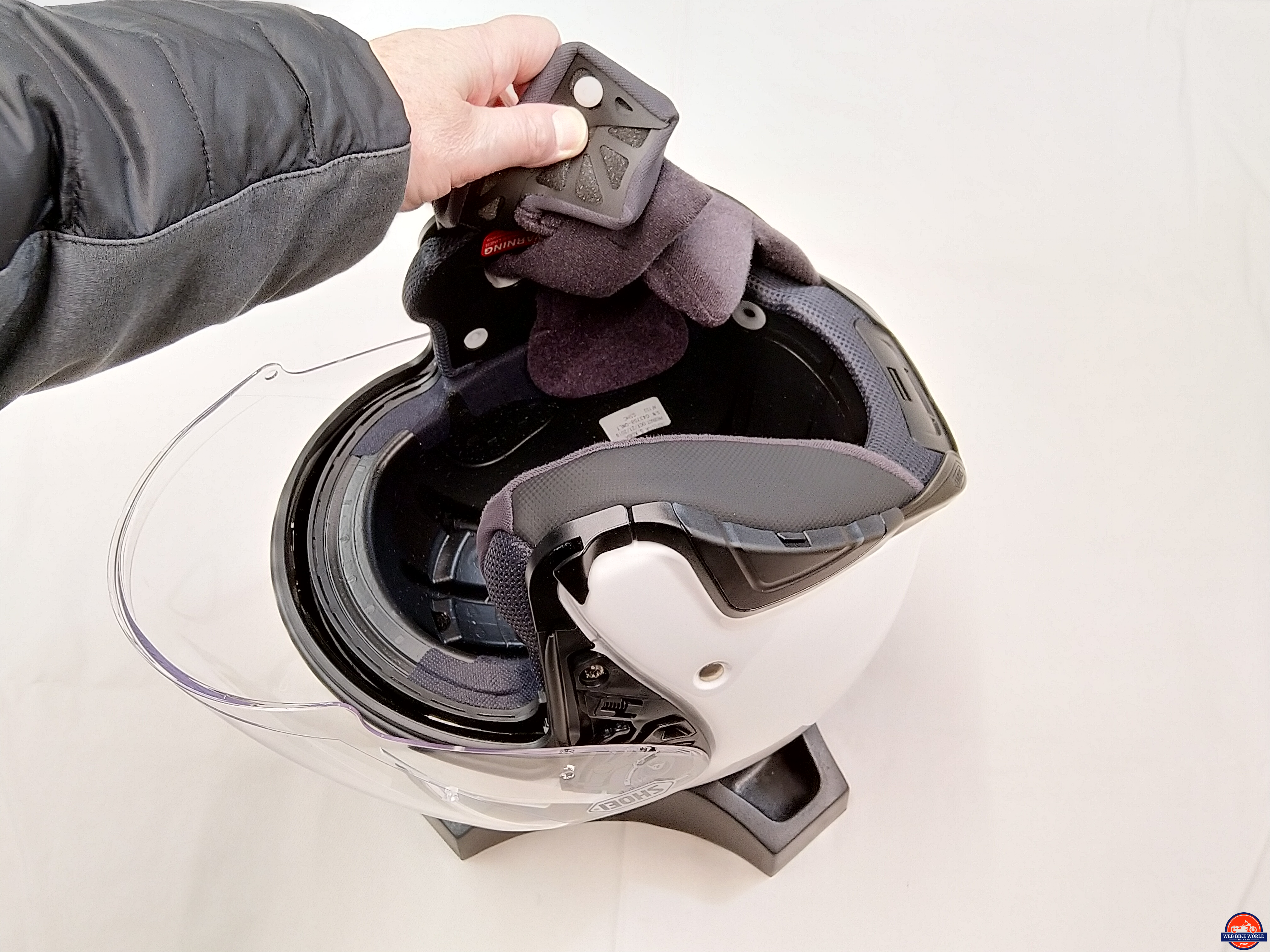
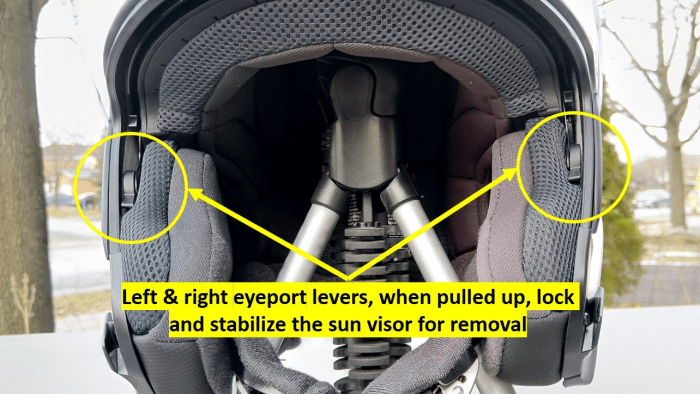
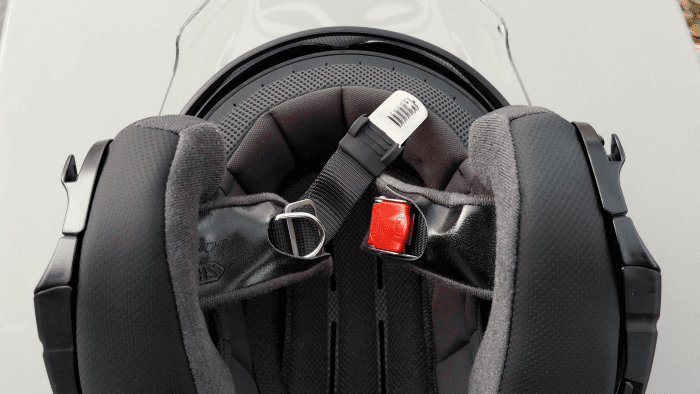
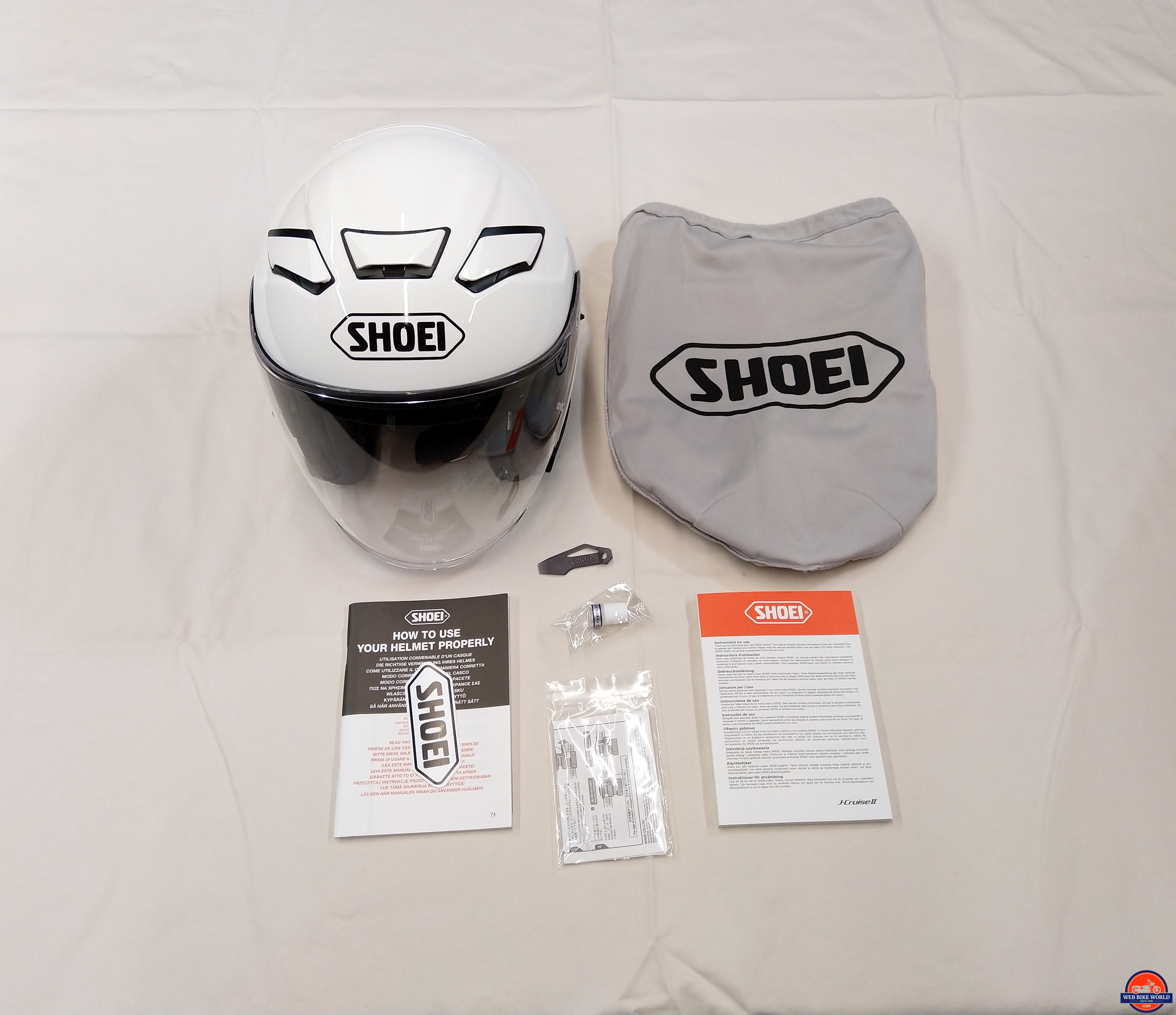
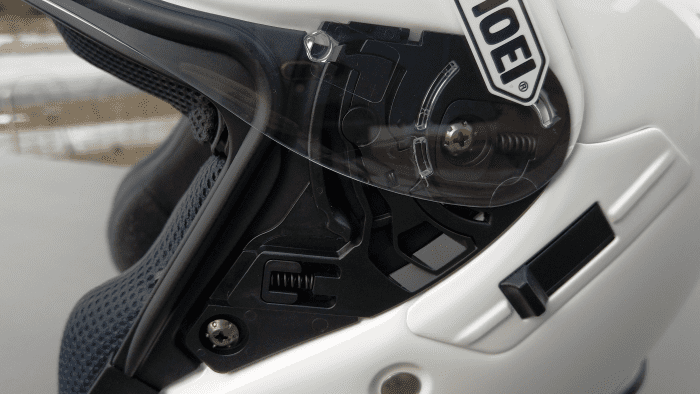

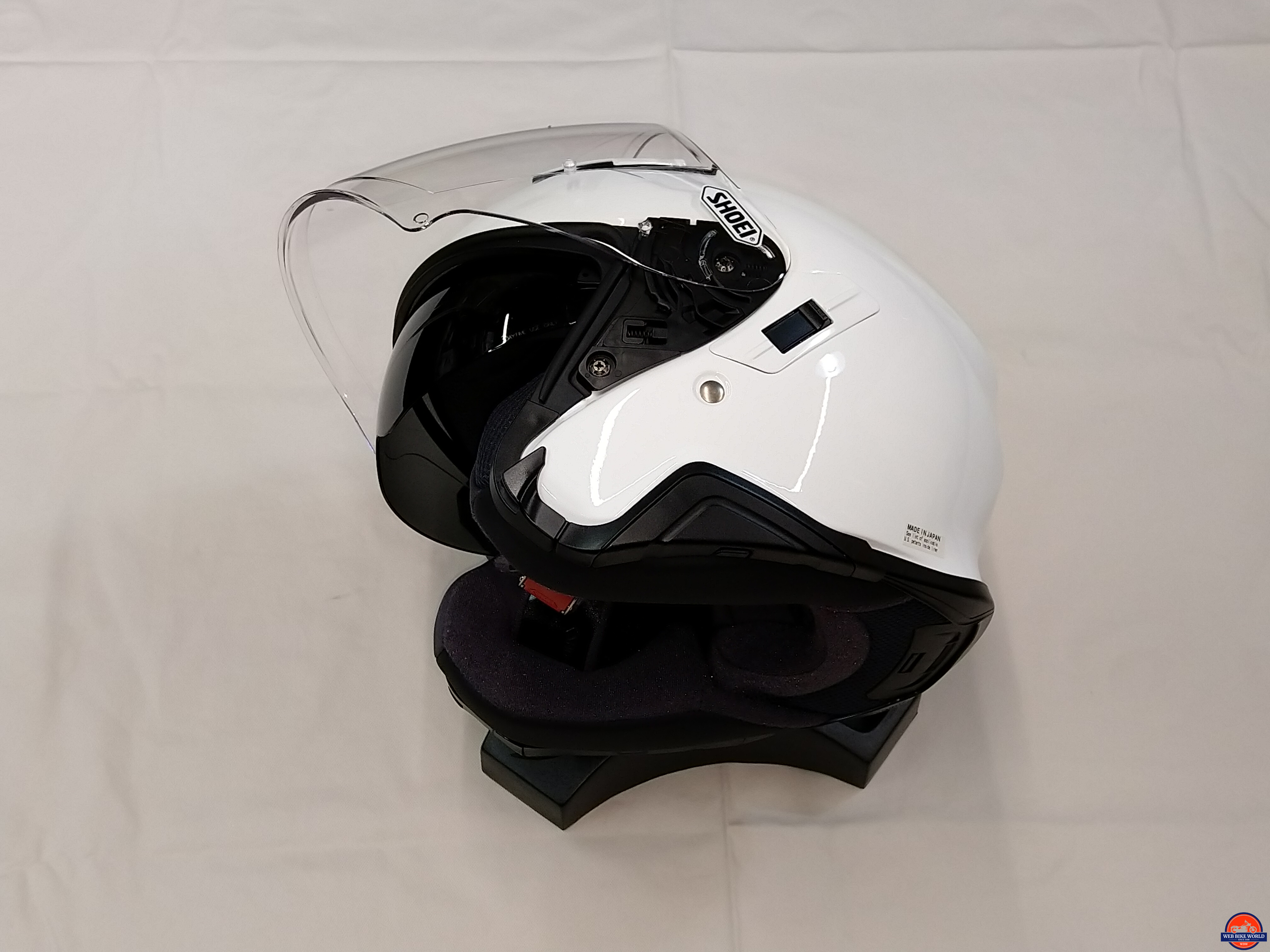
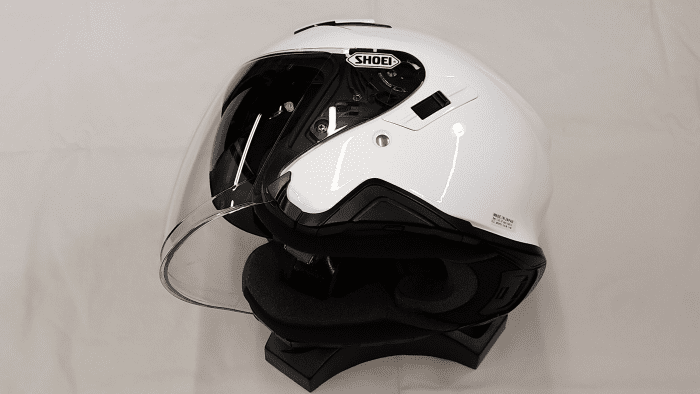

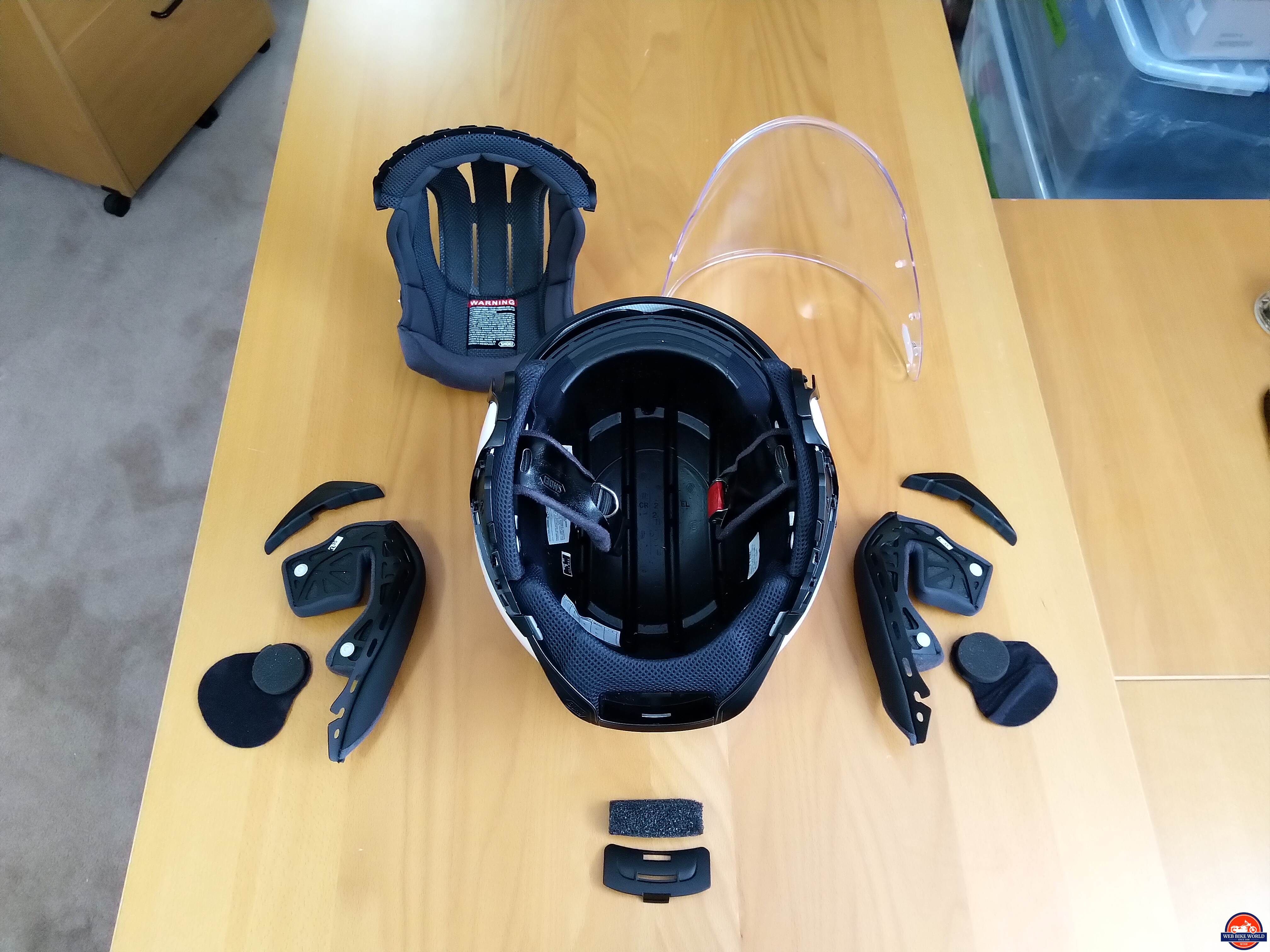

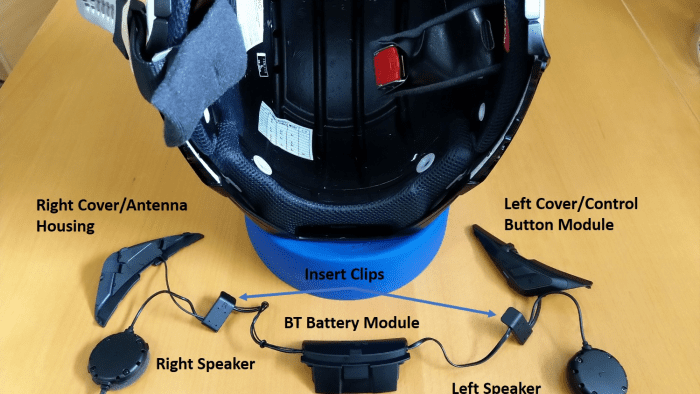
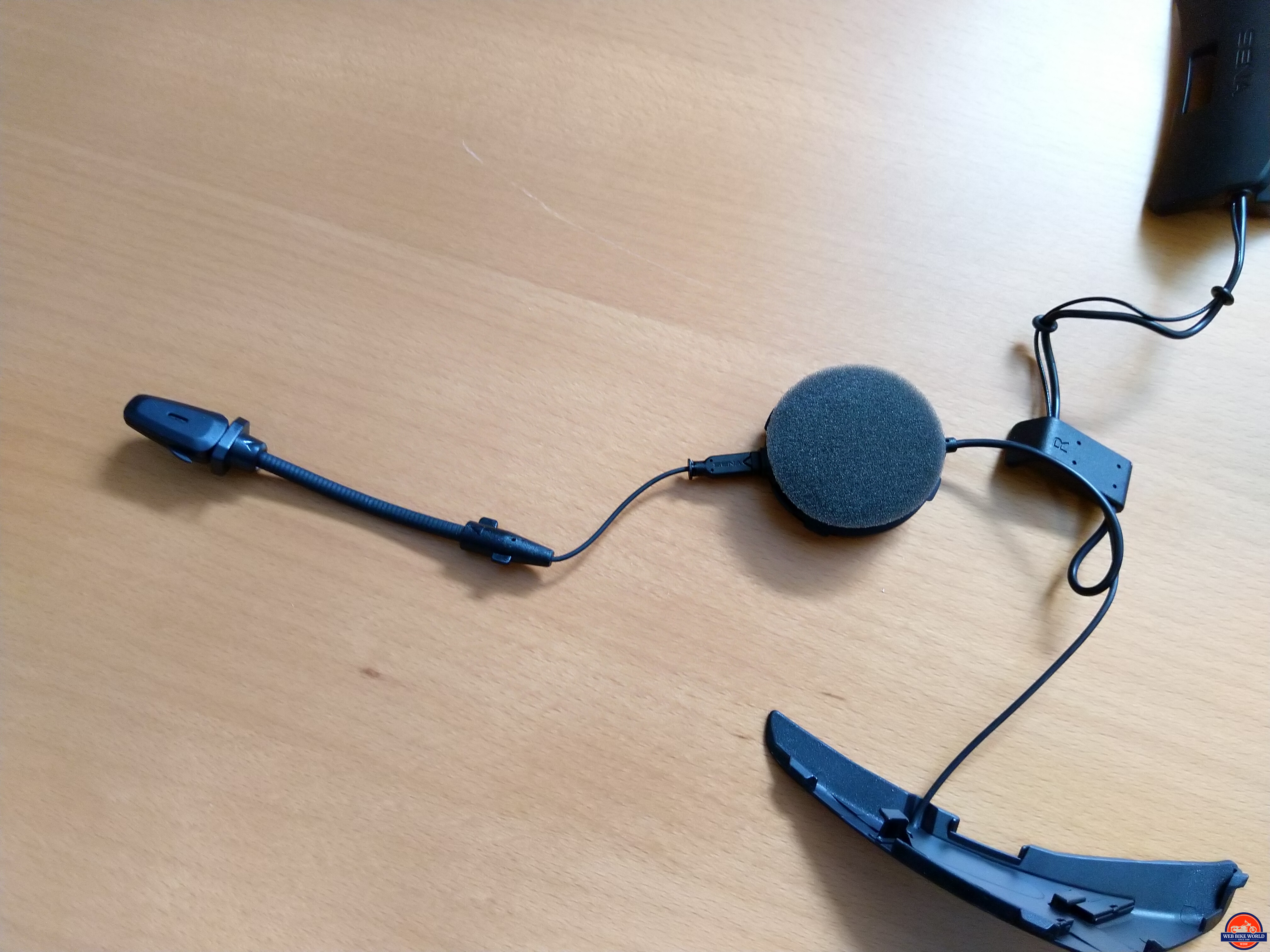
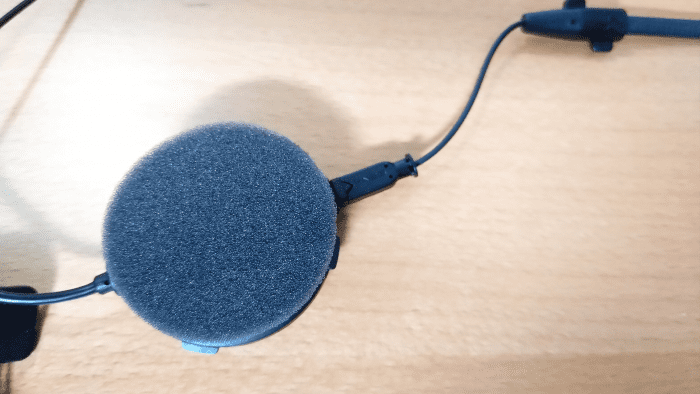

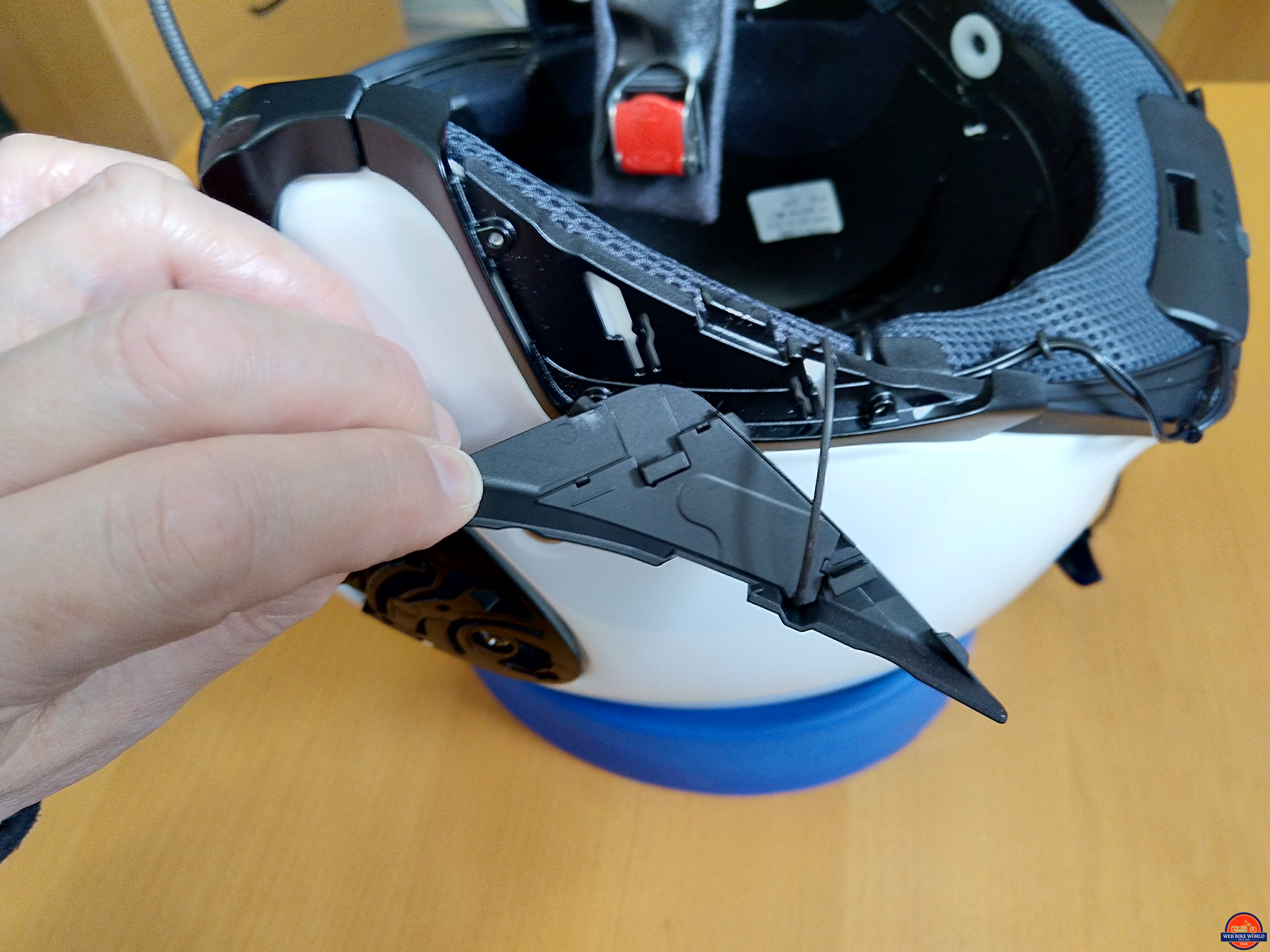

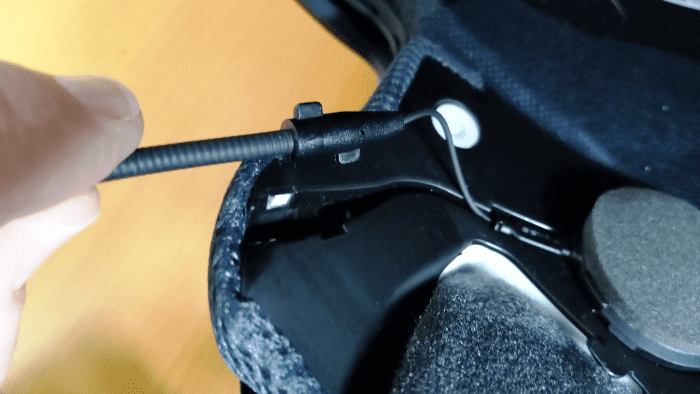
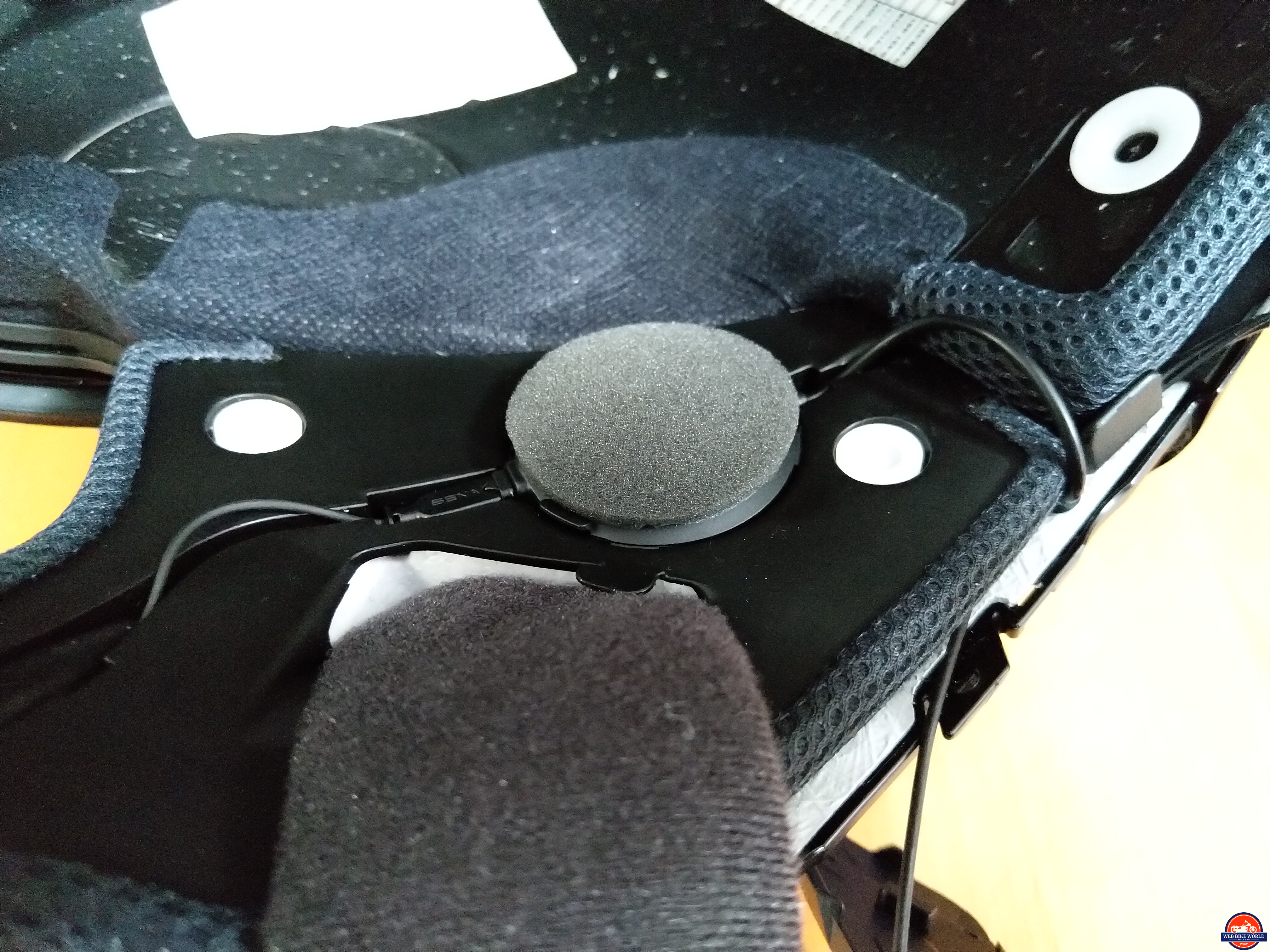

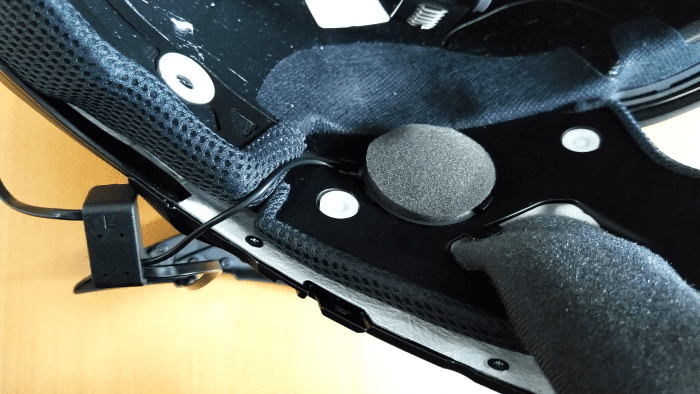
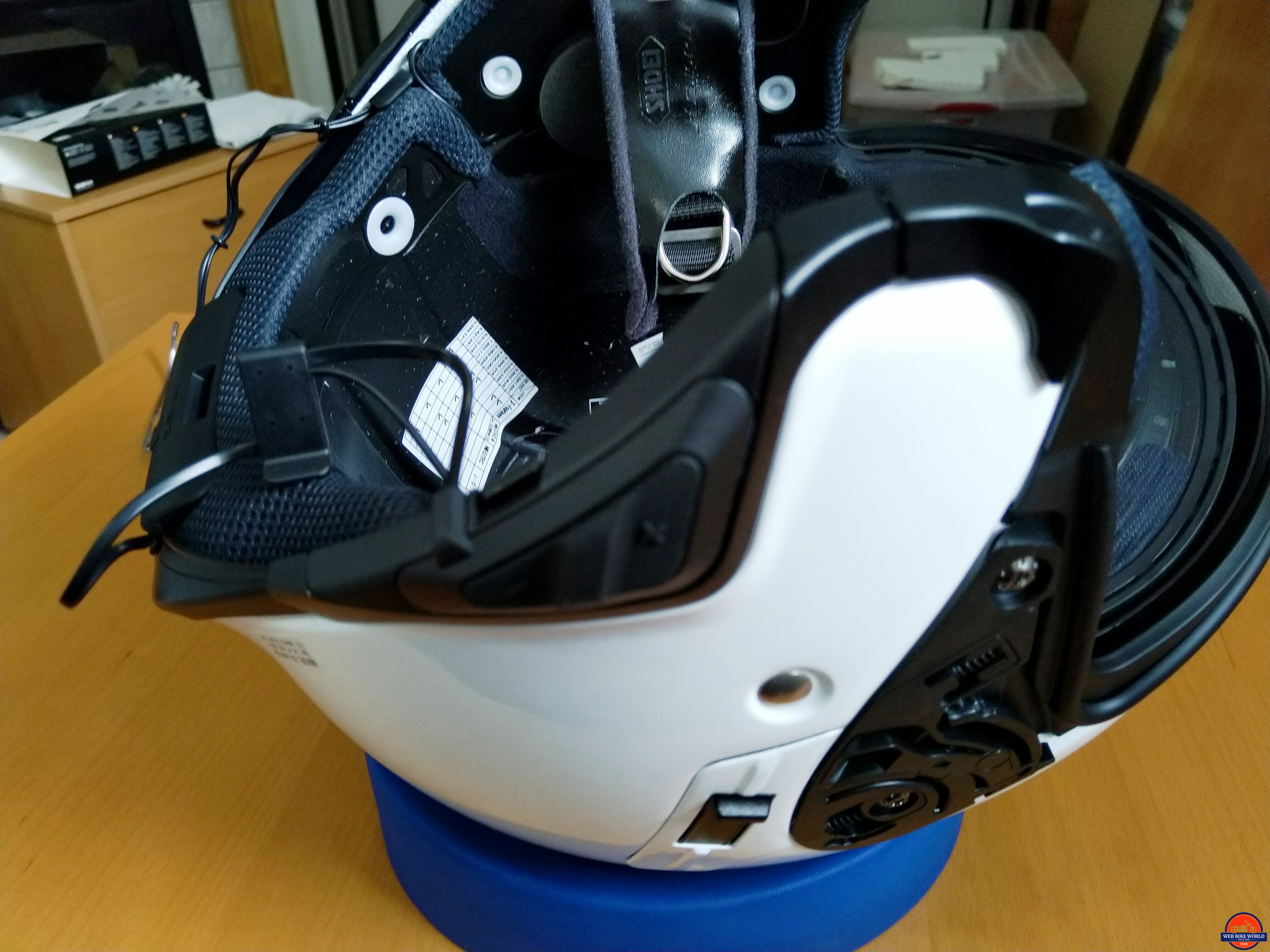
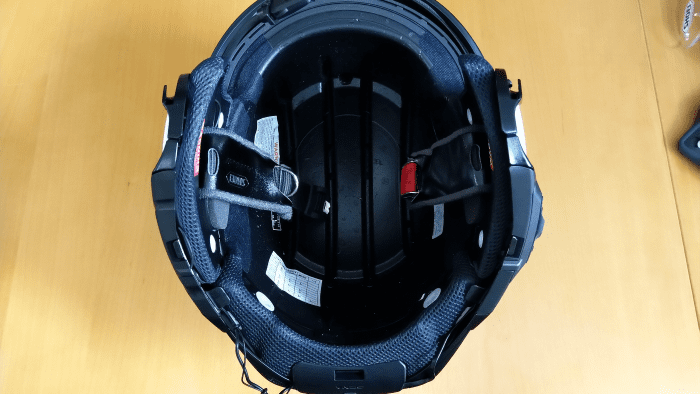

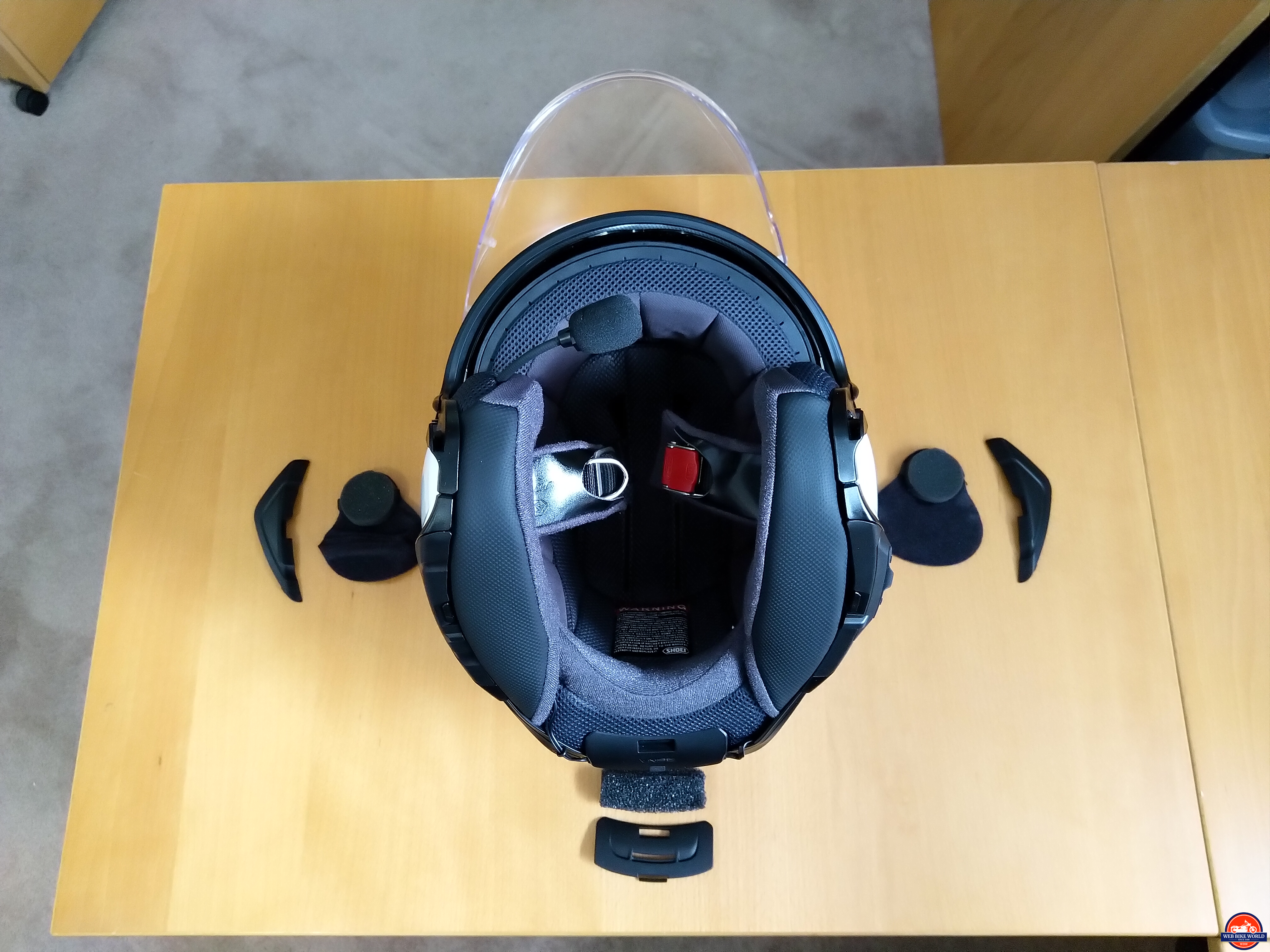

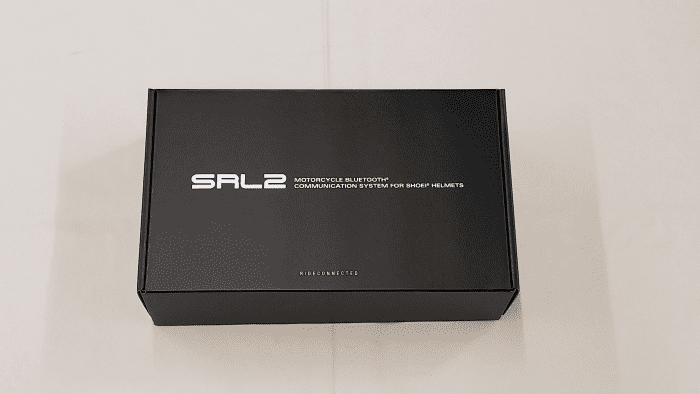


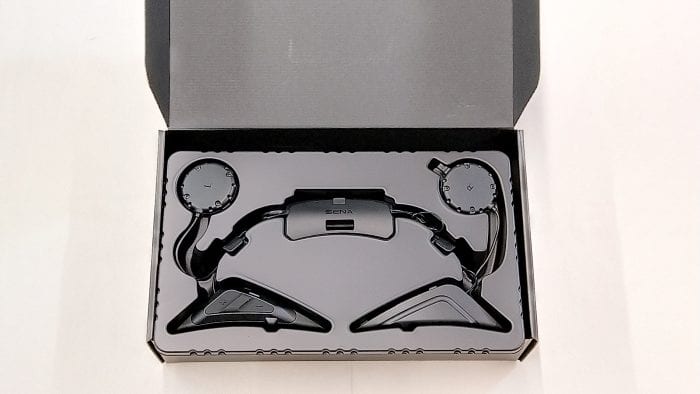

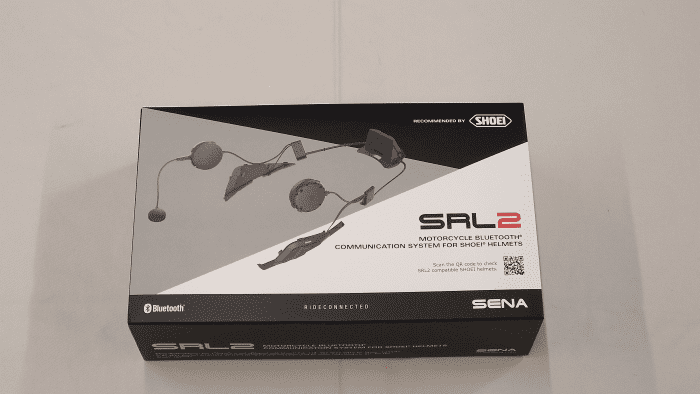
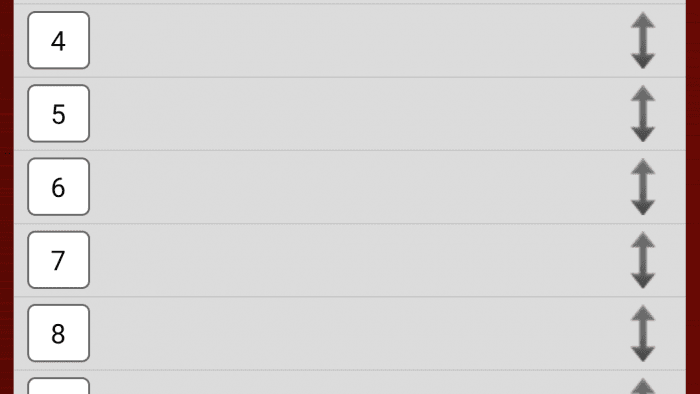
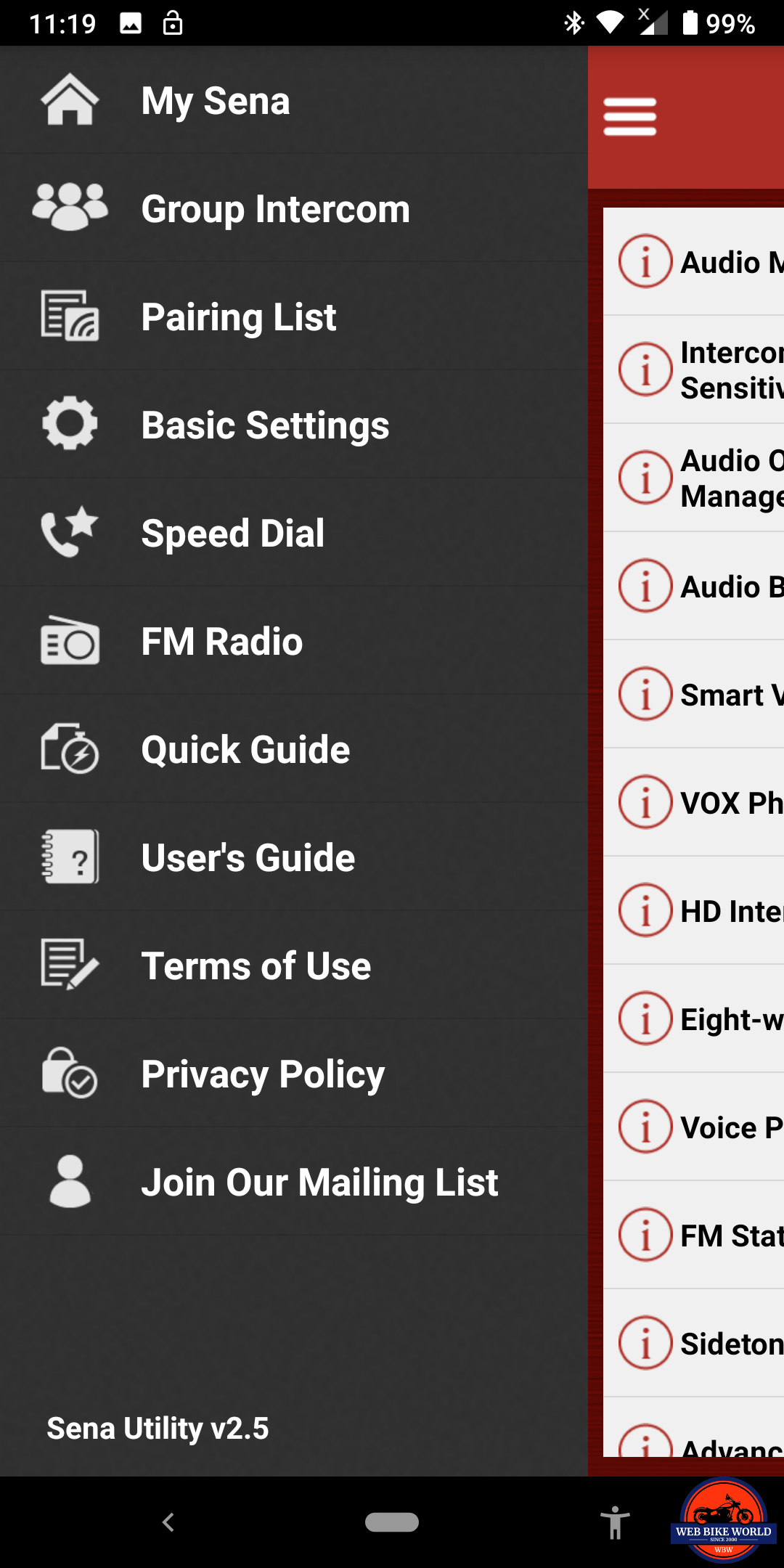
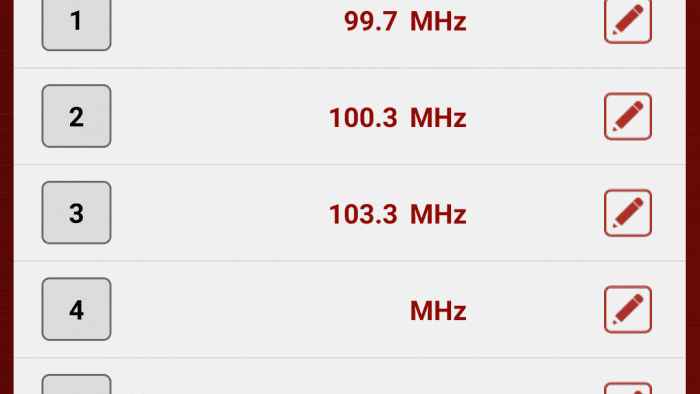
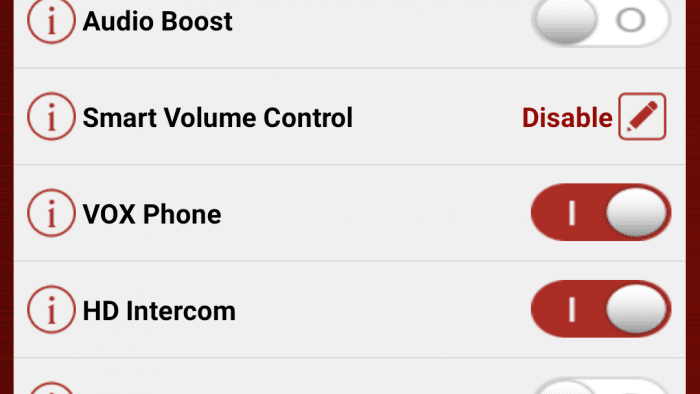
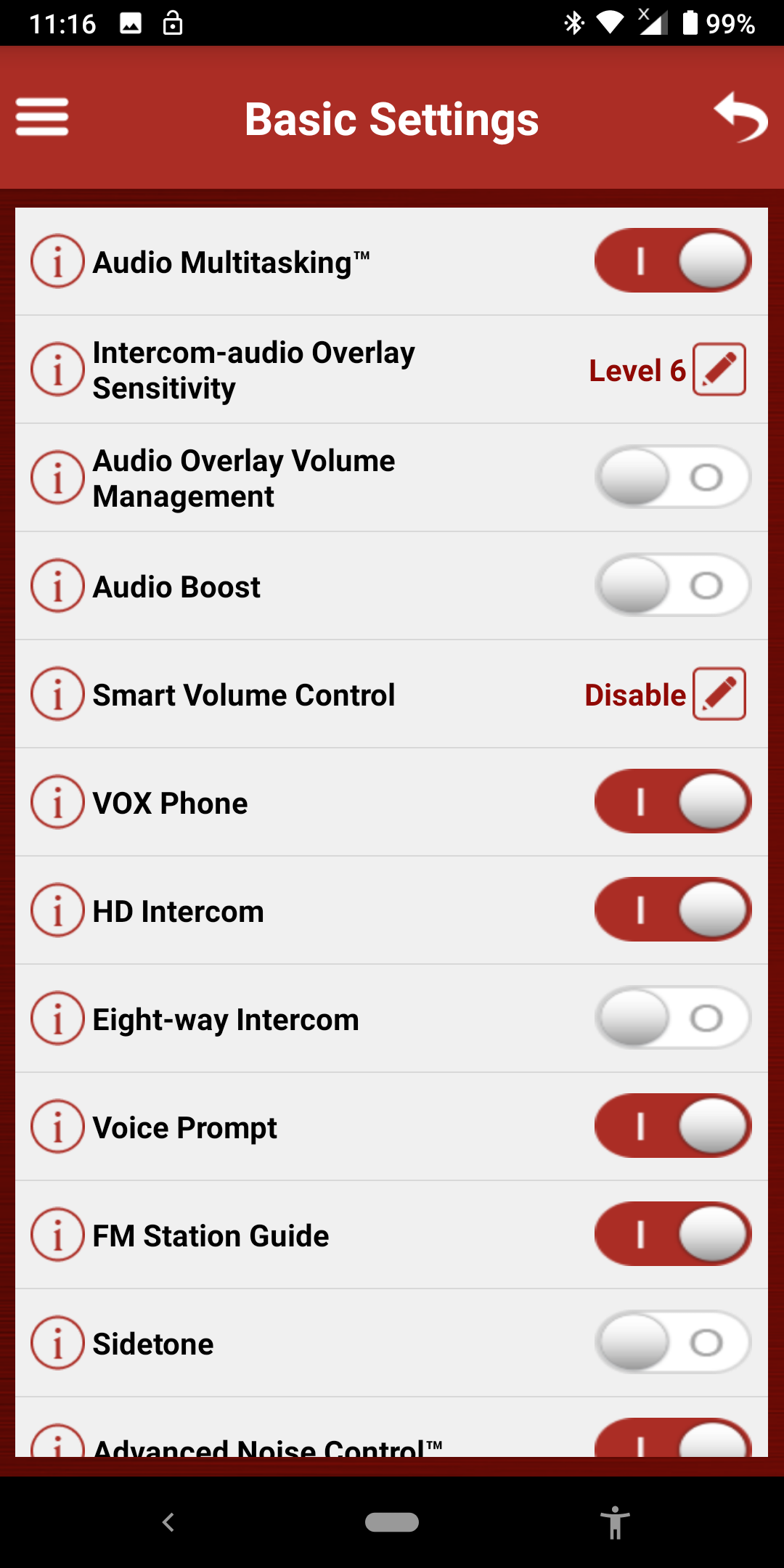
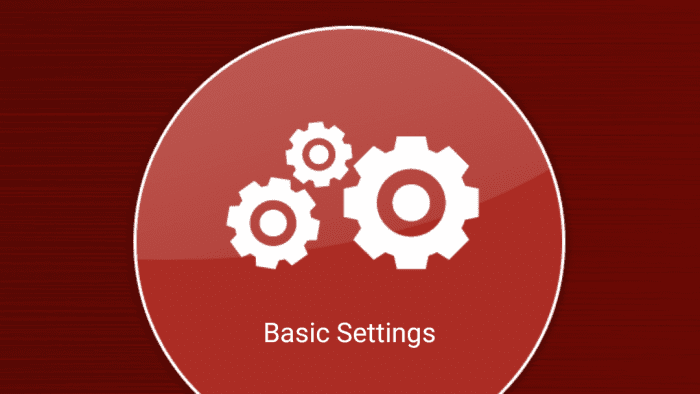
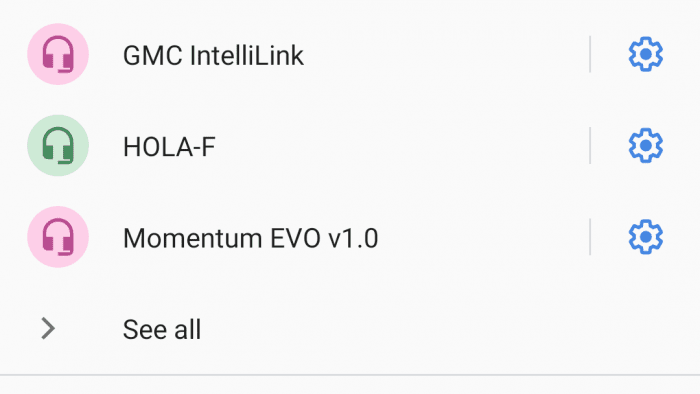

No Comment